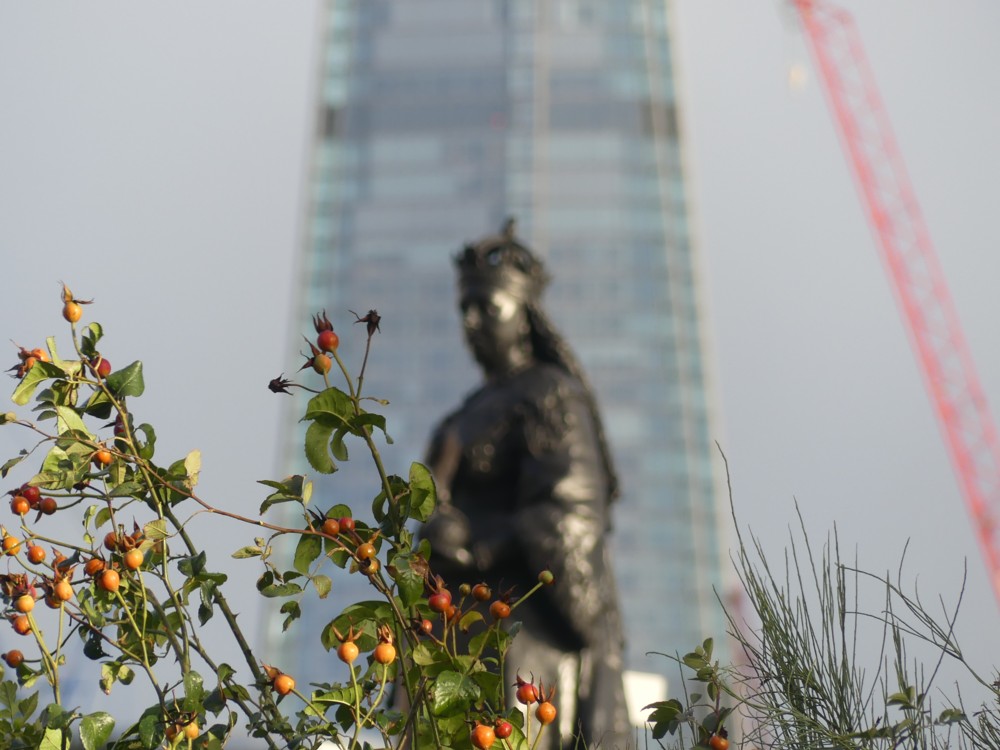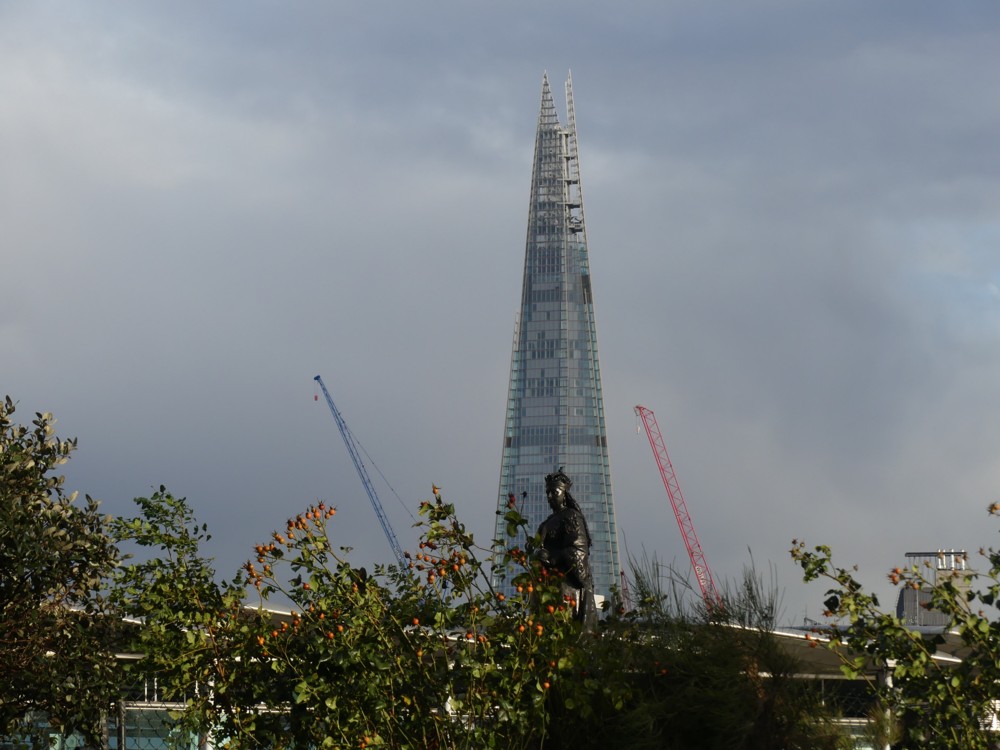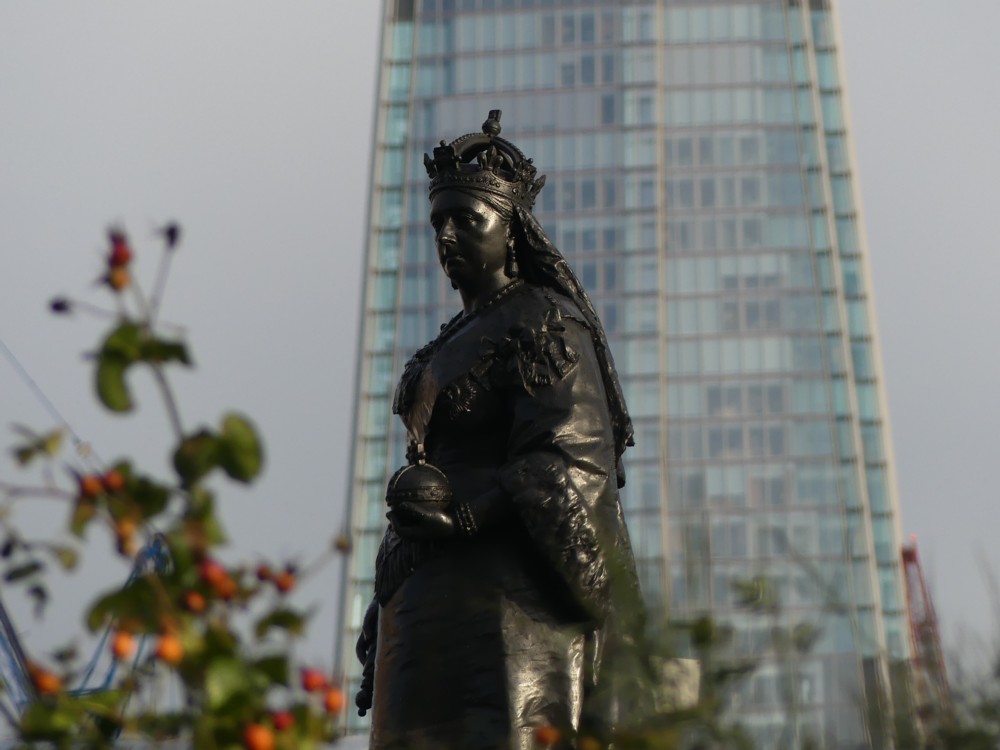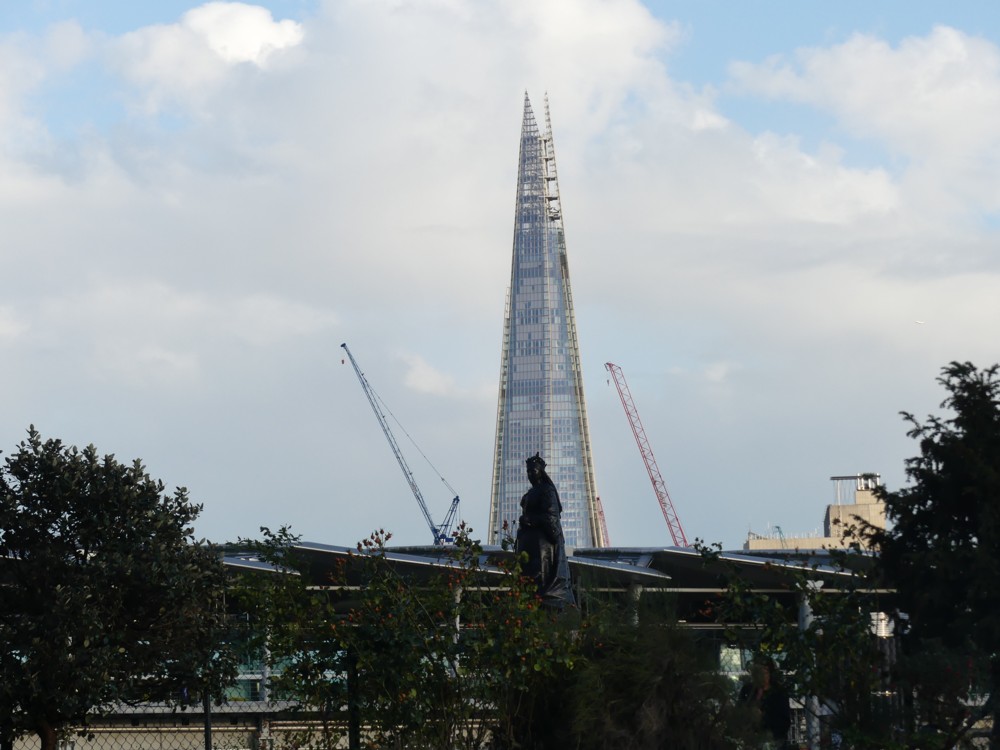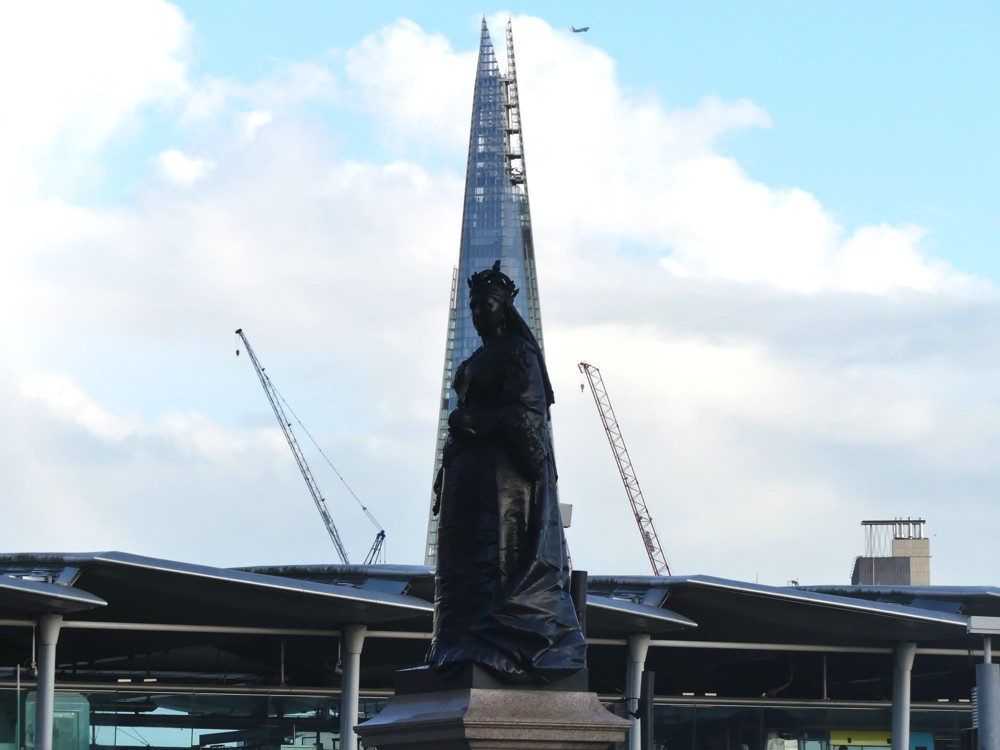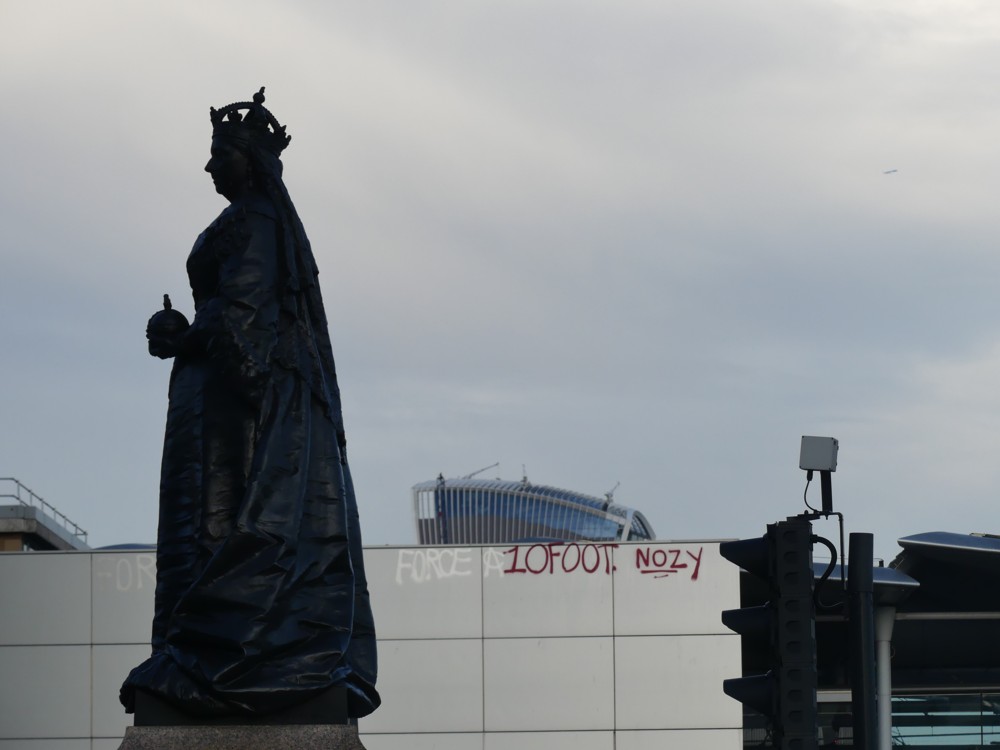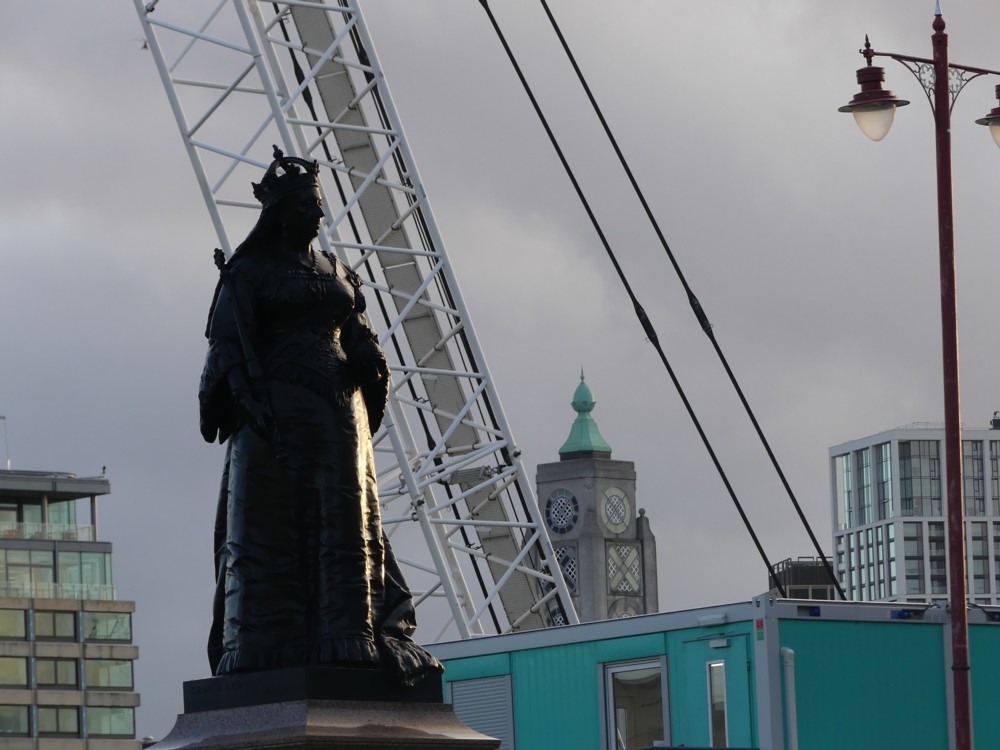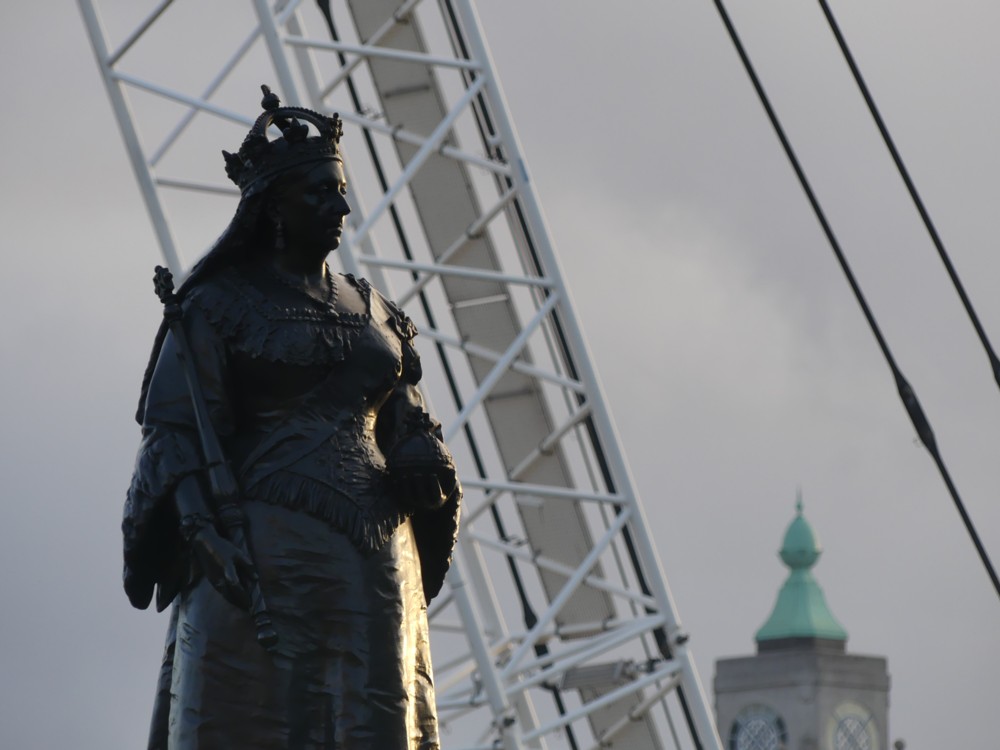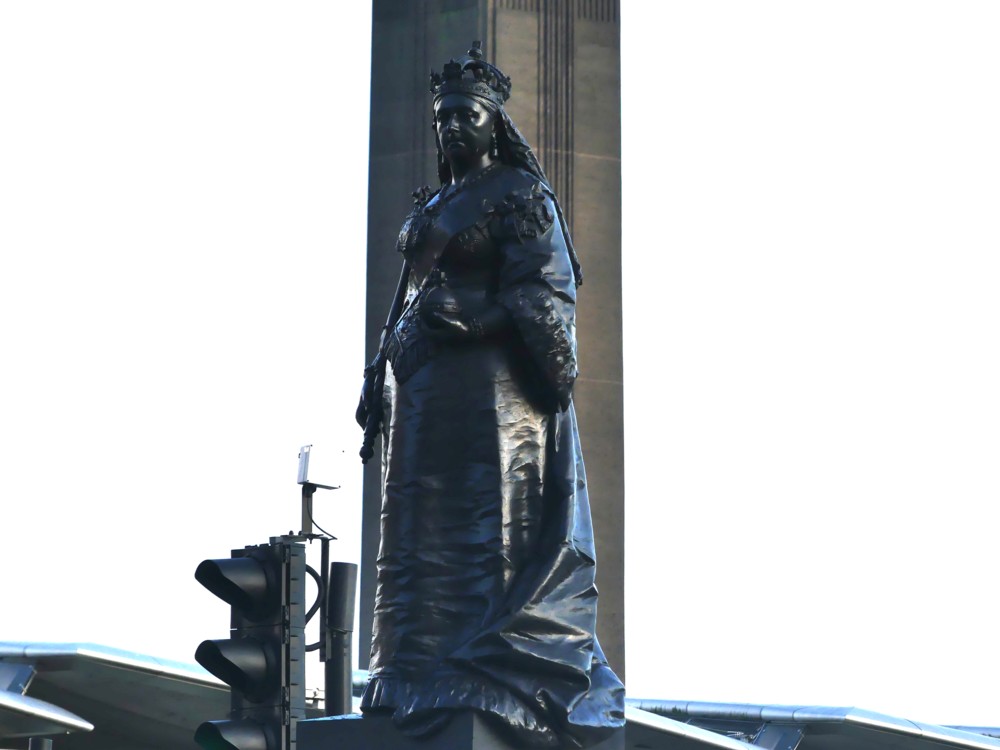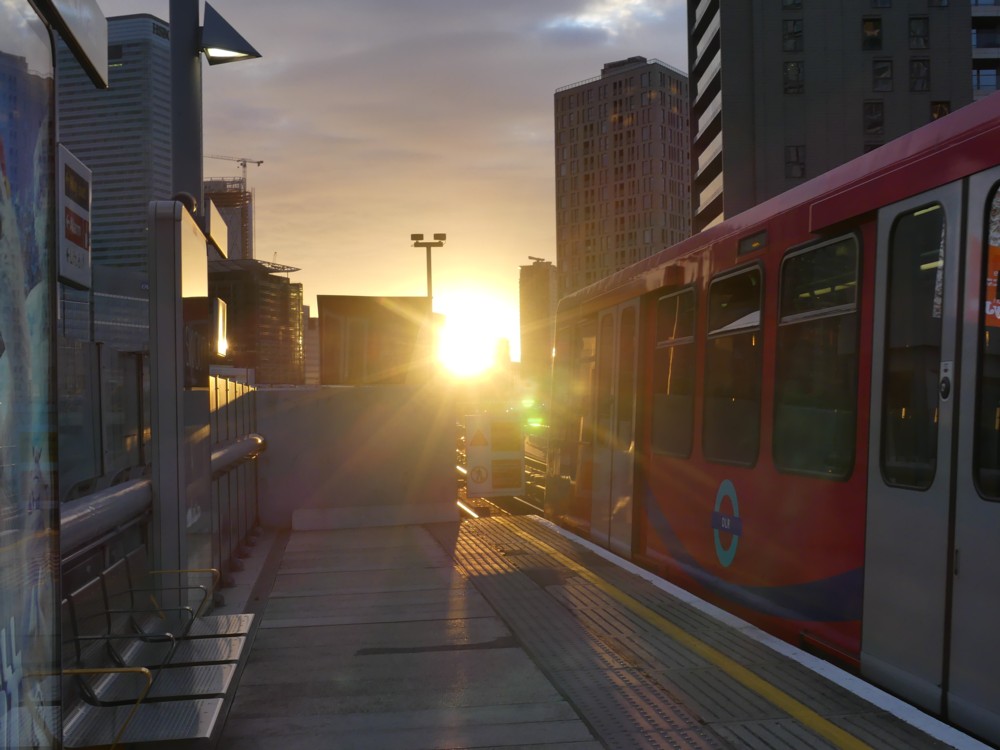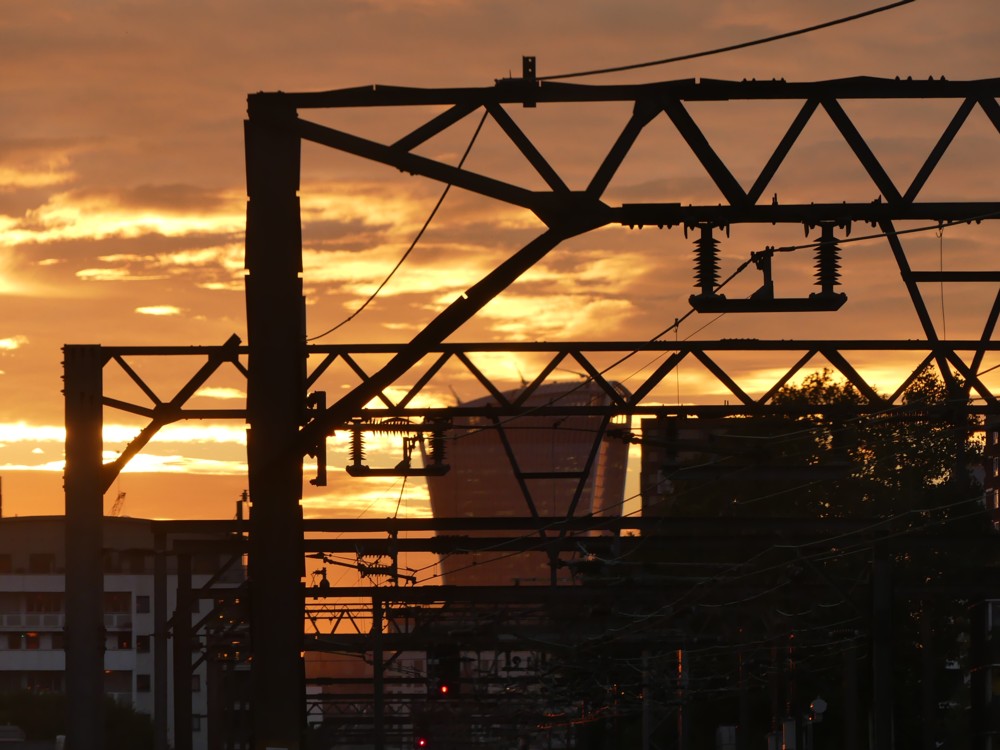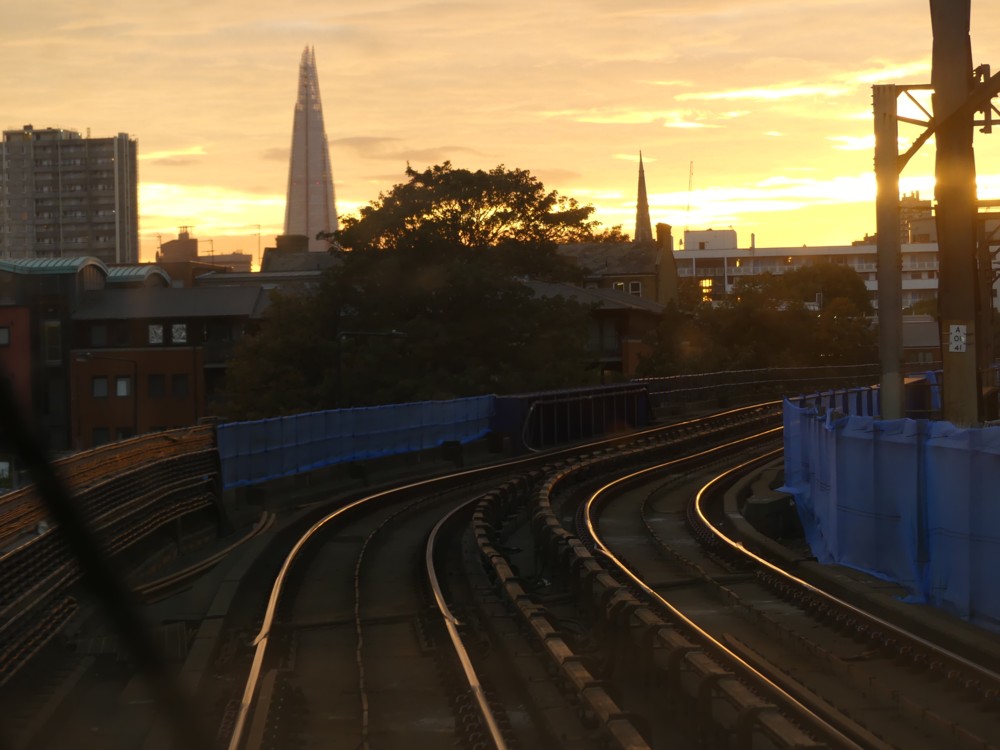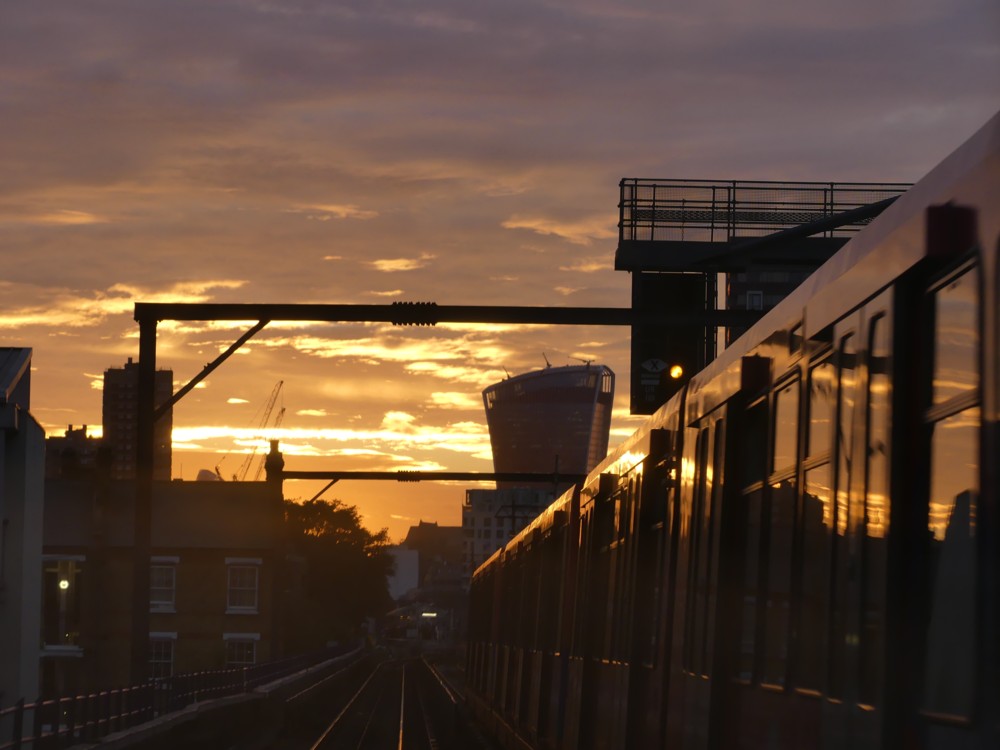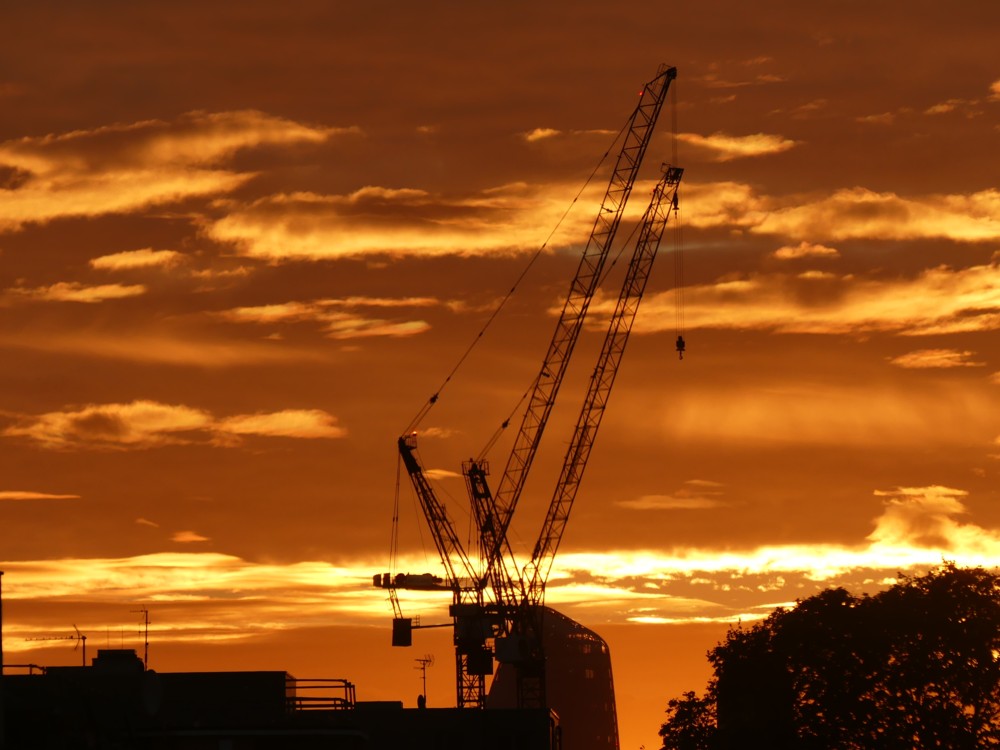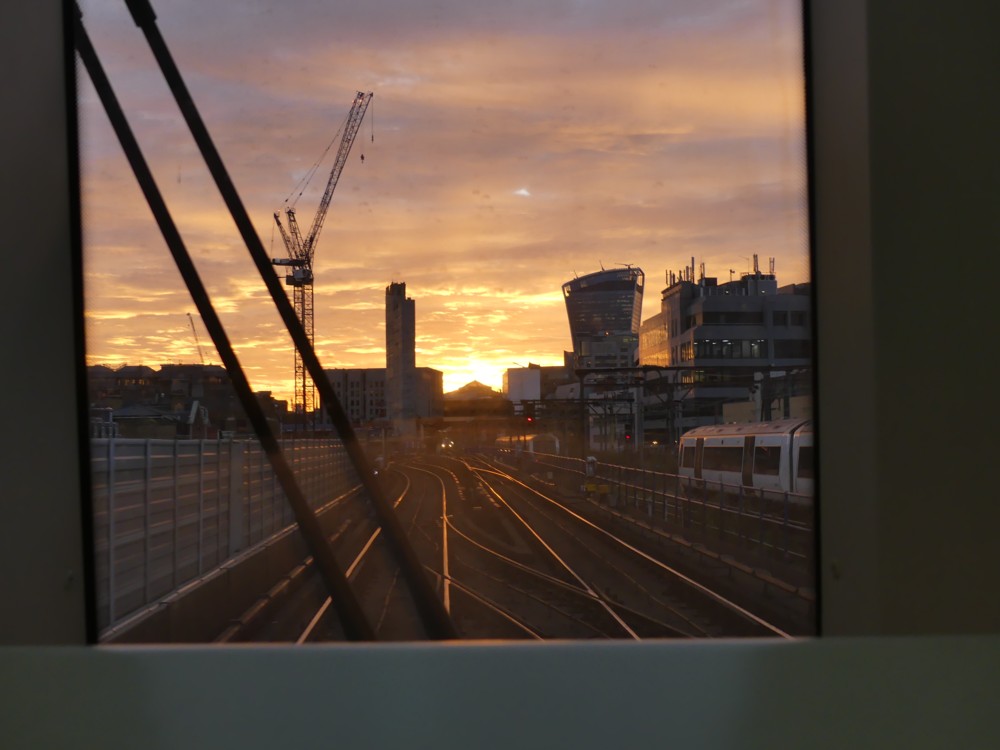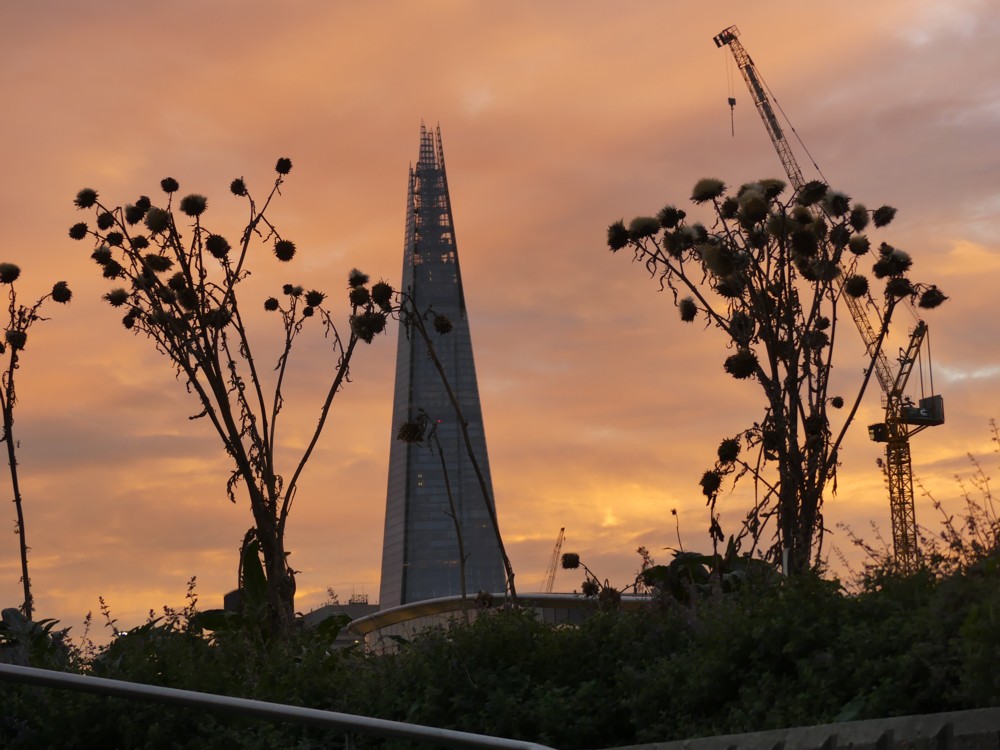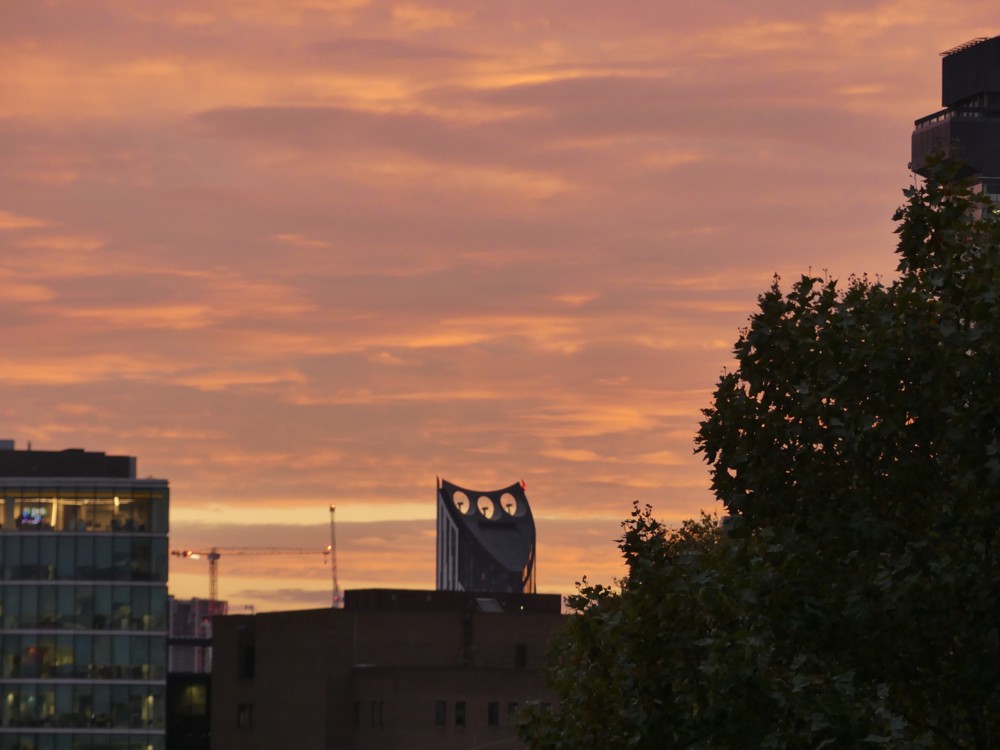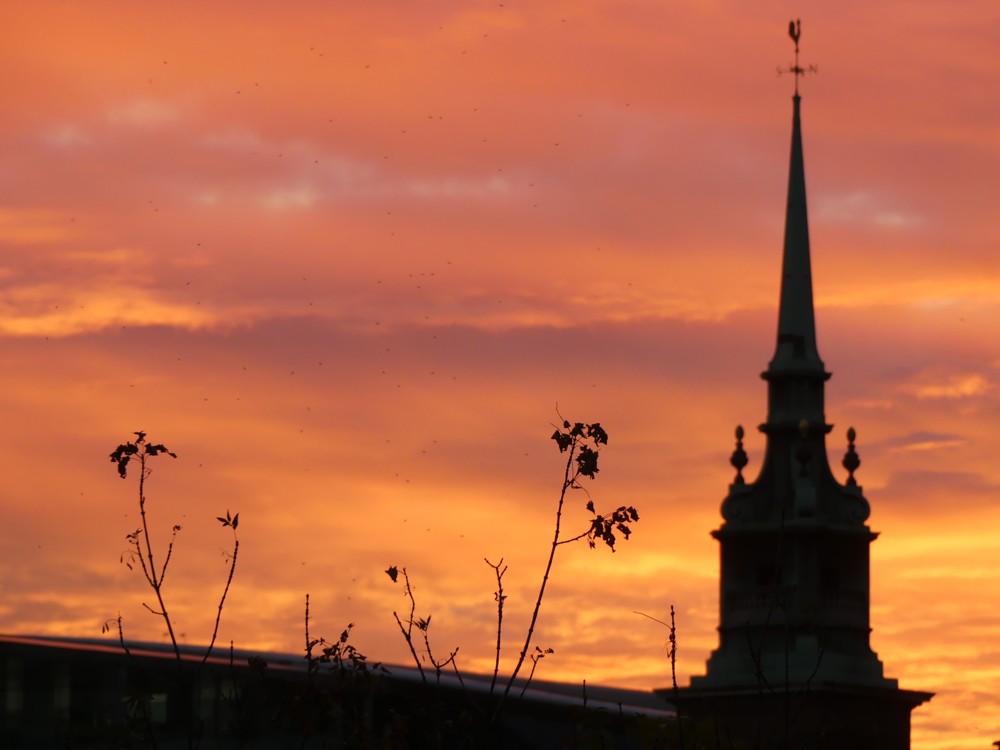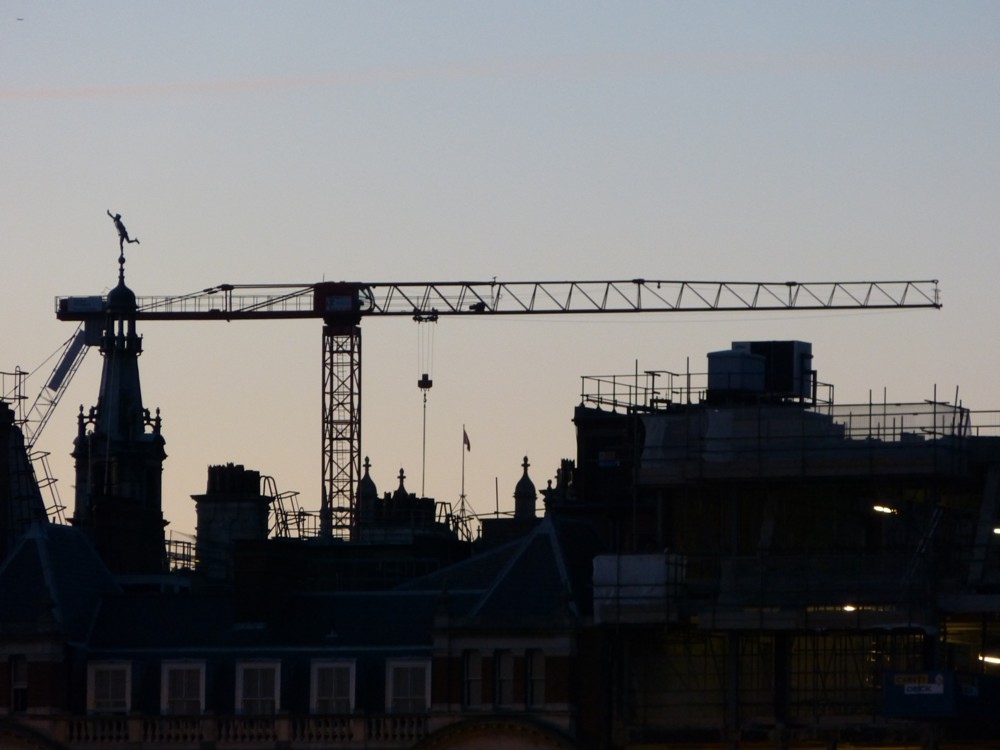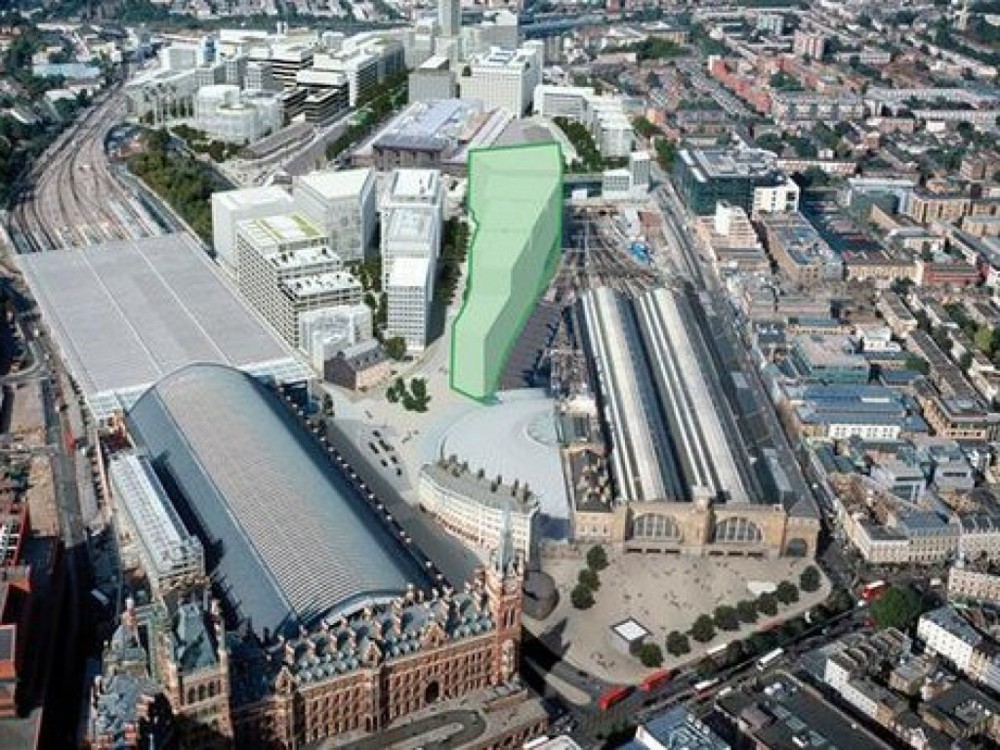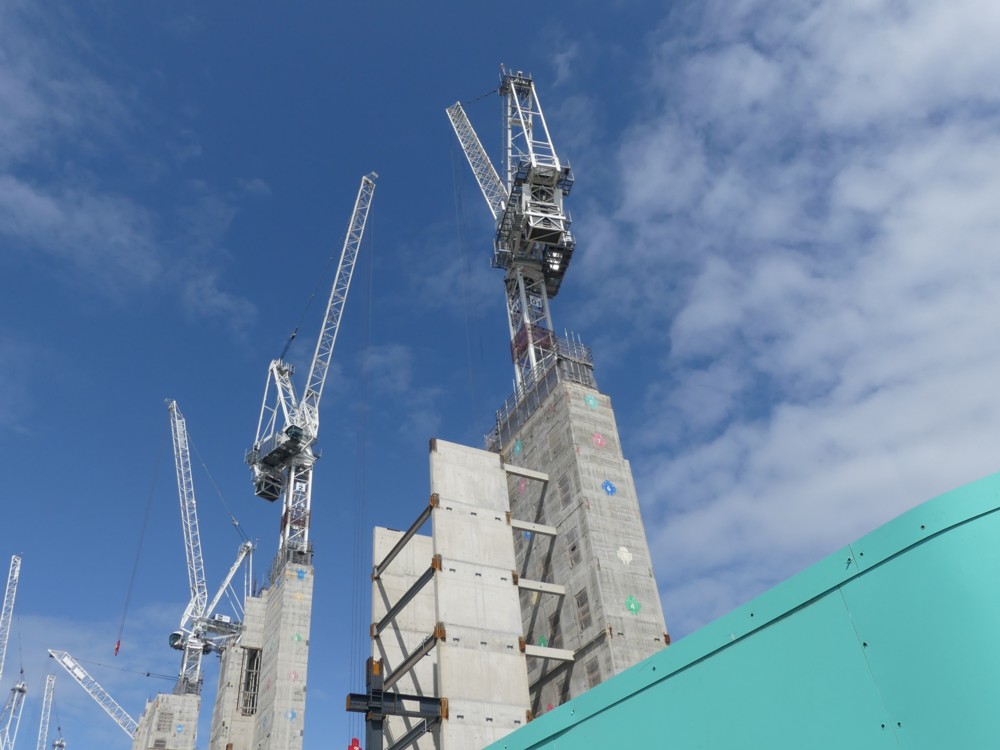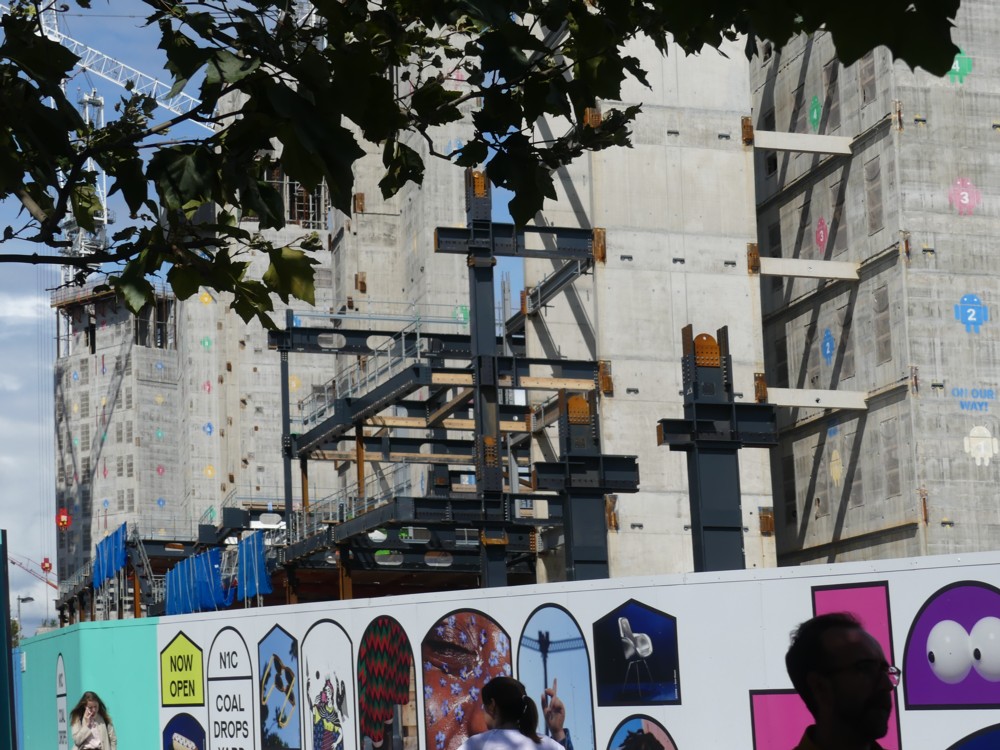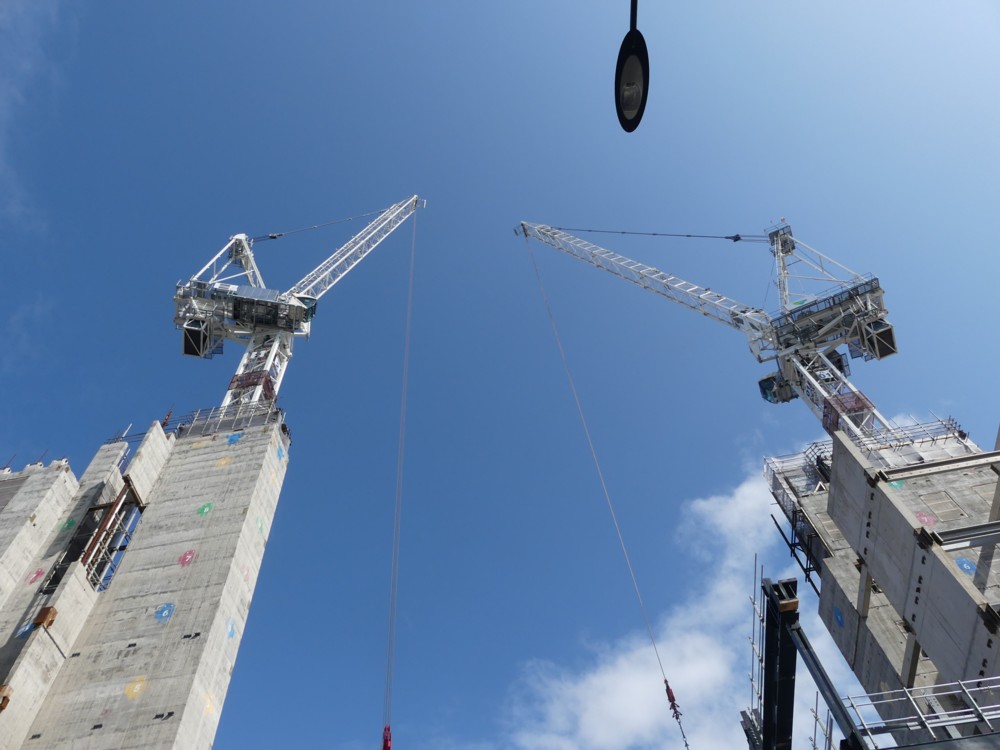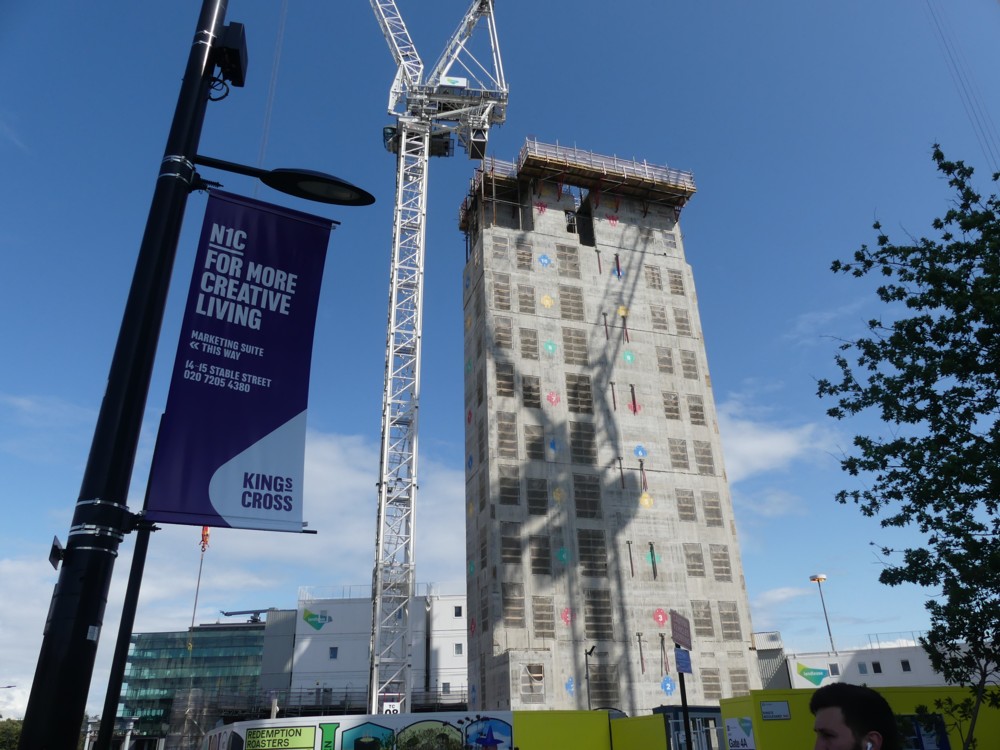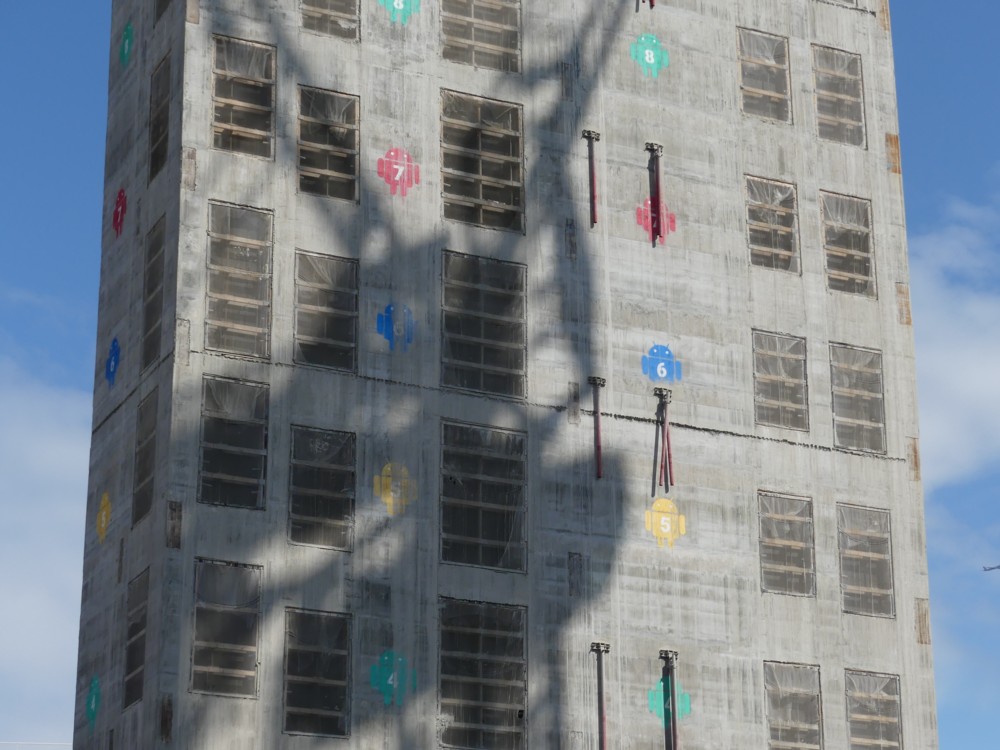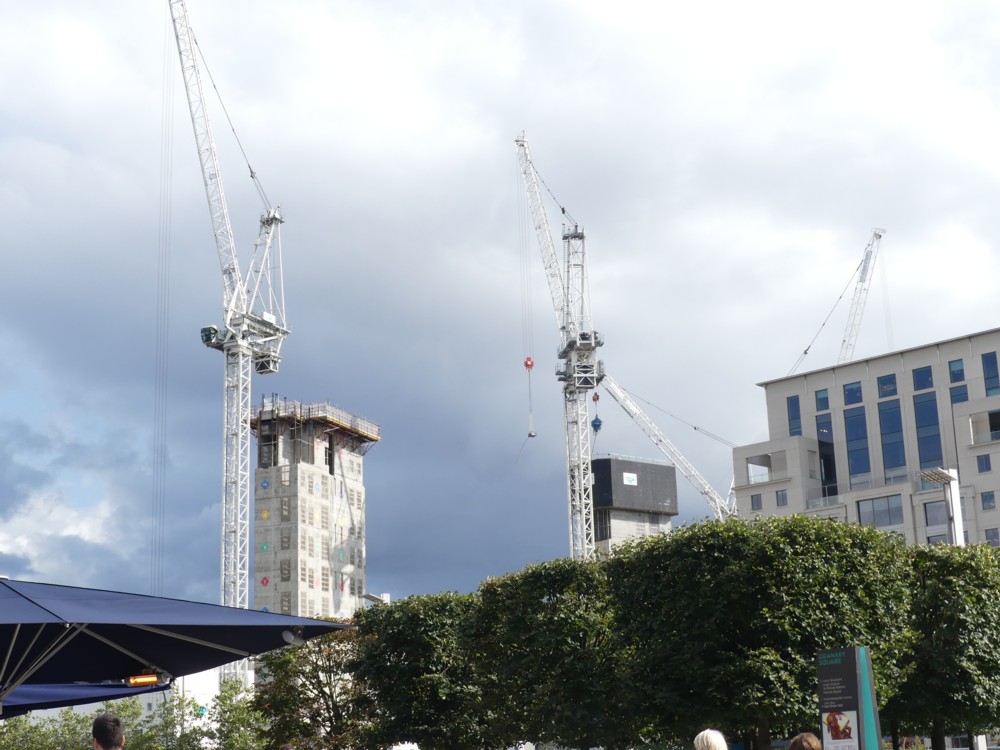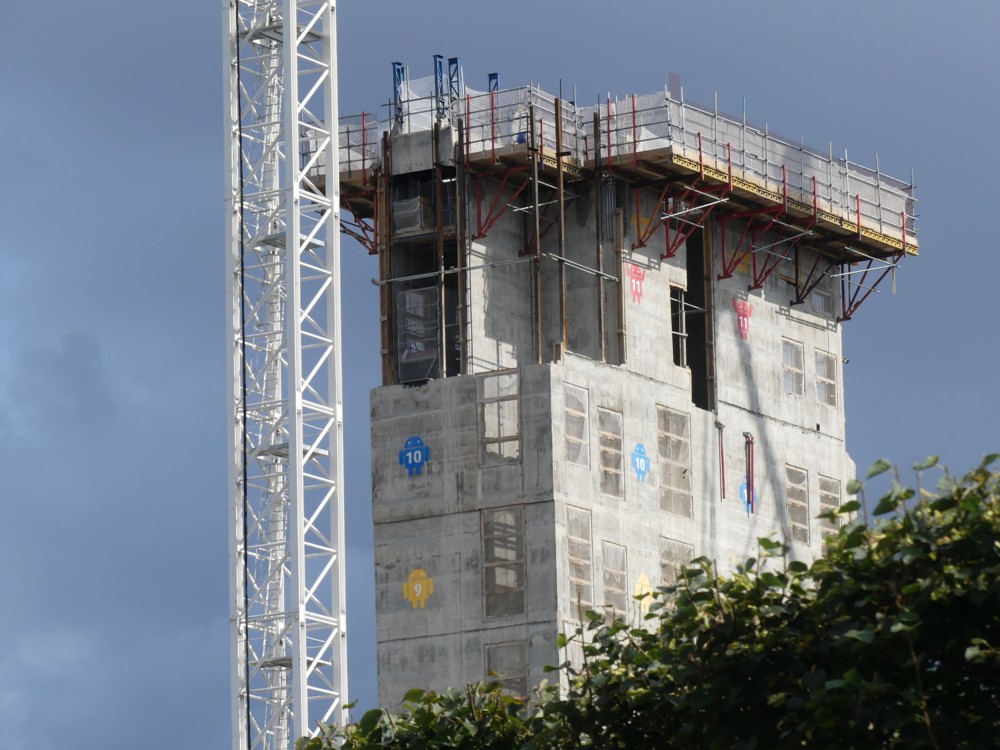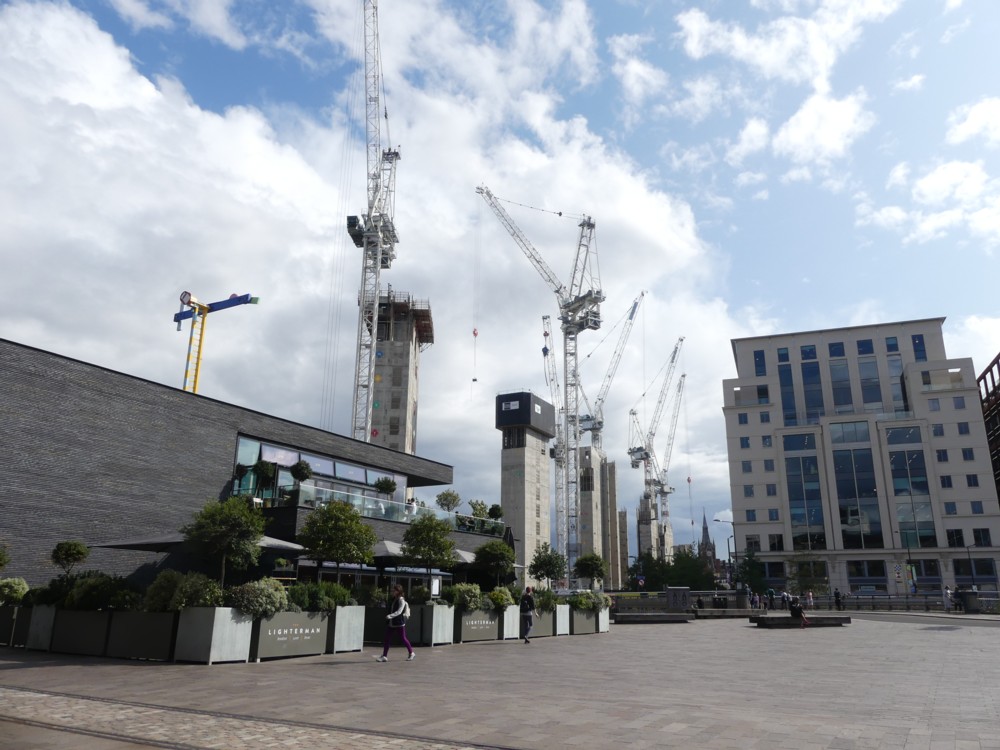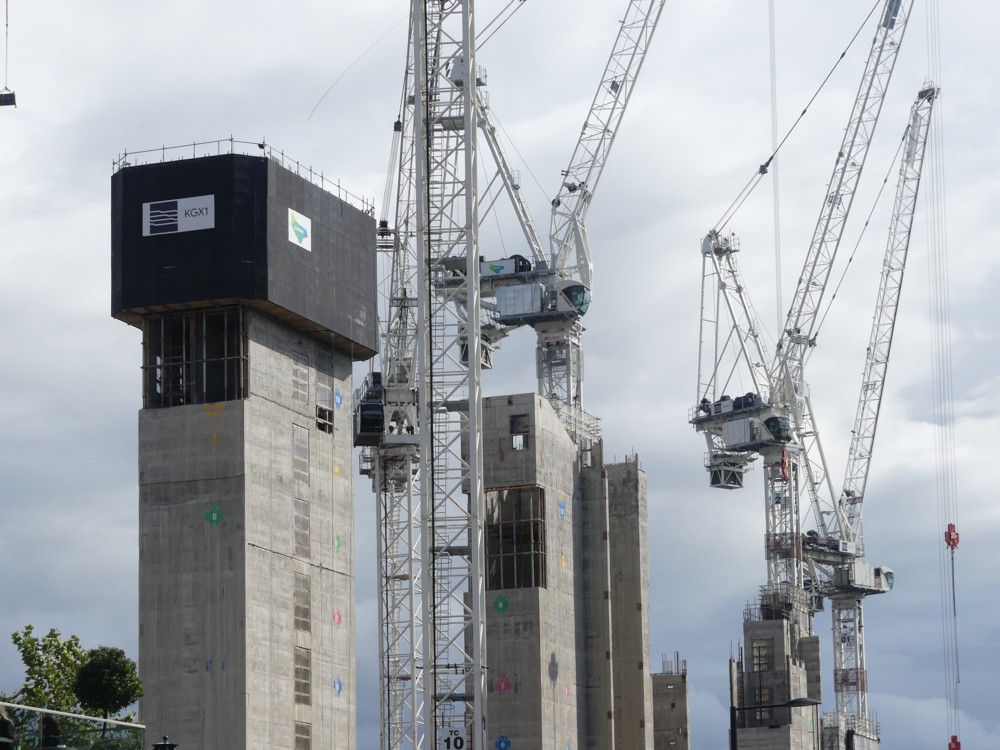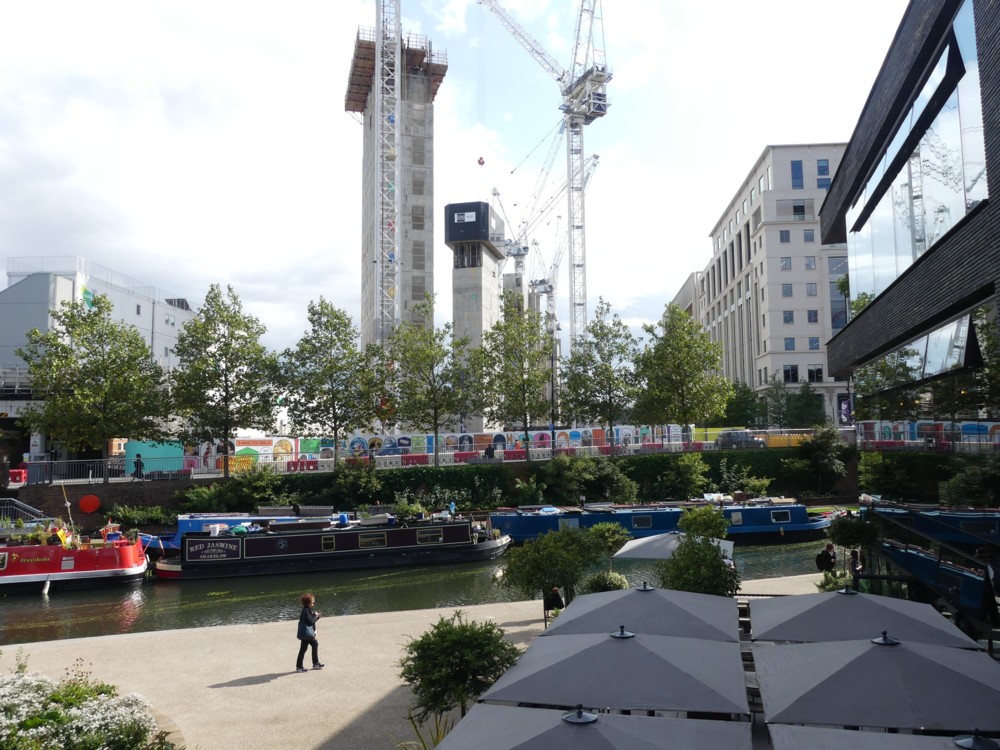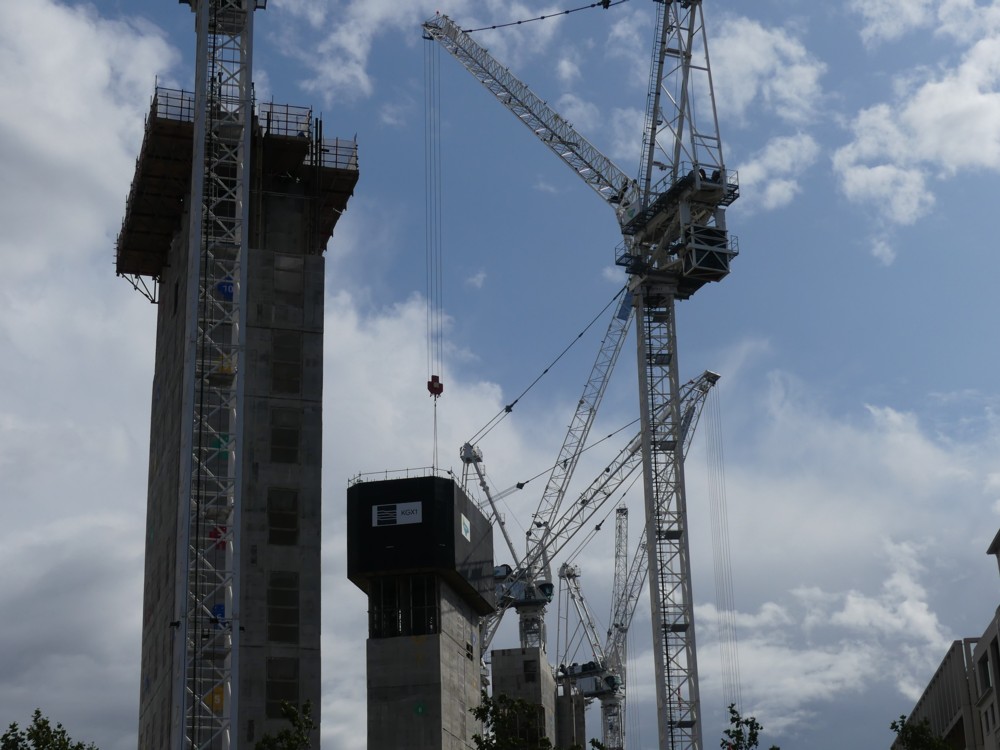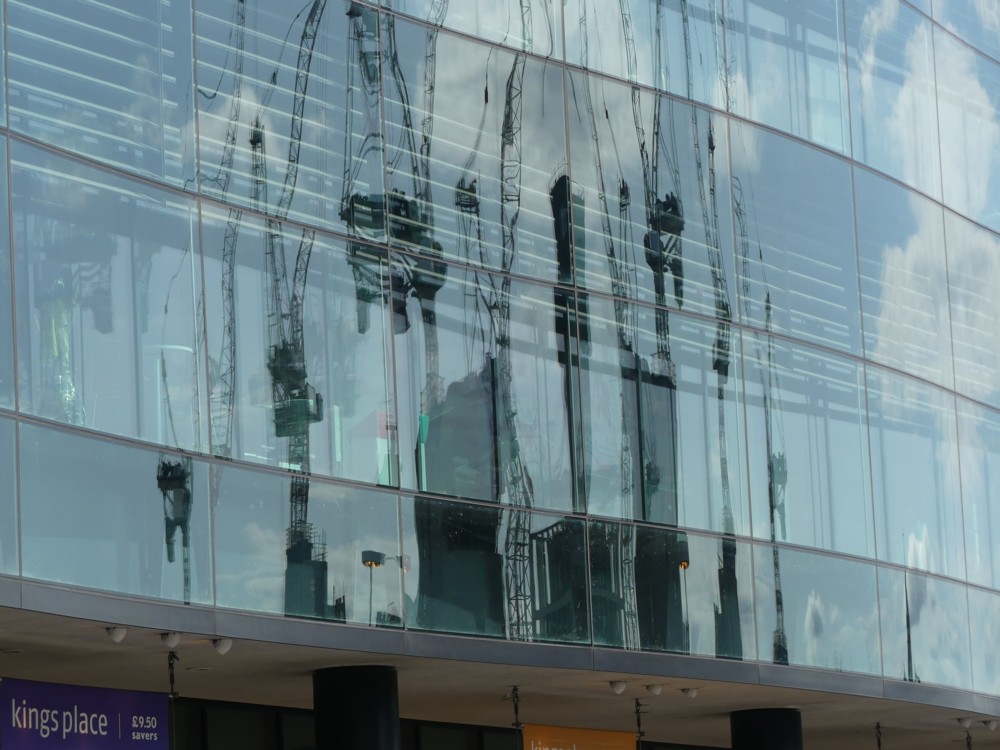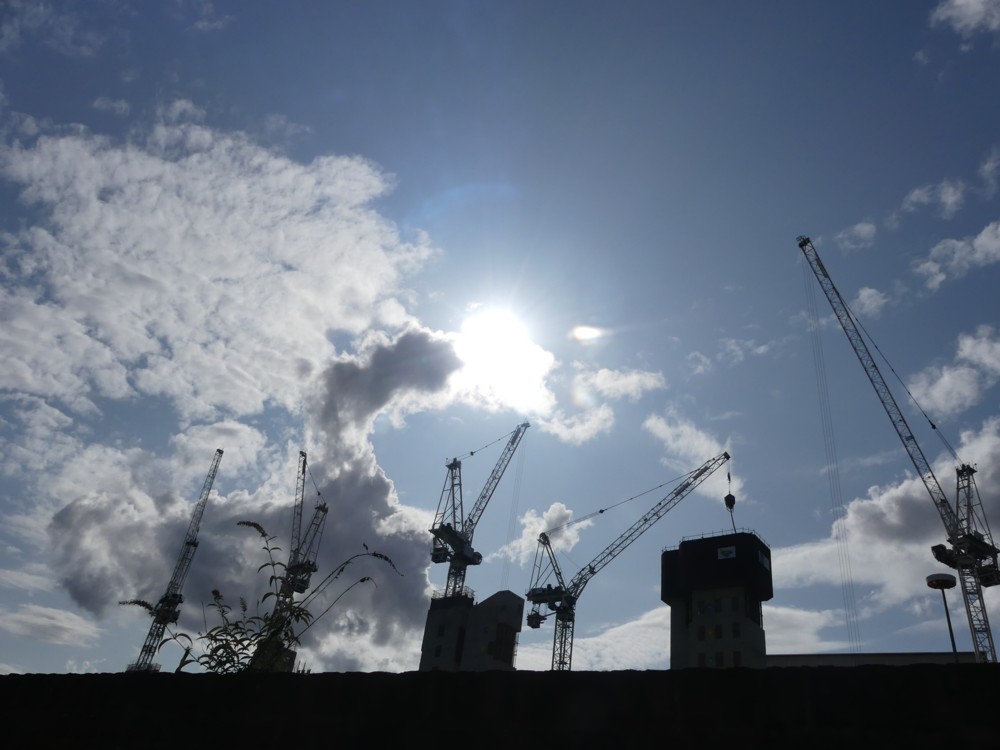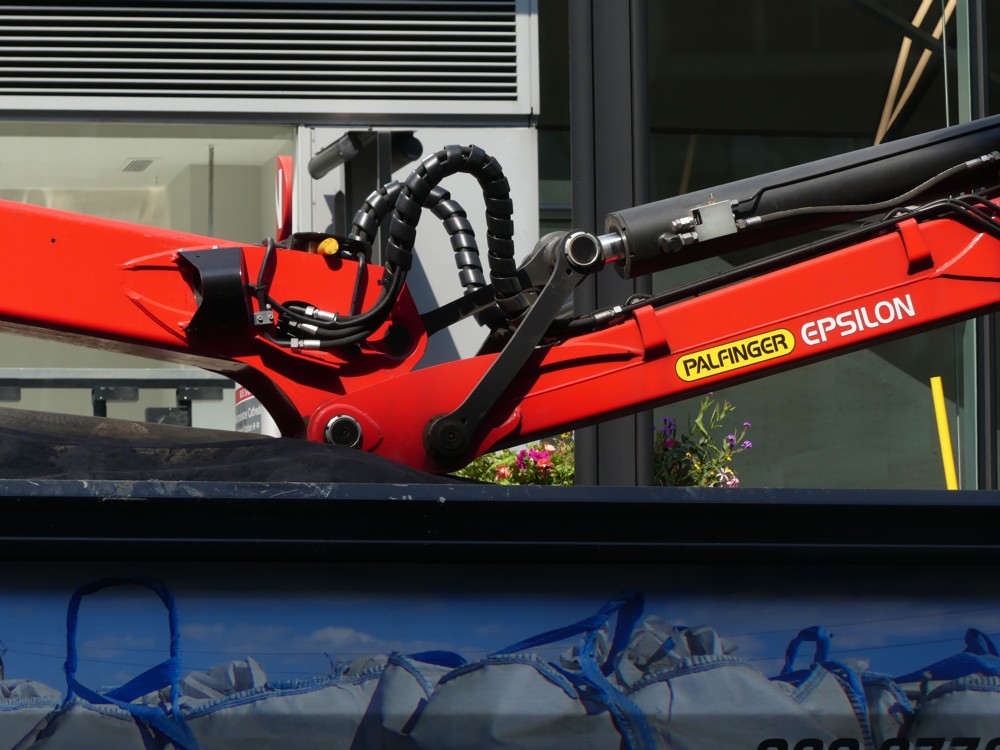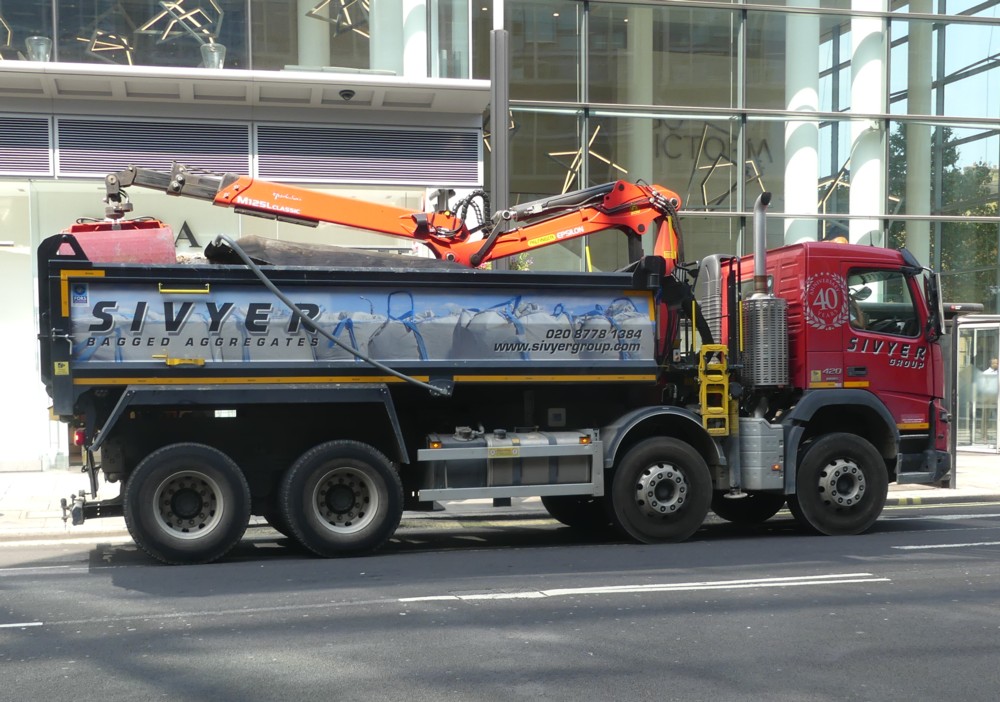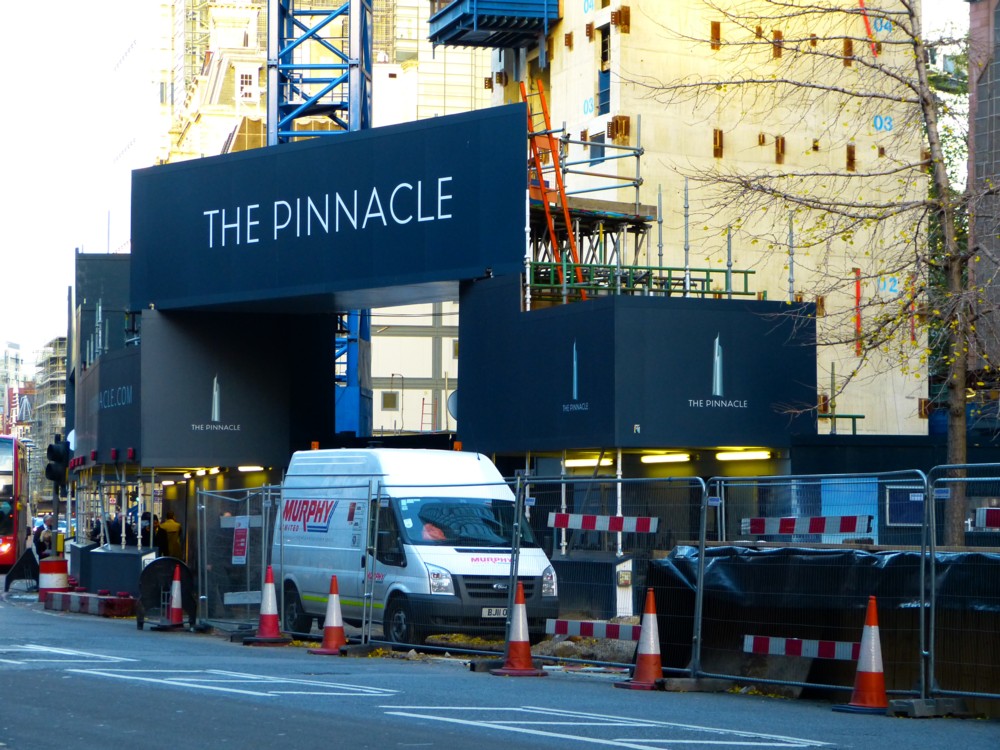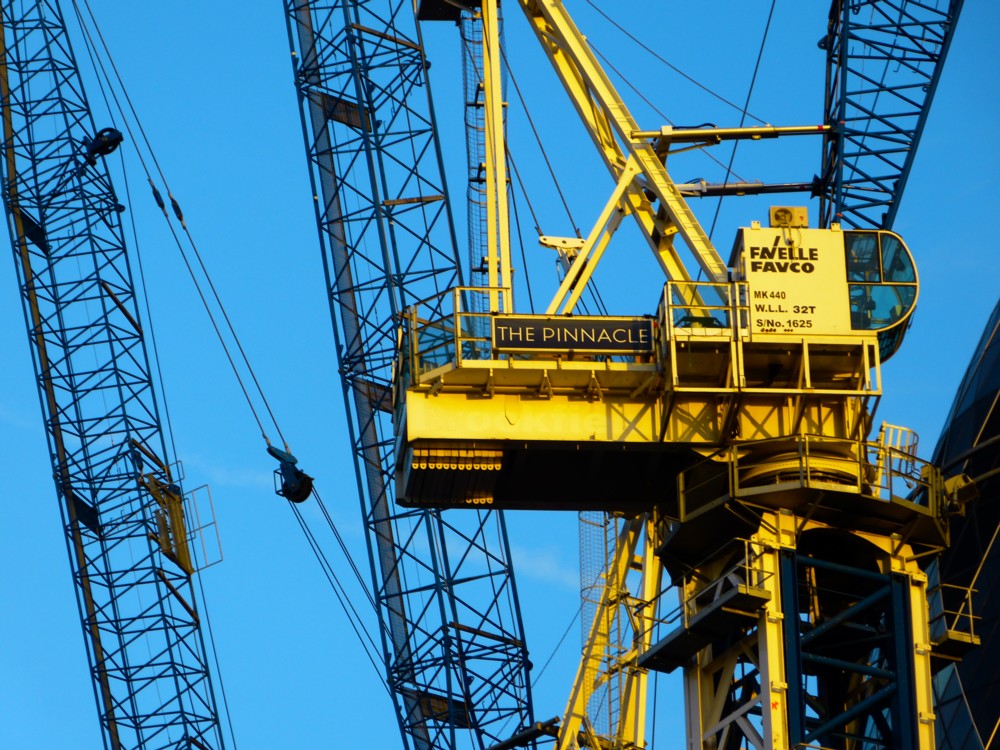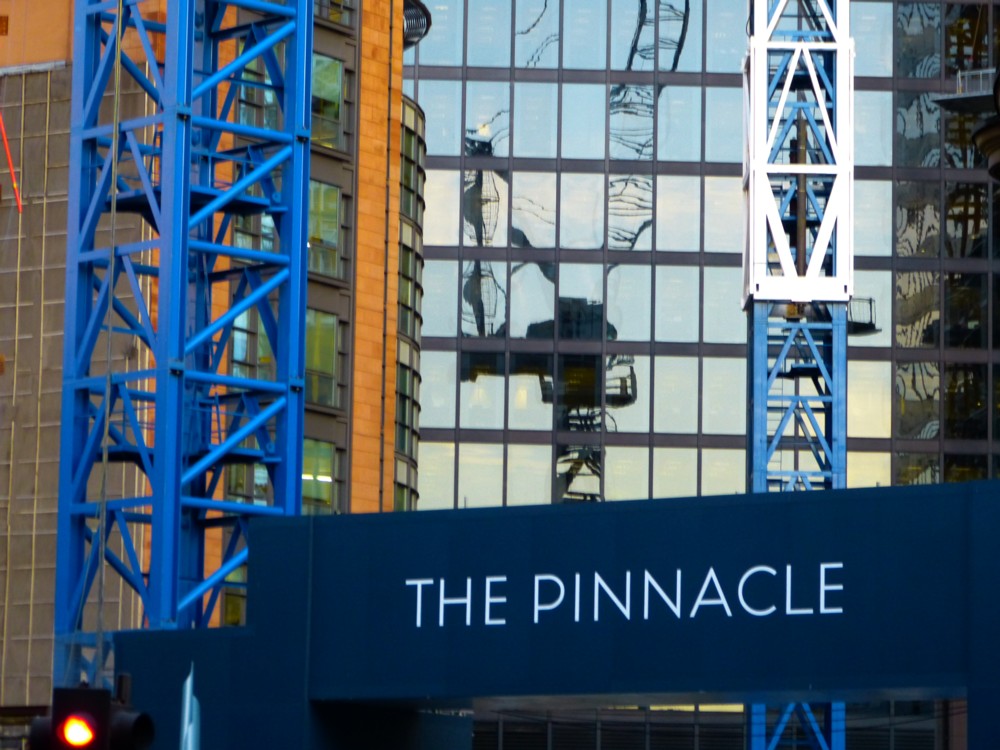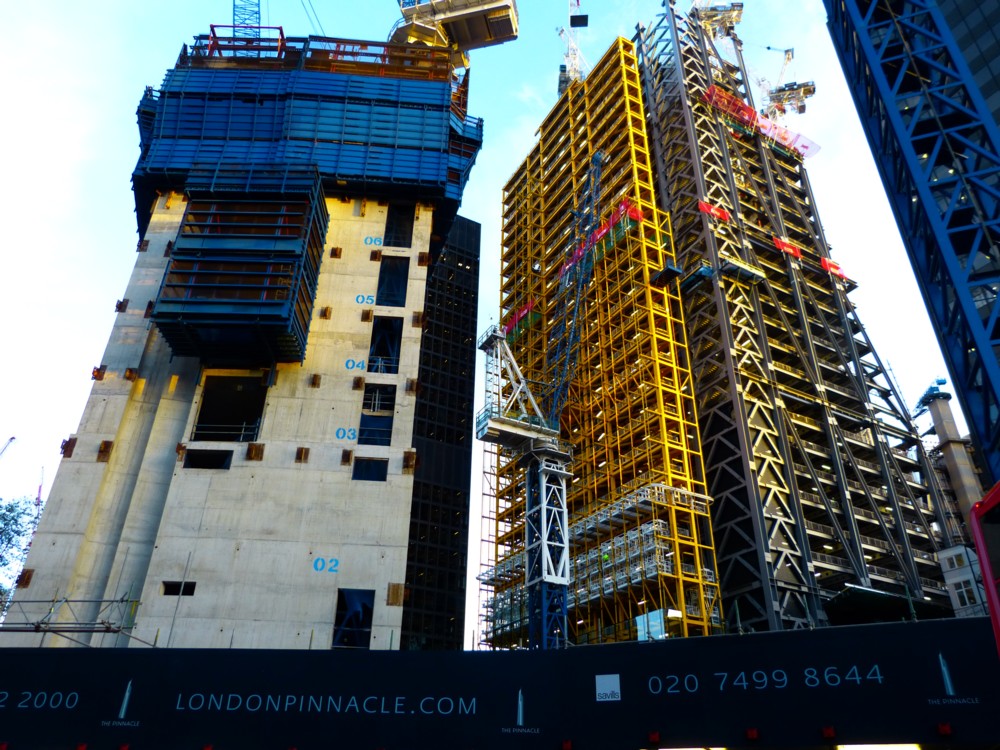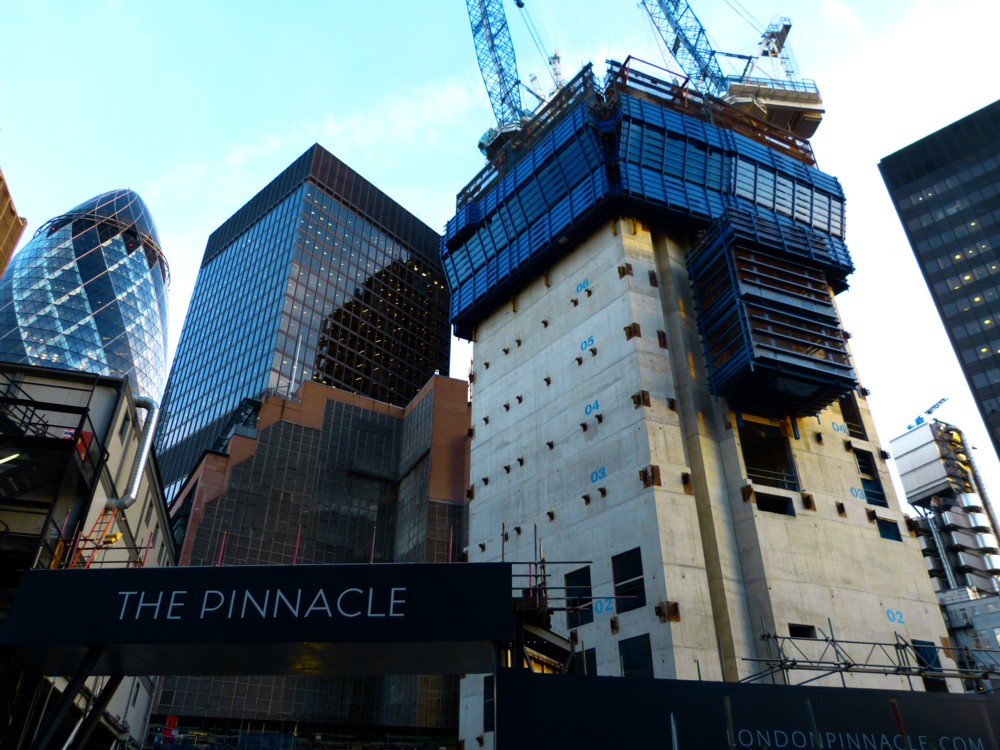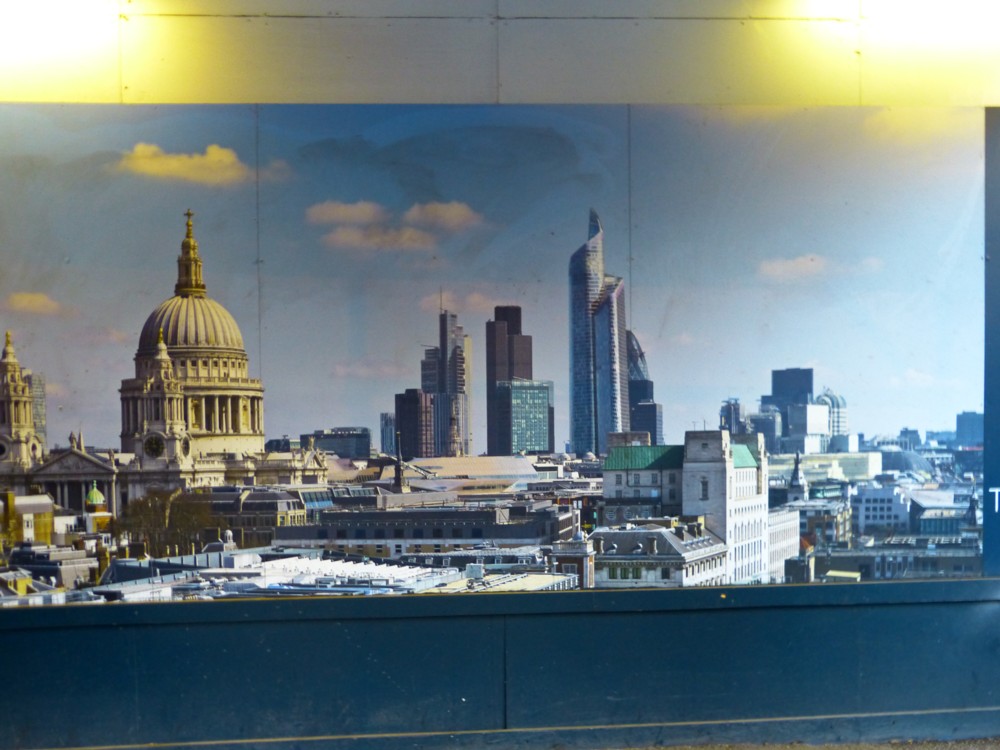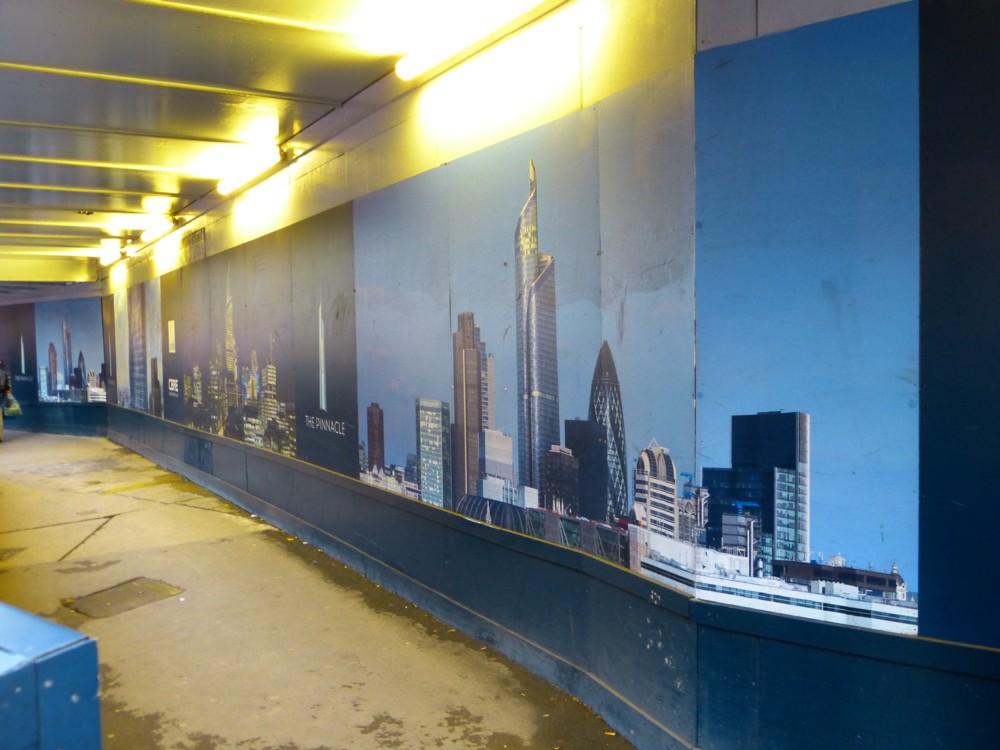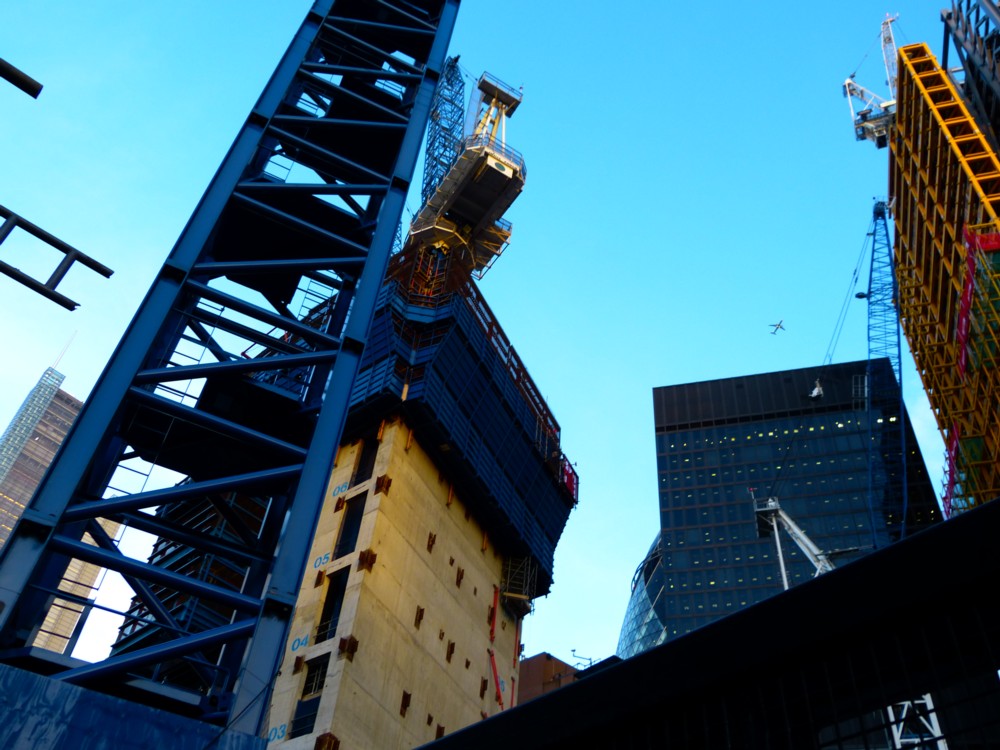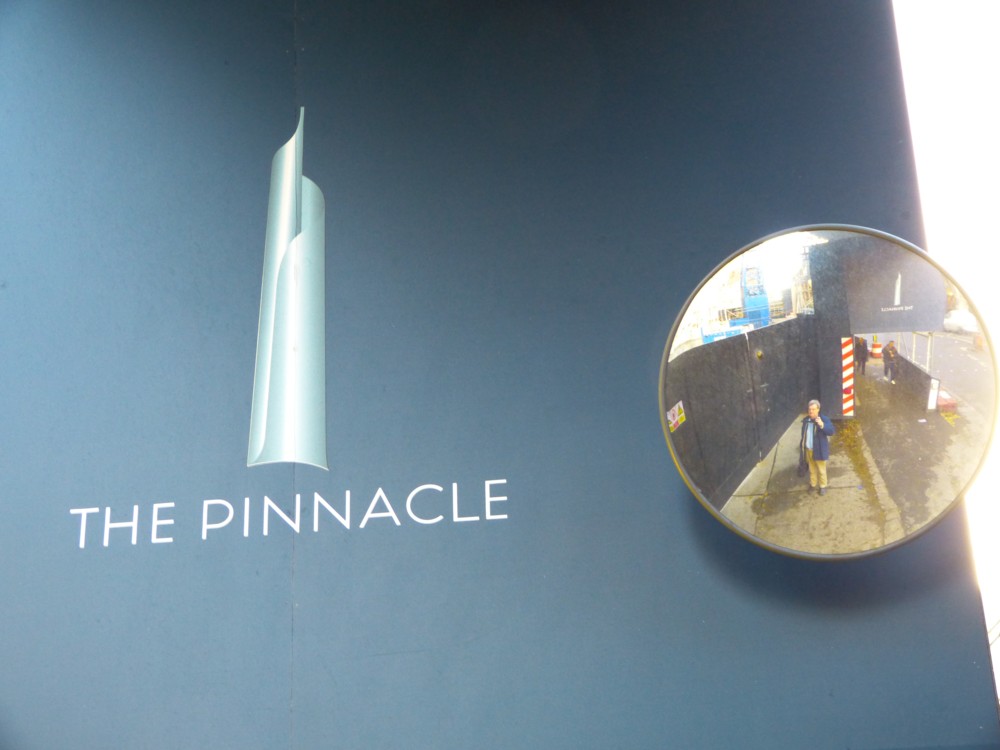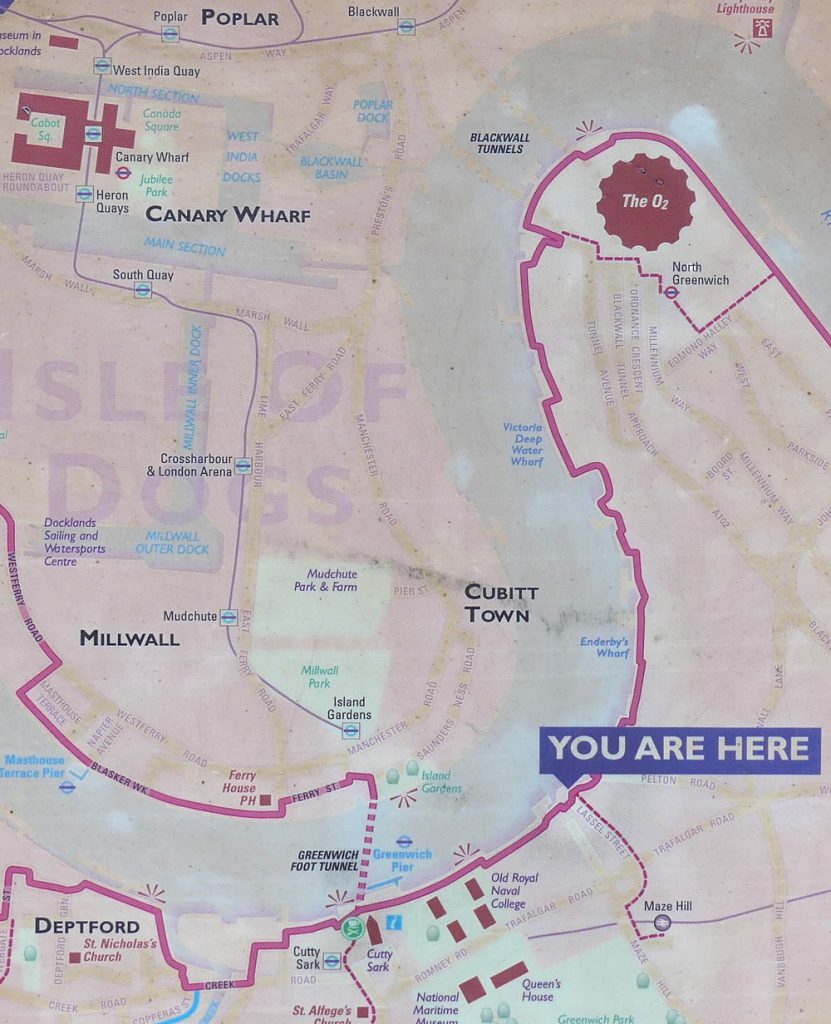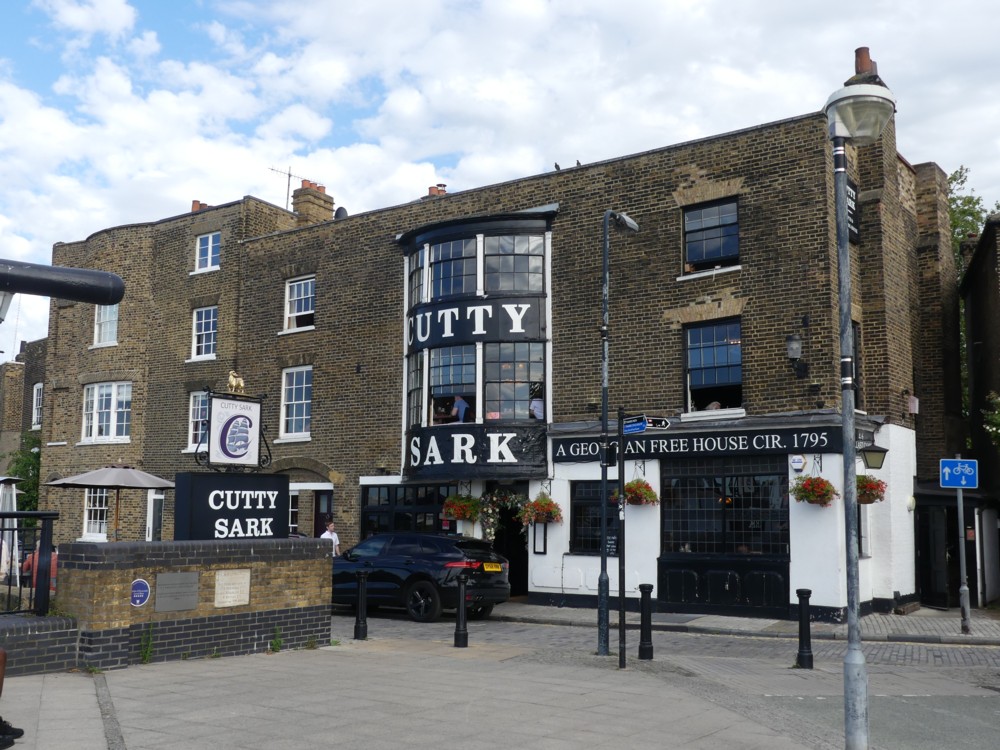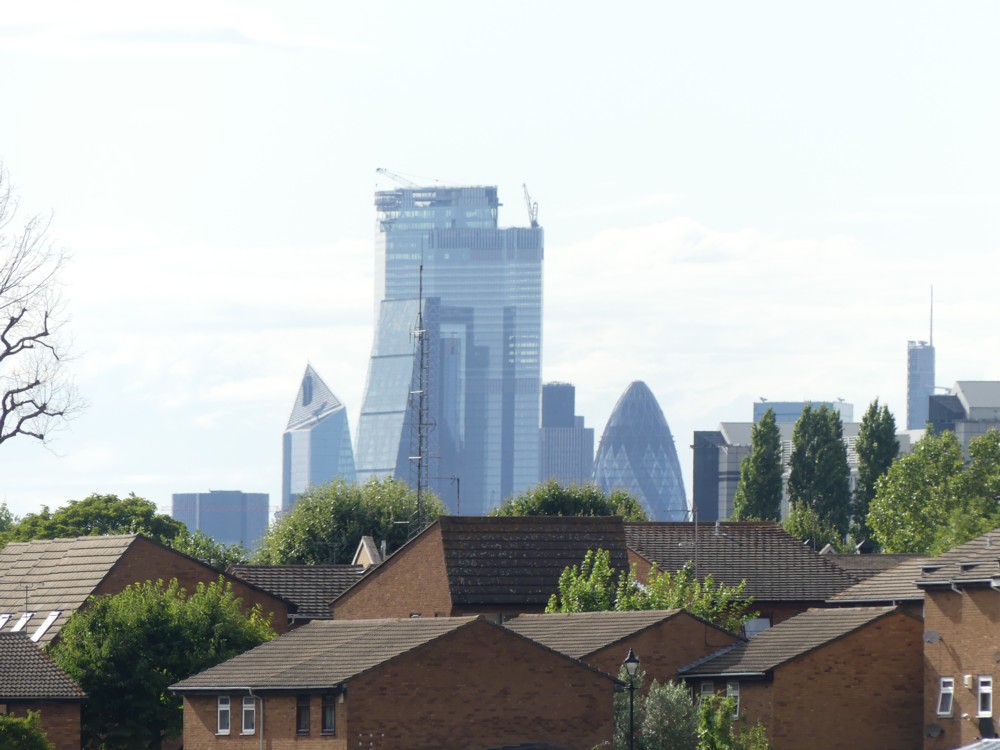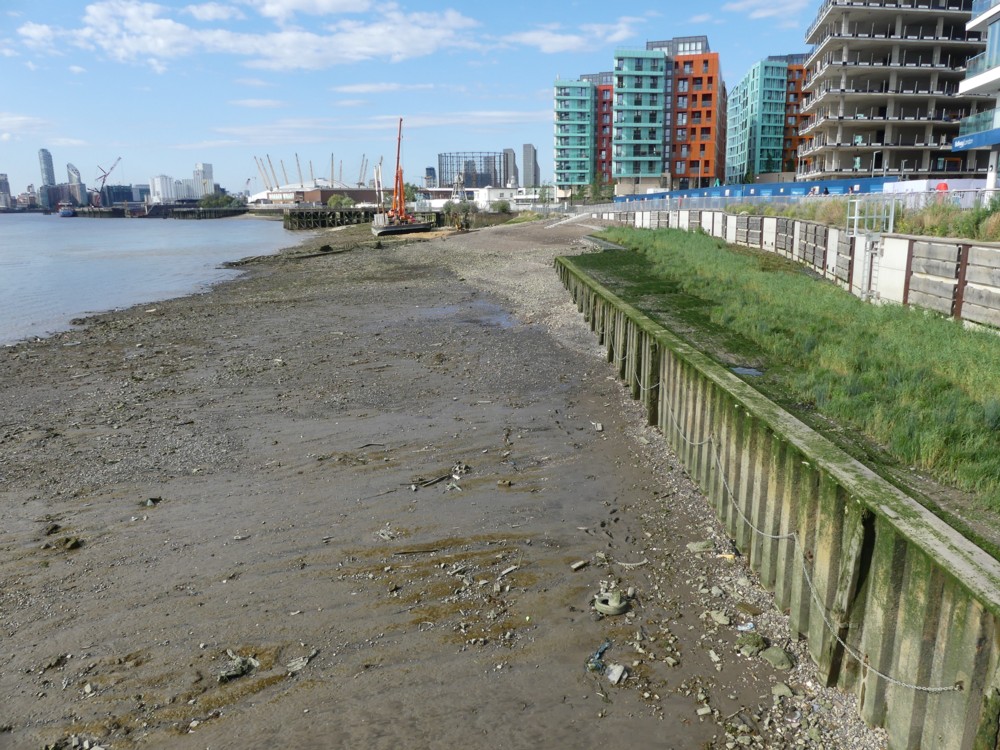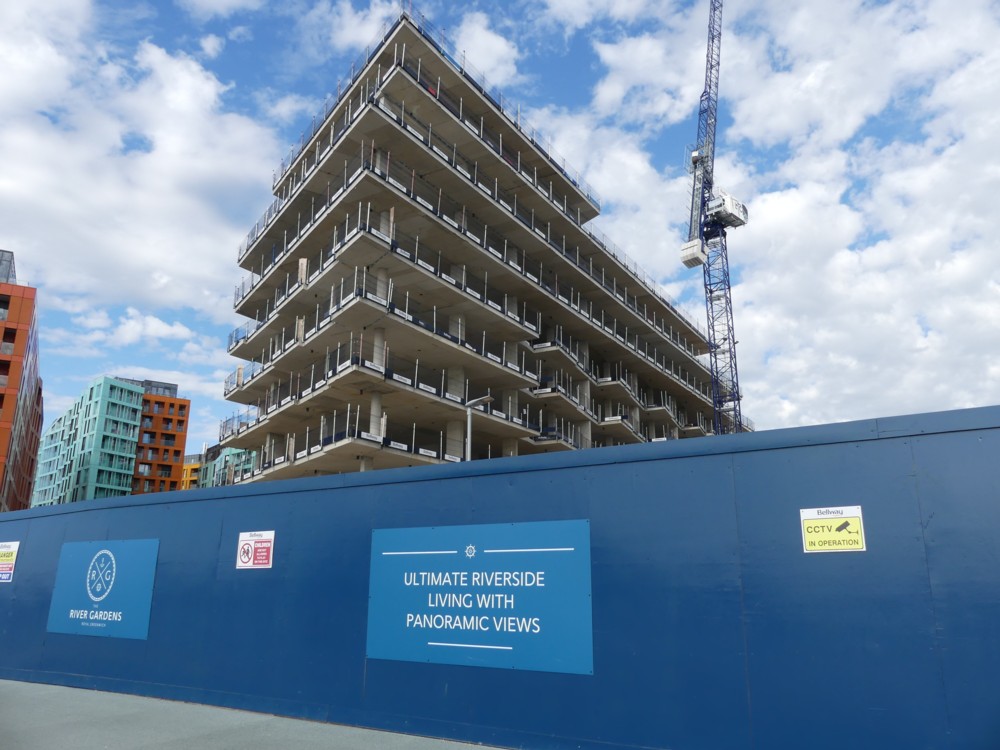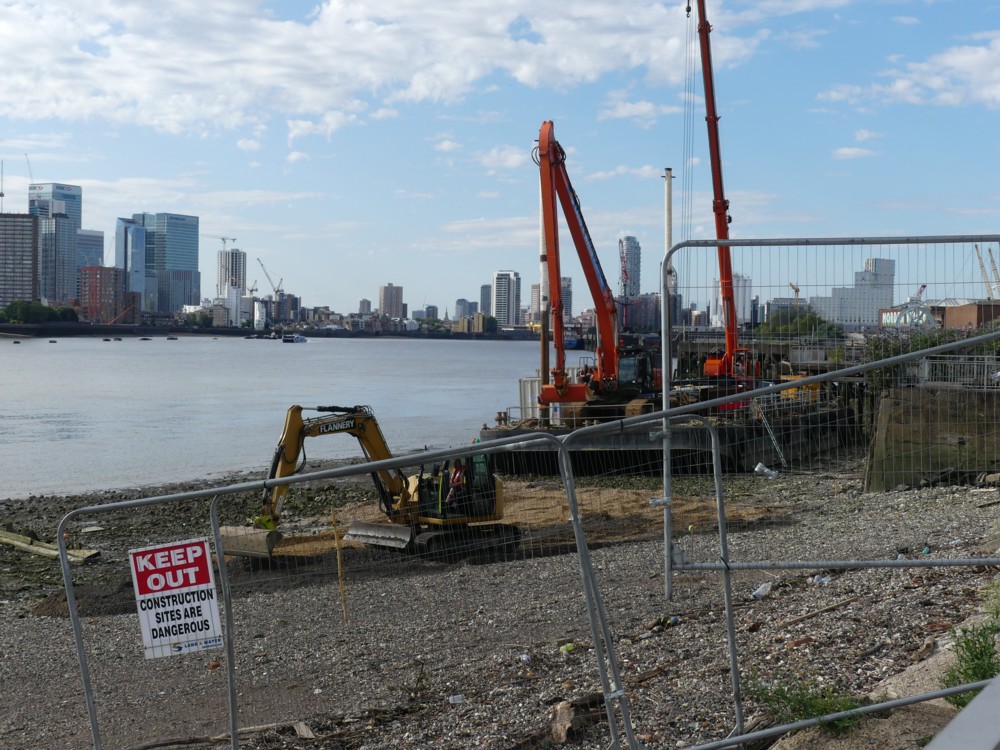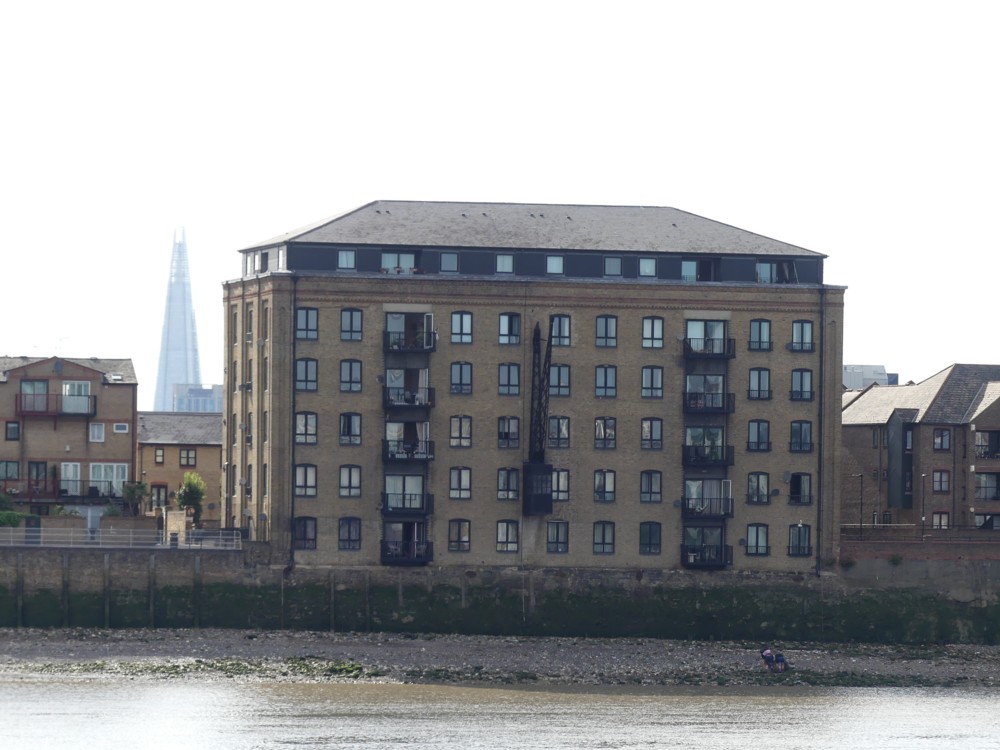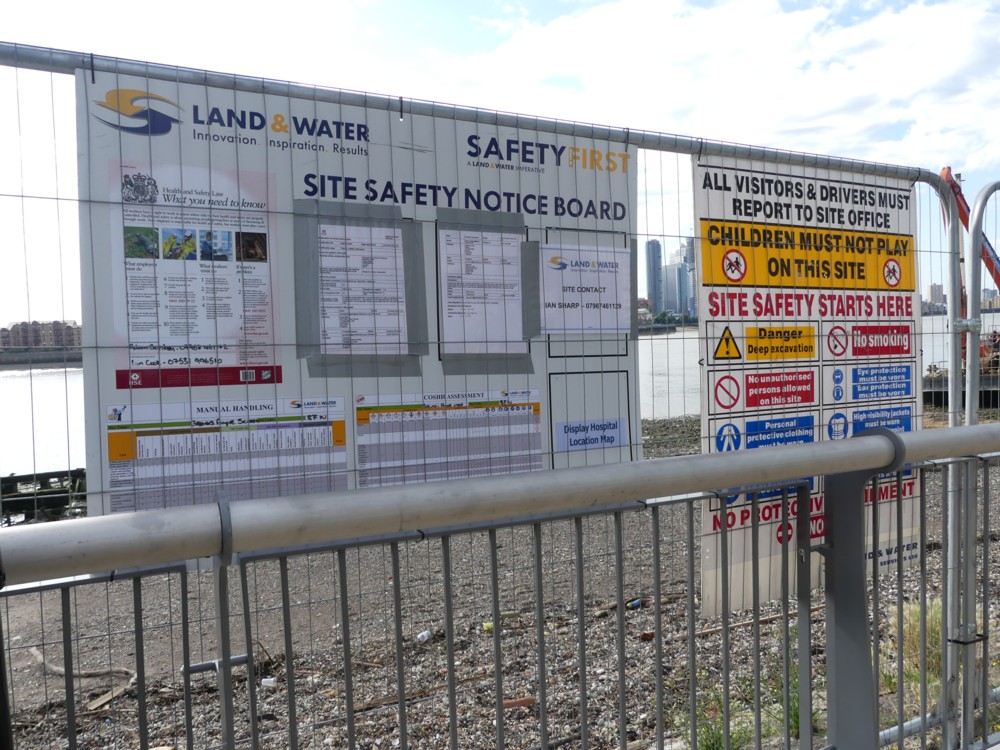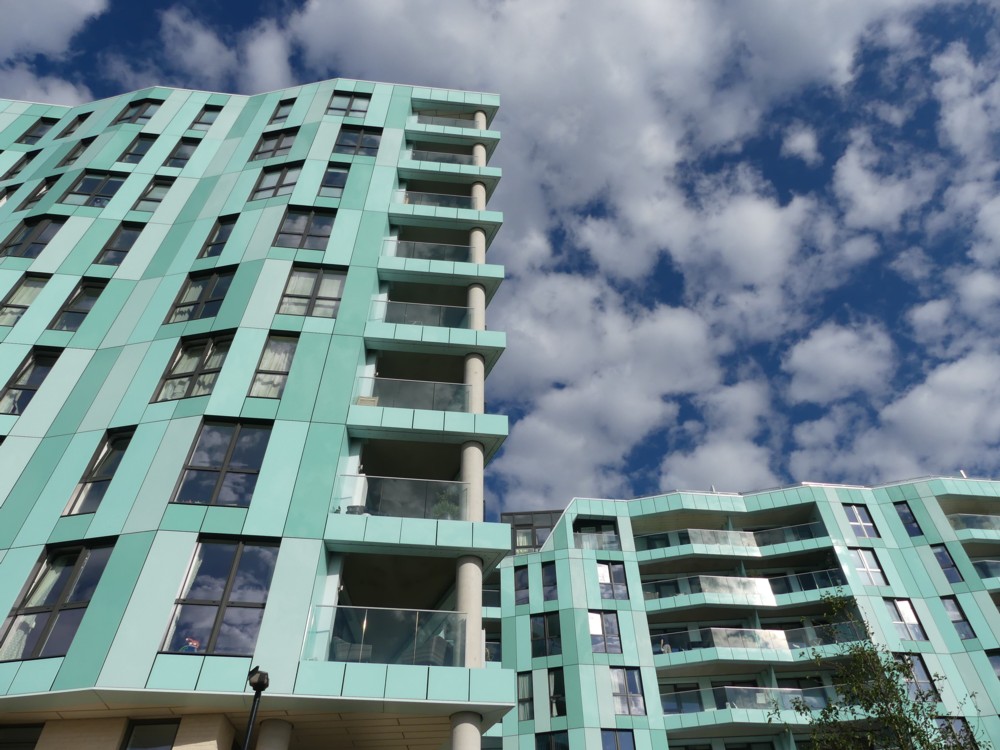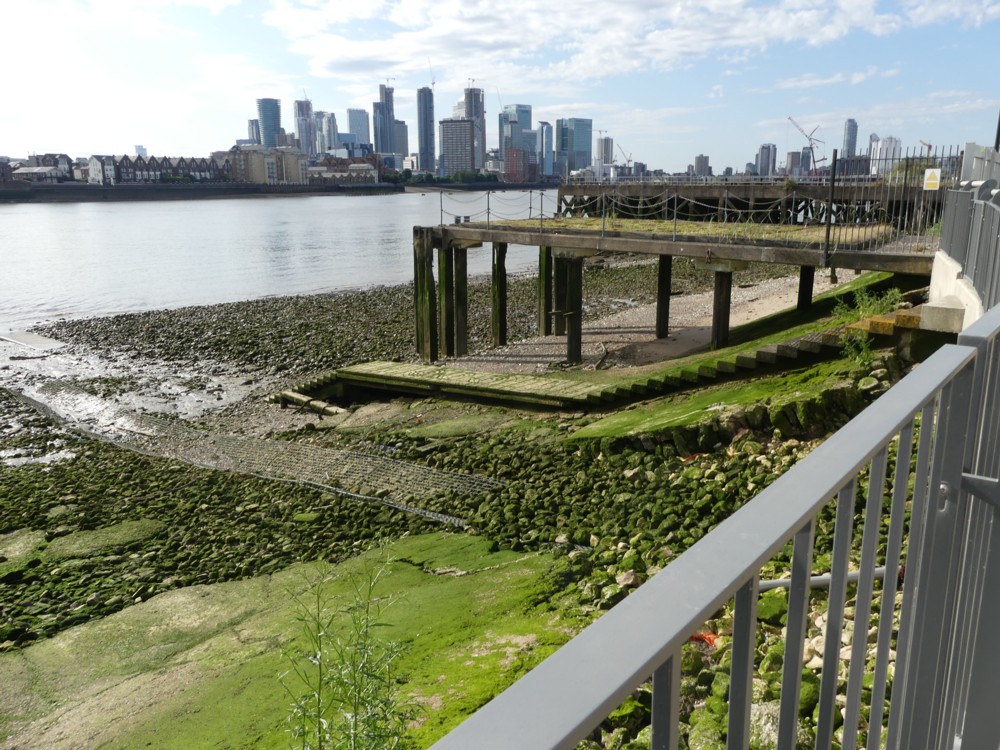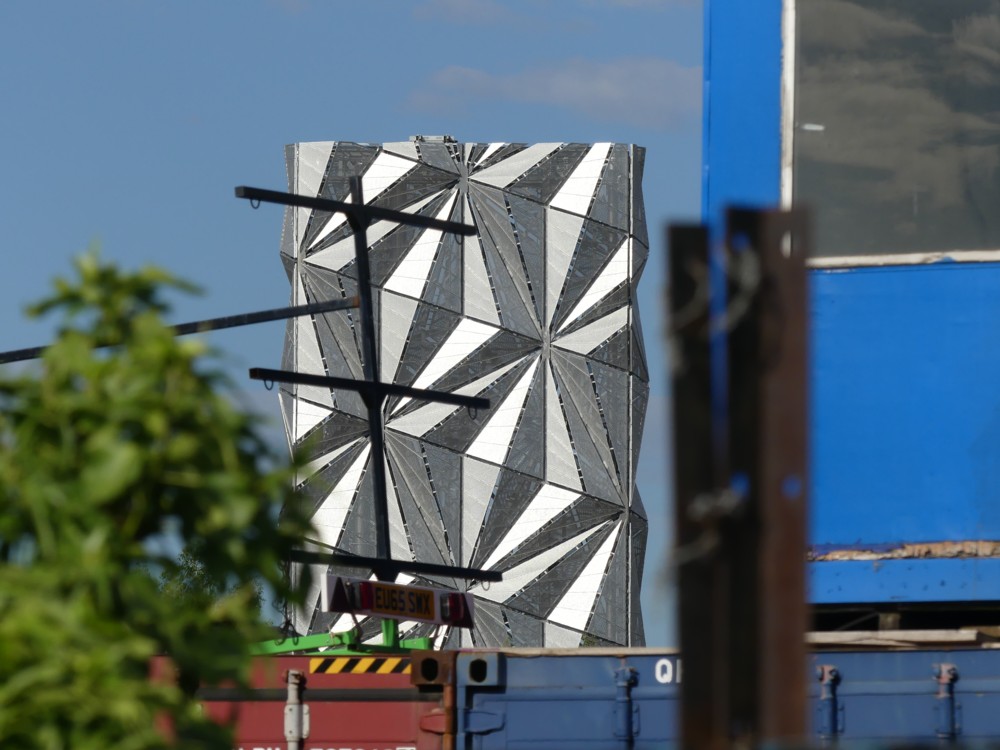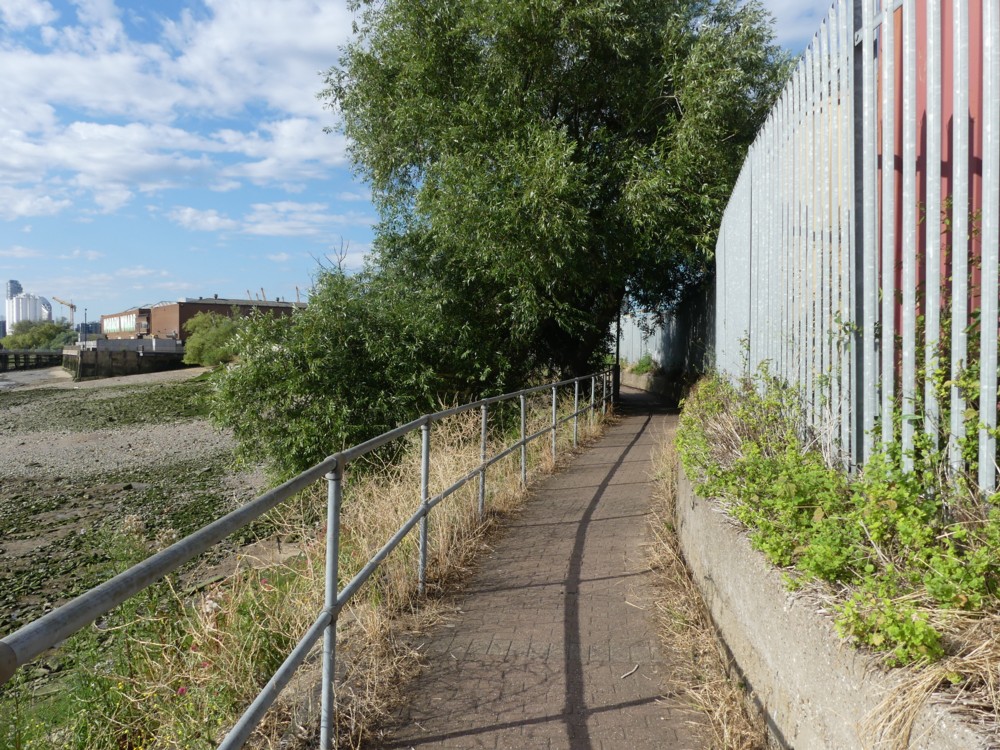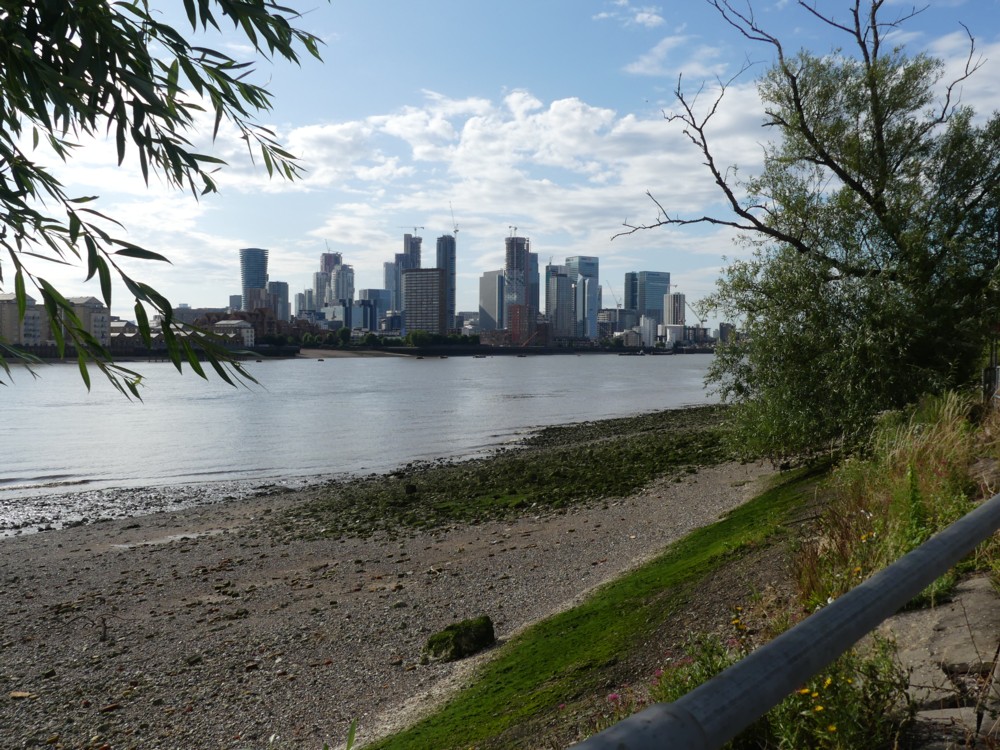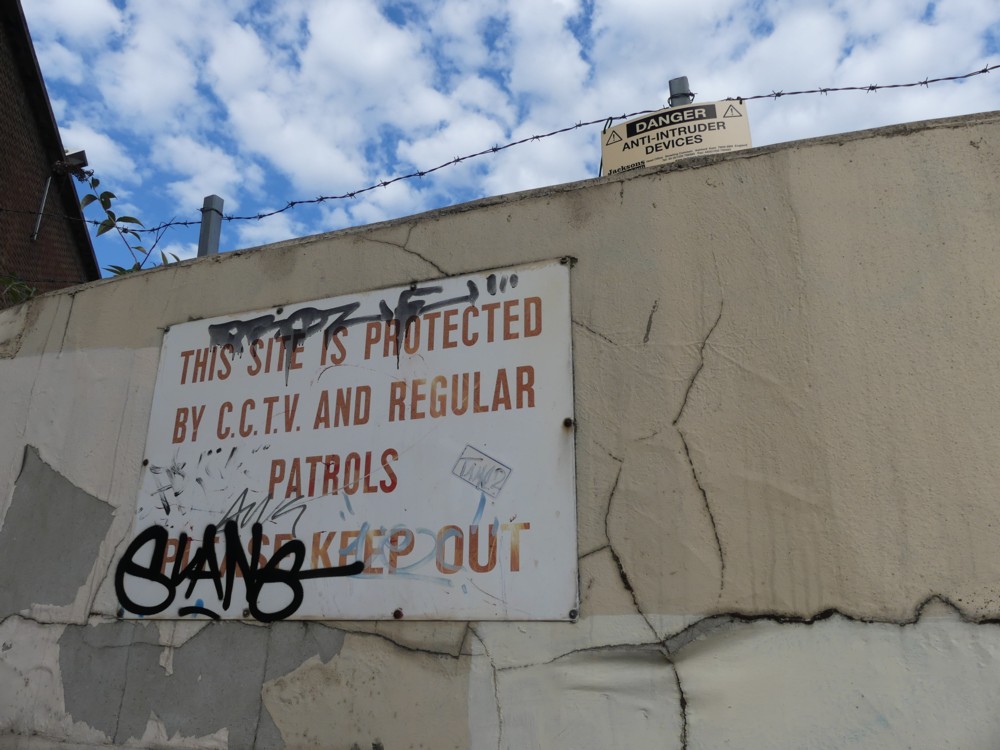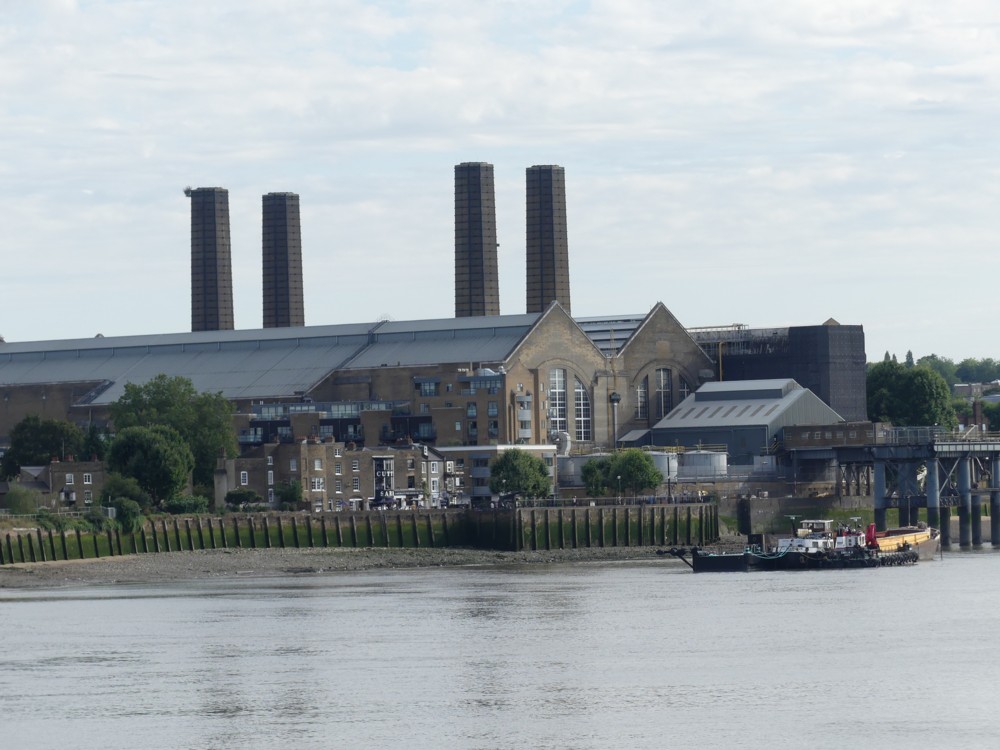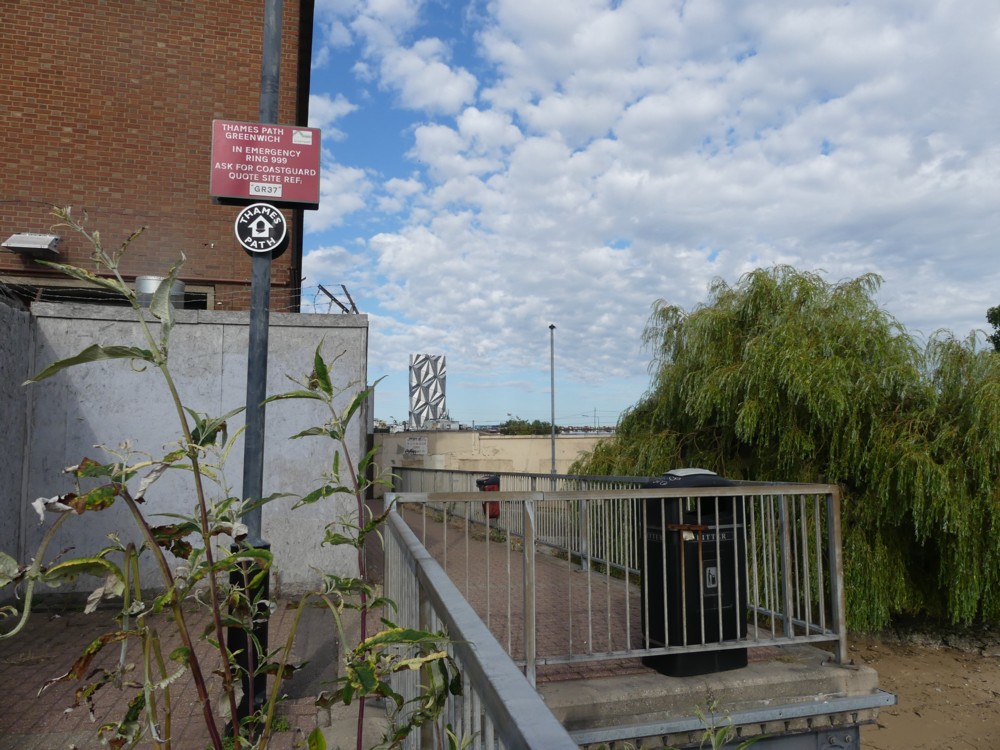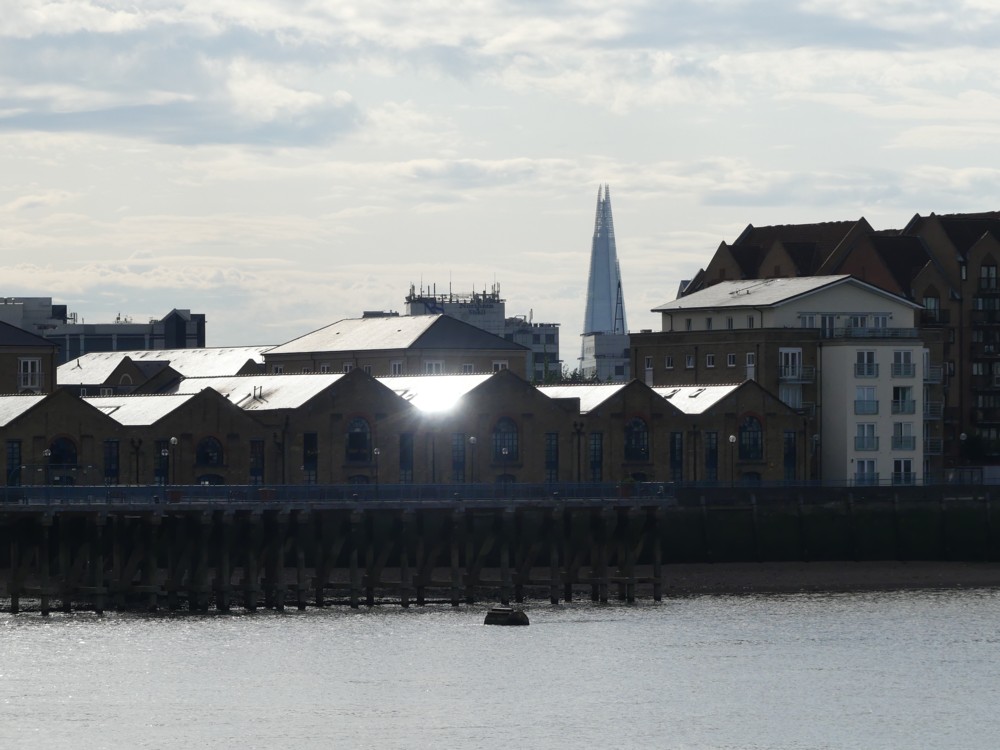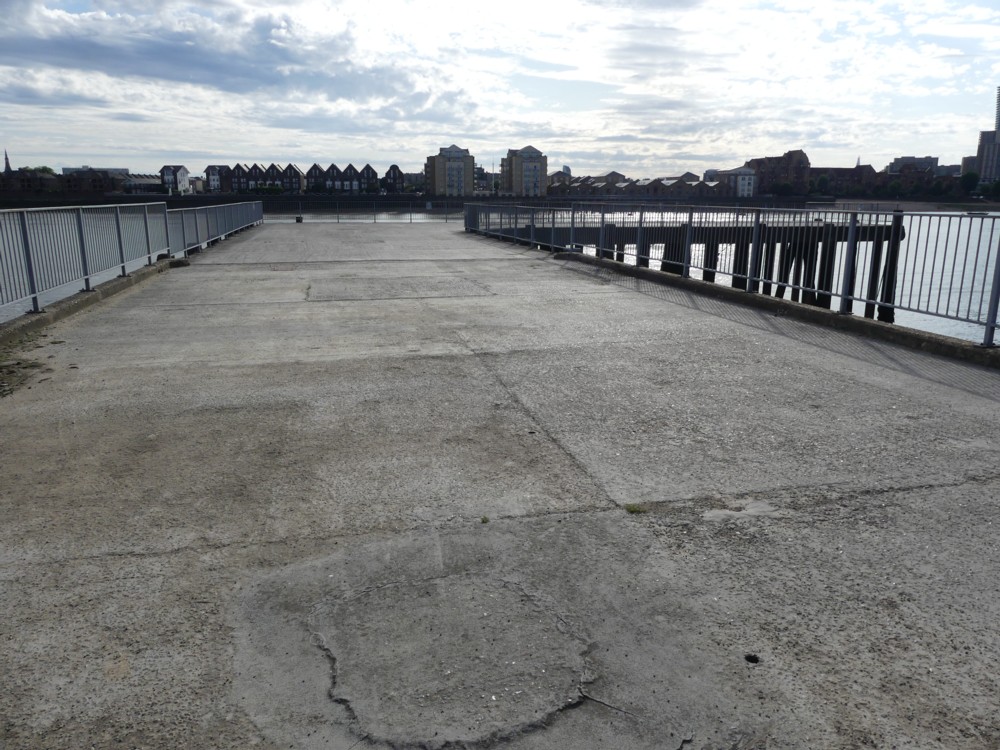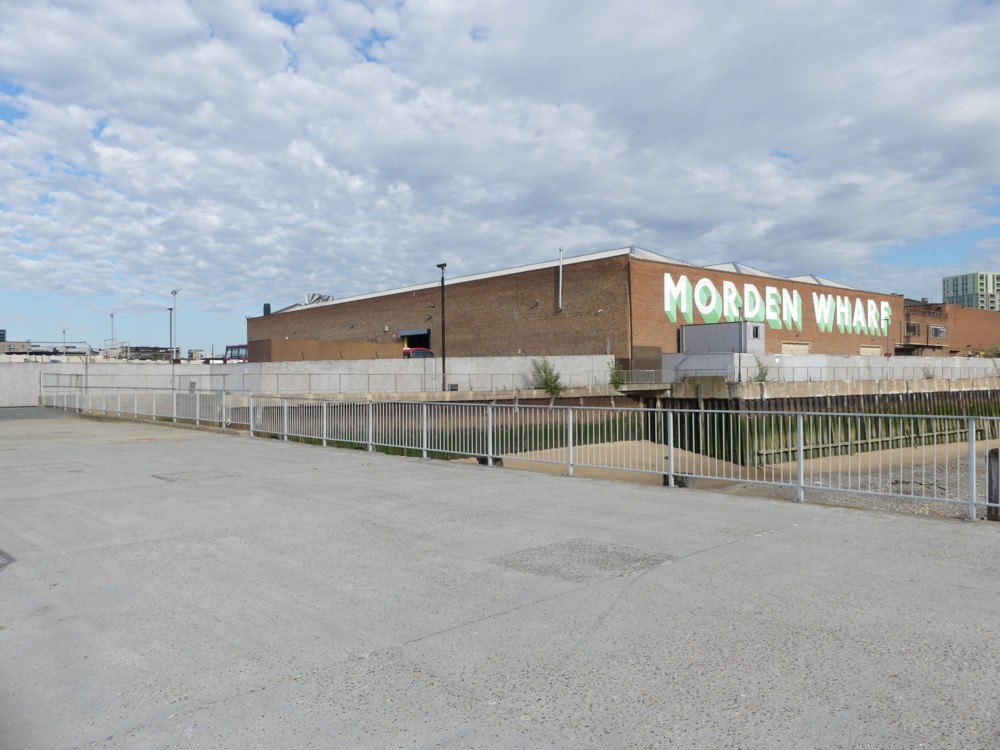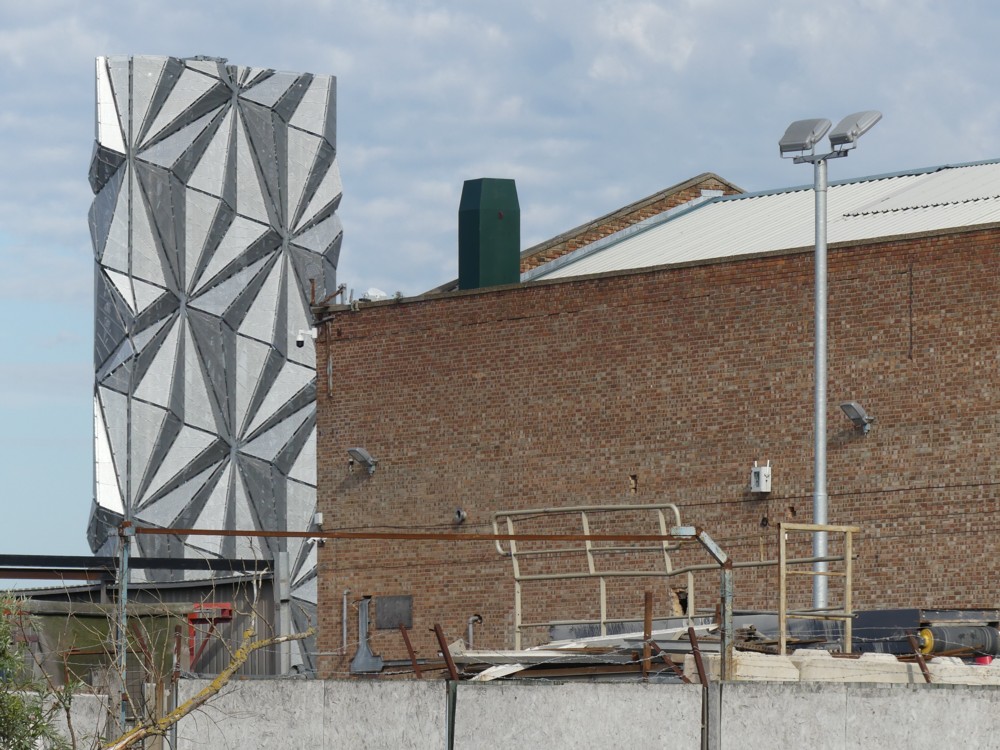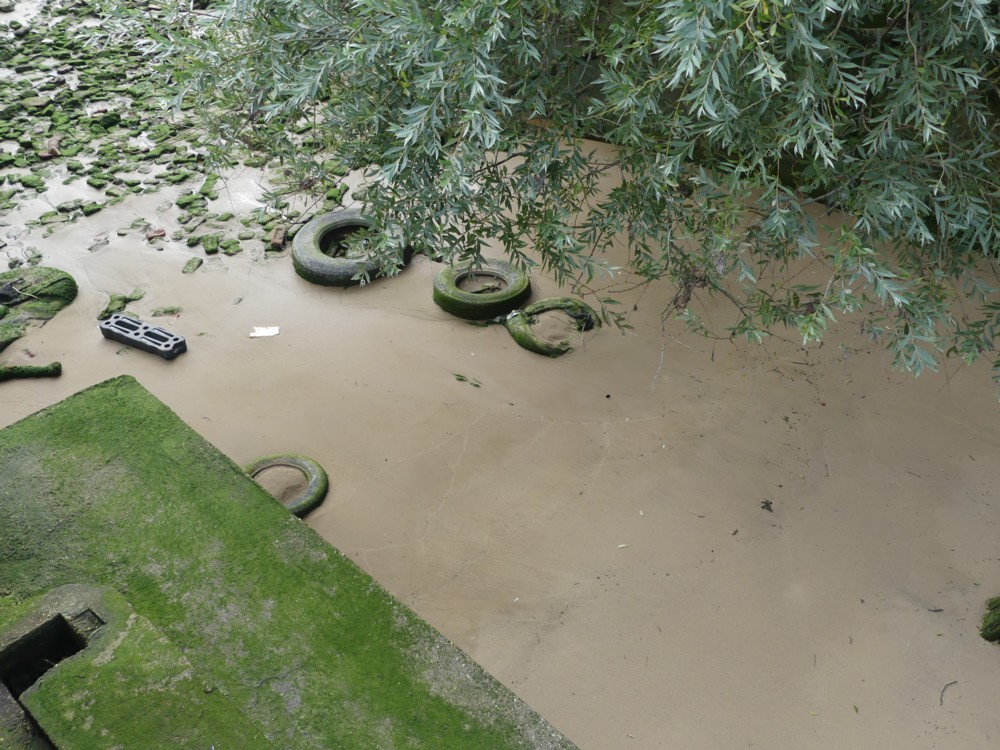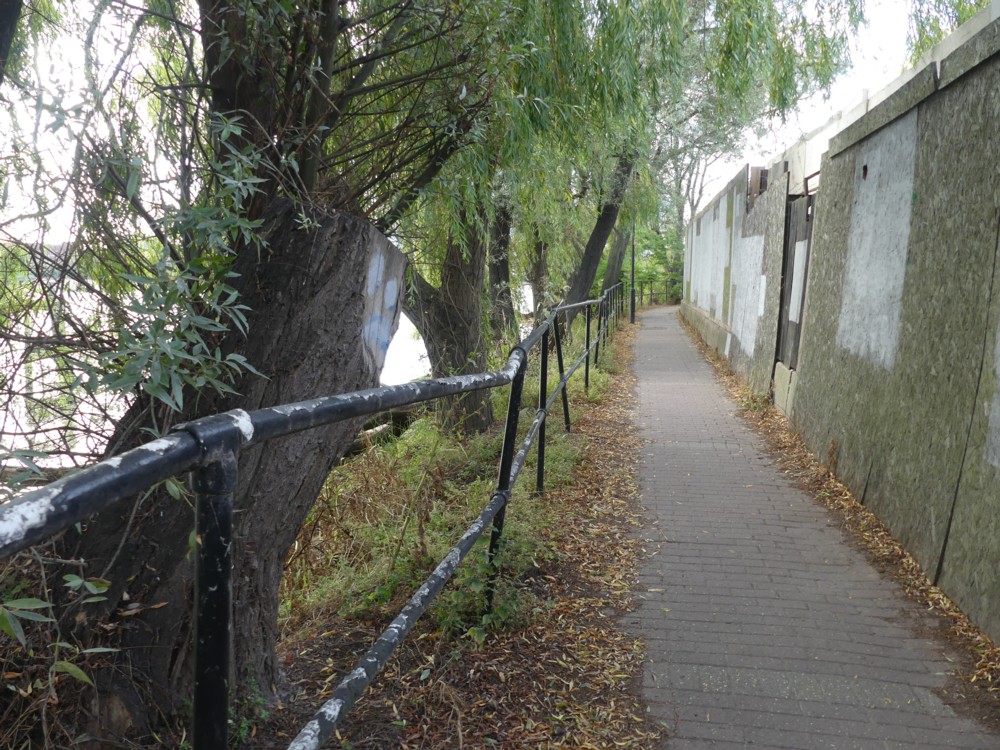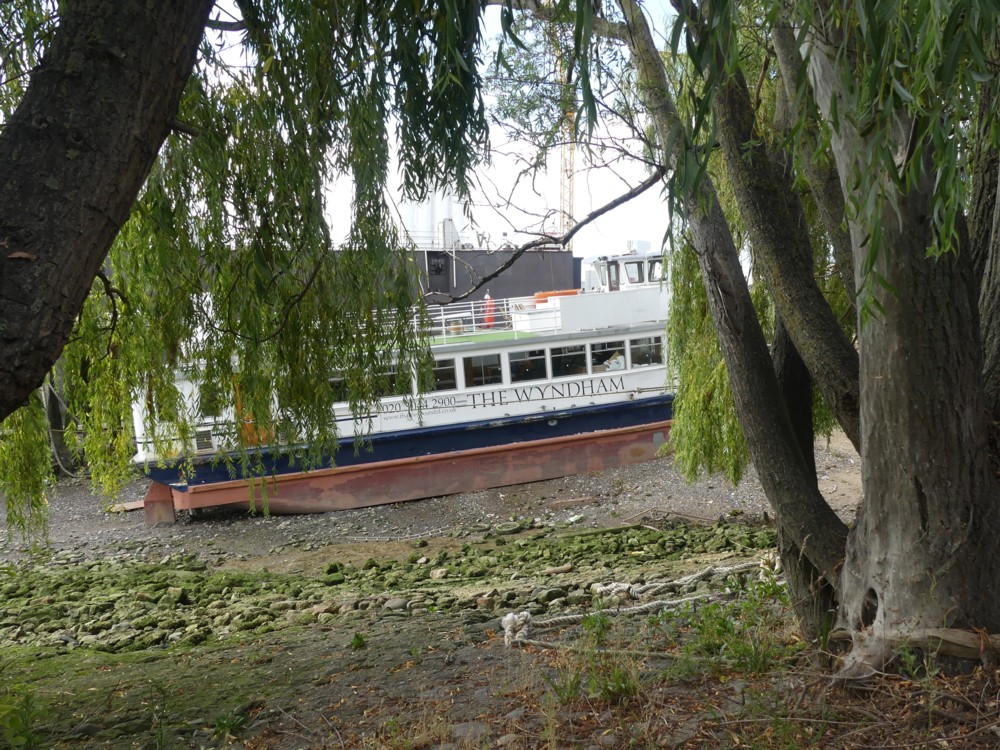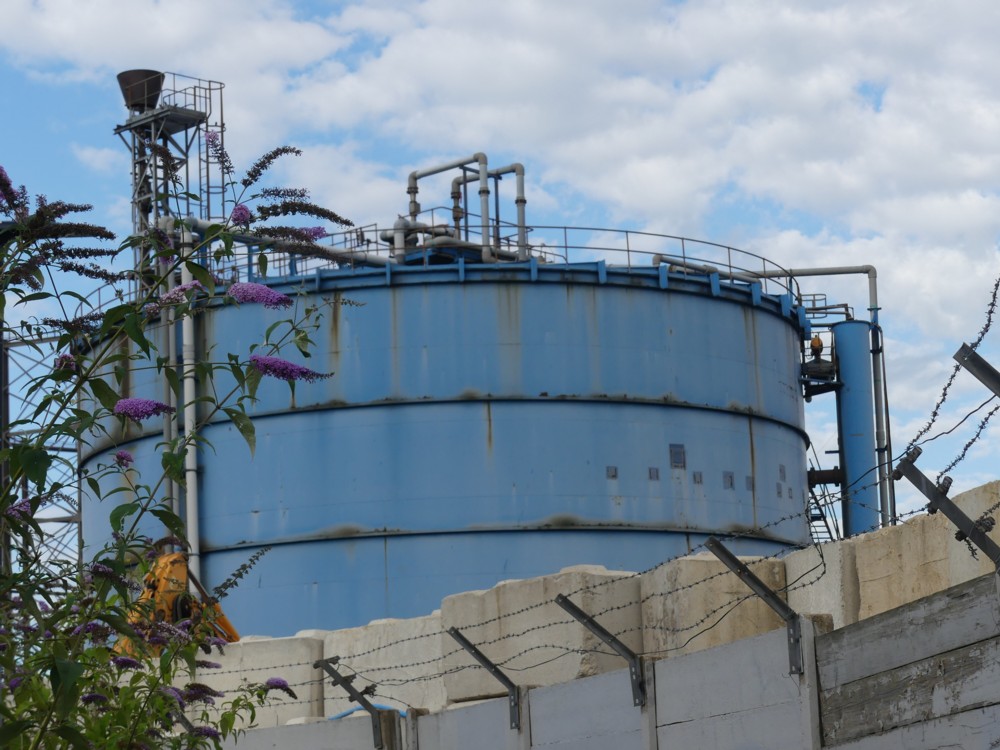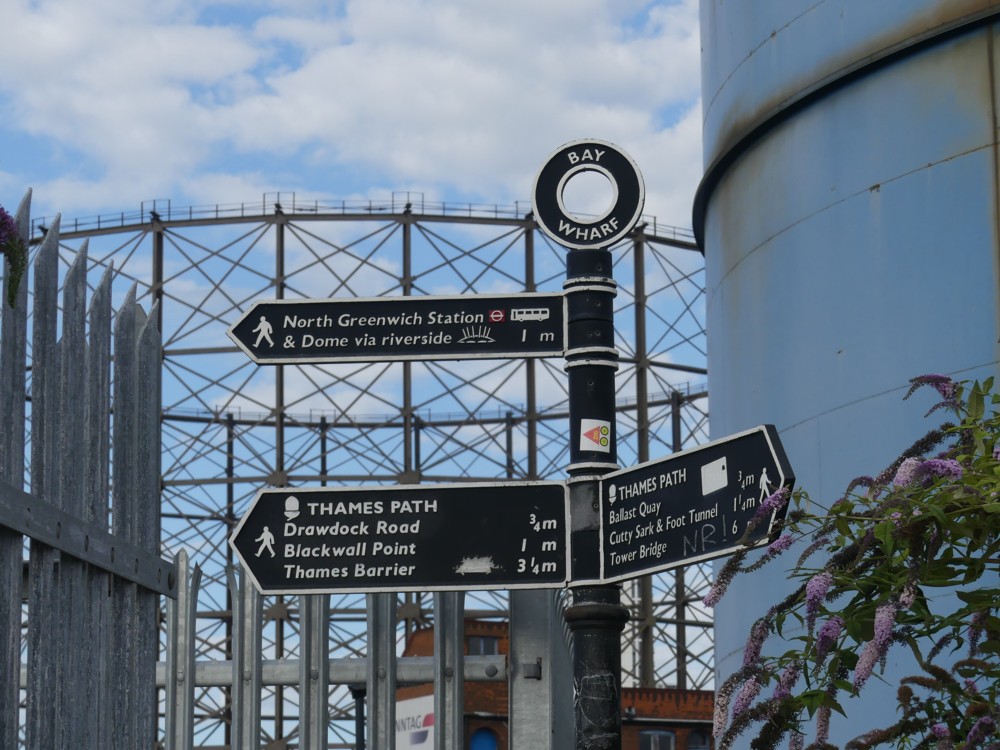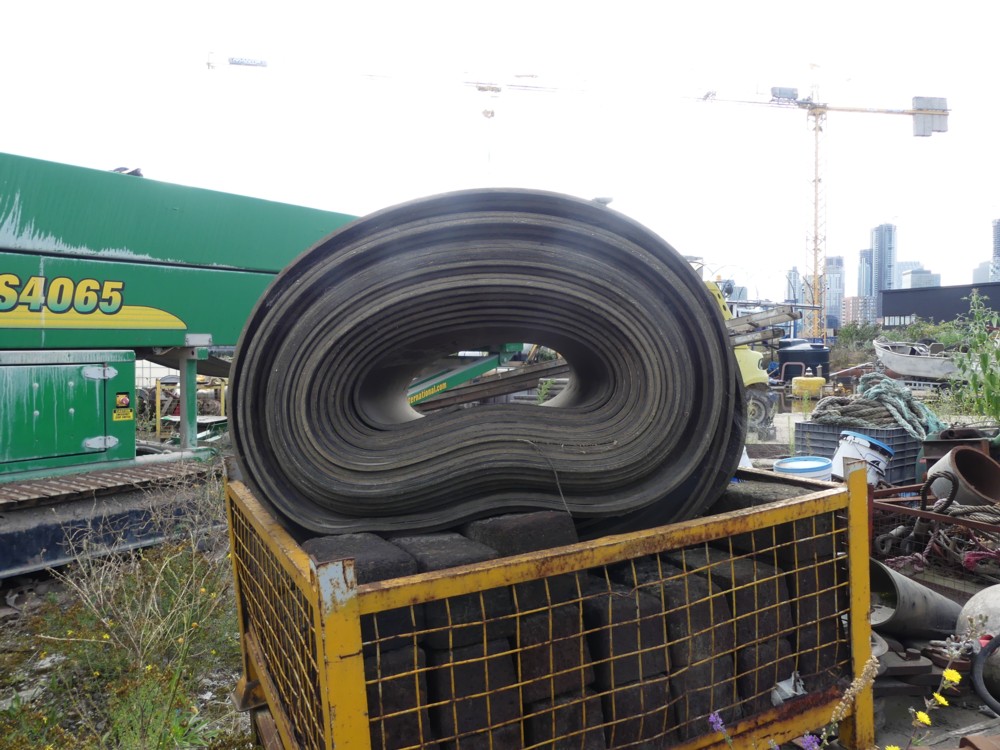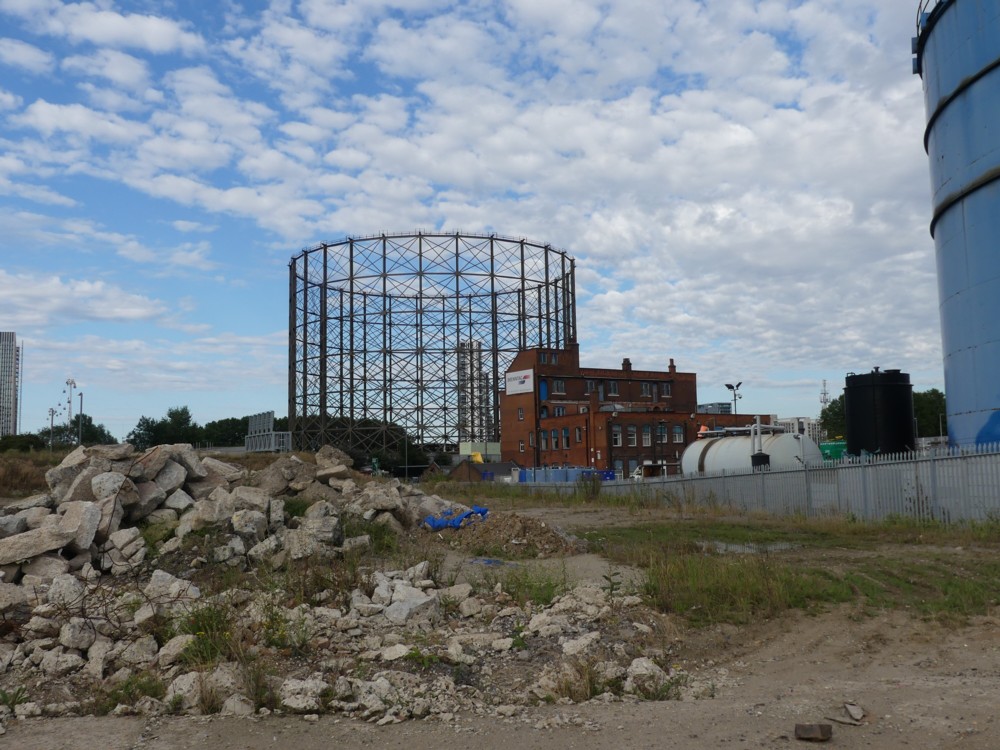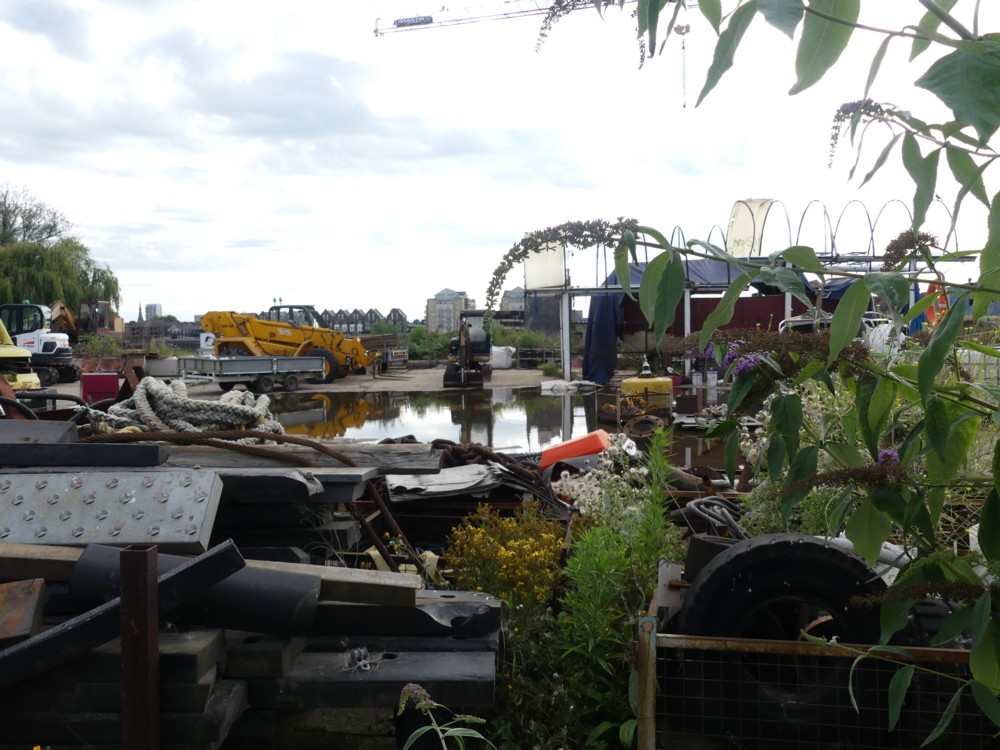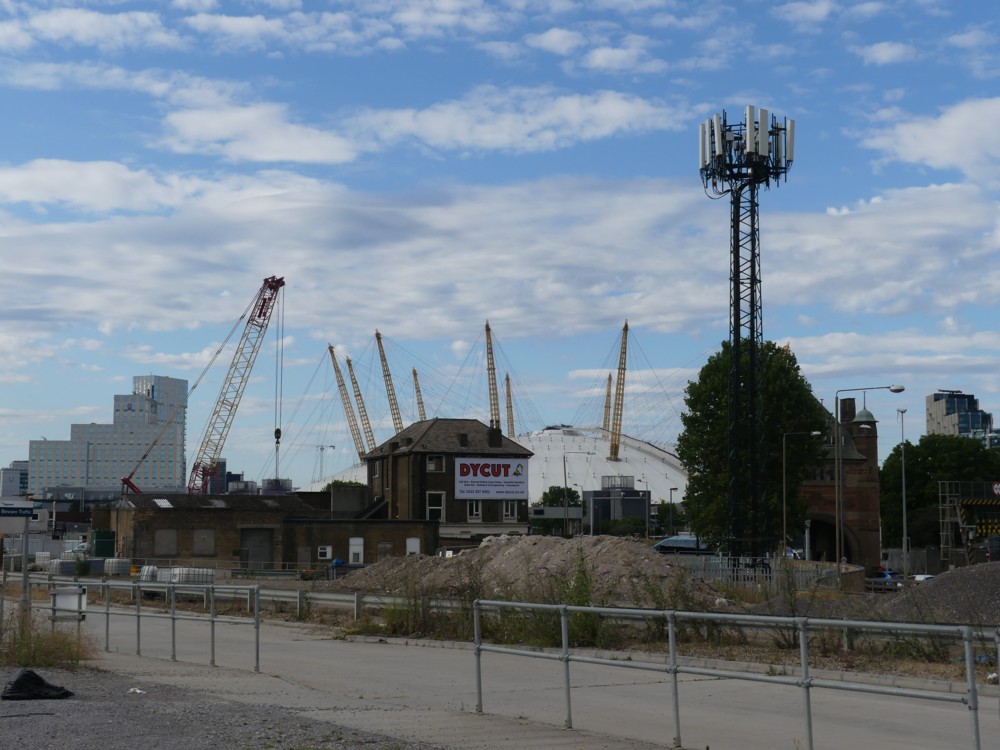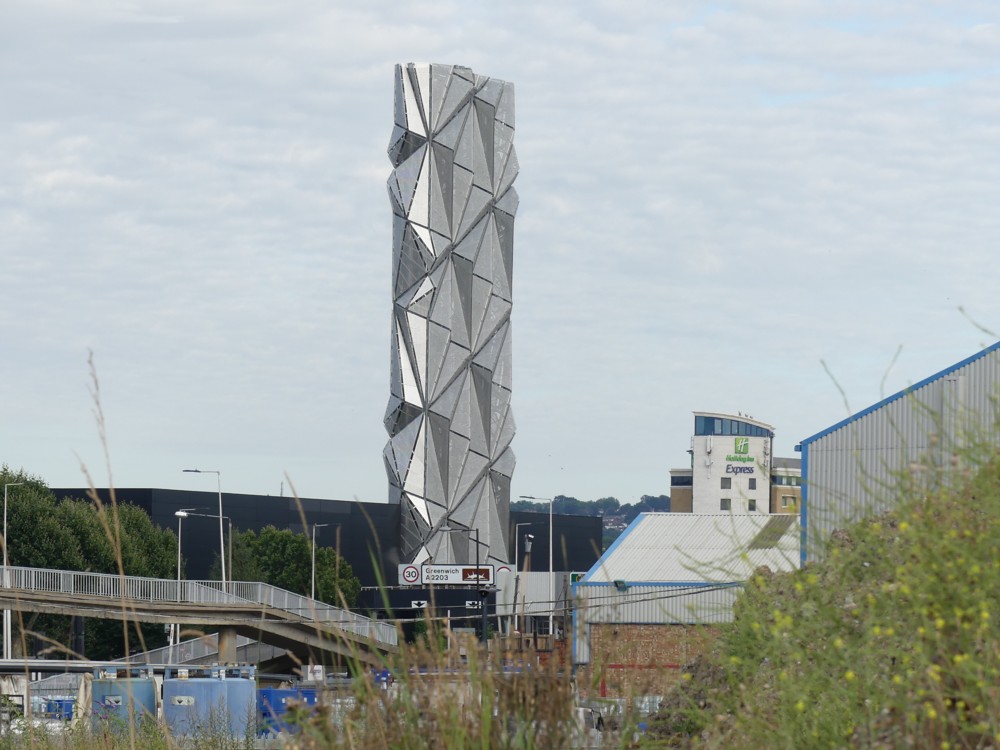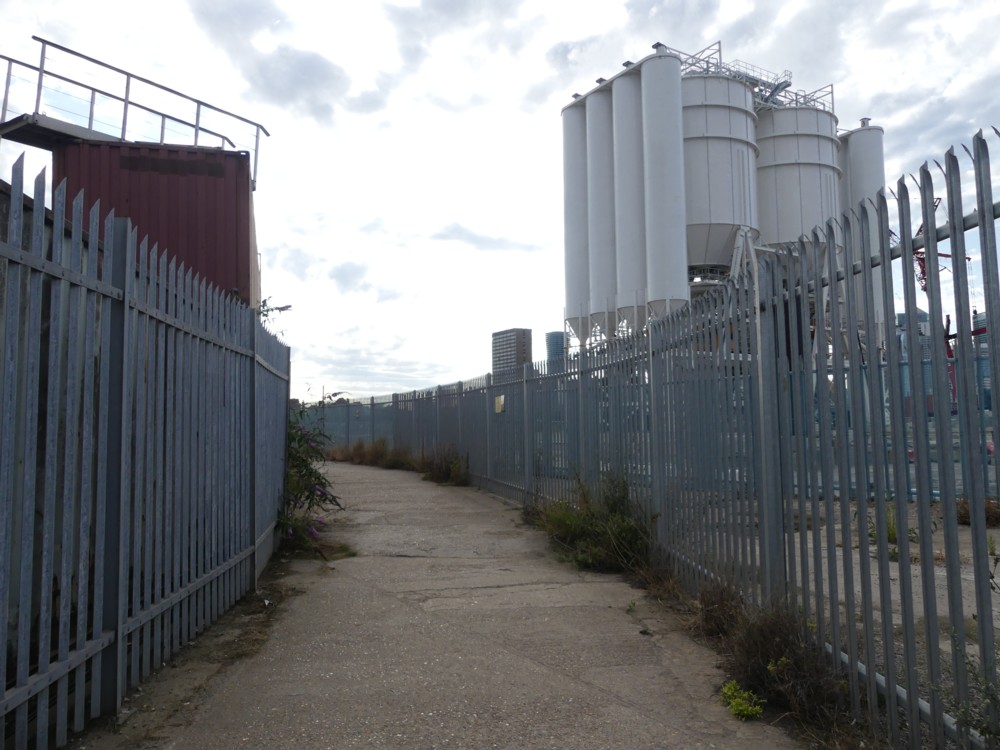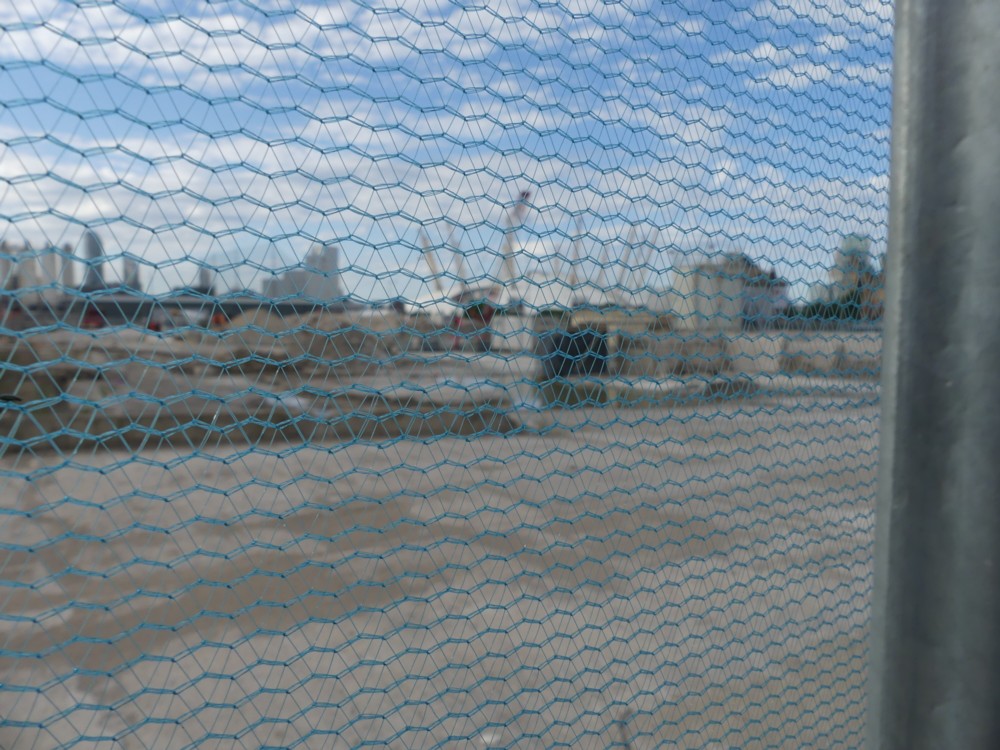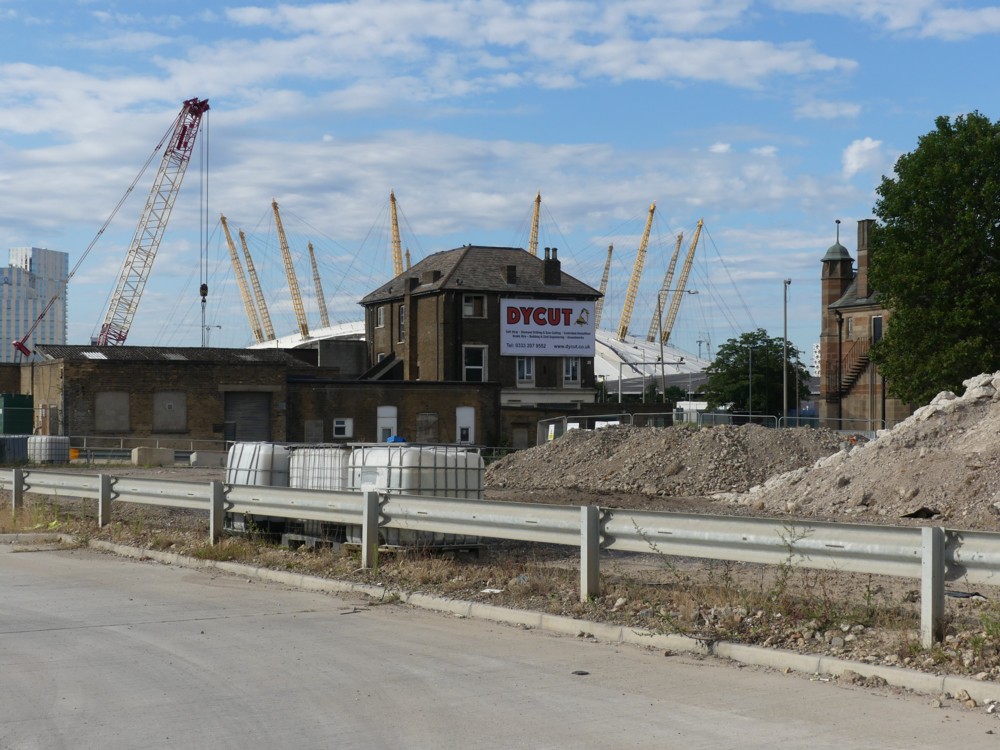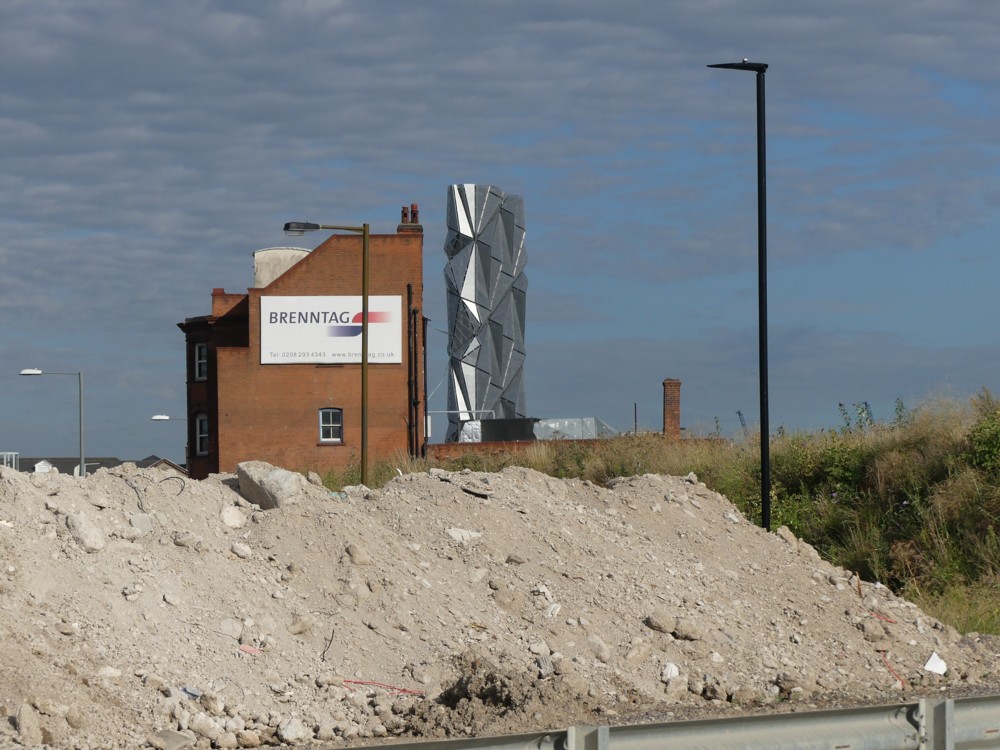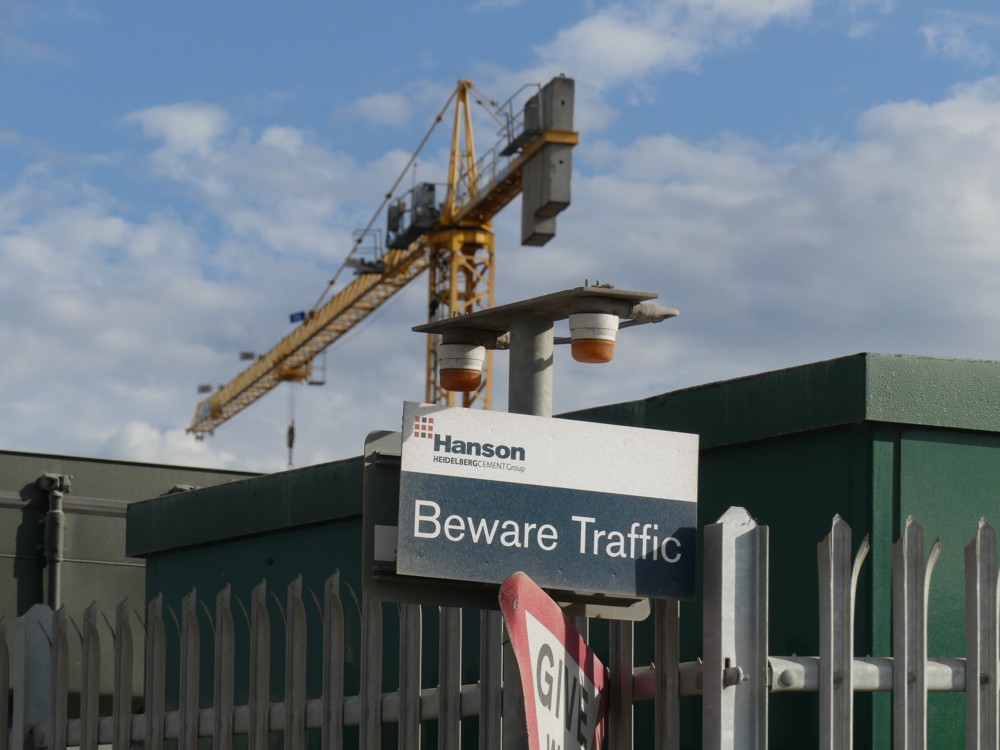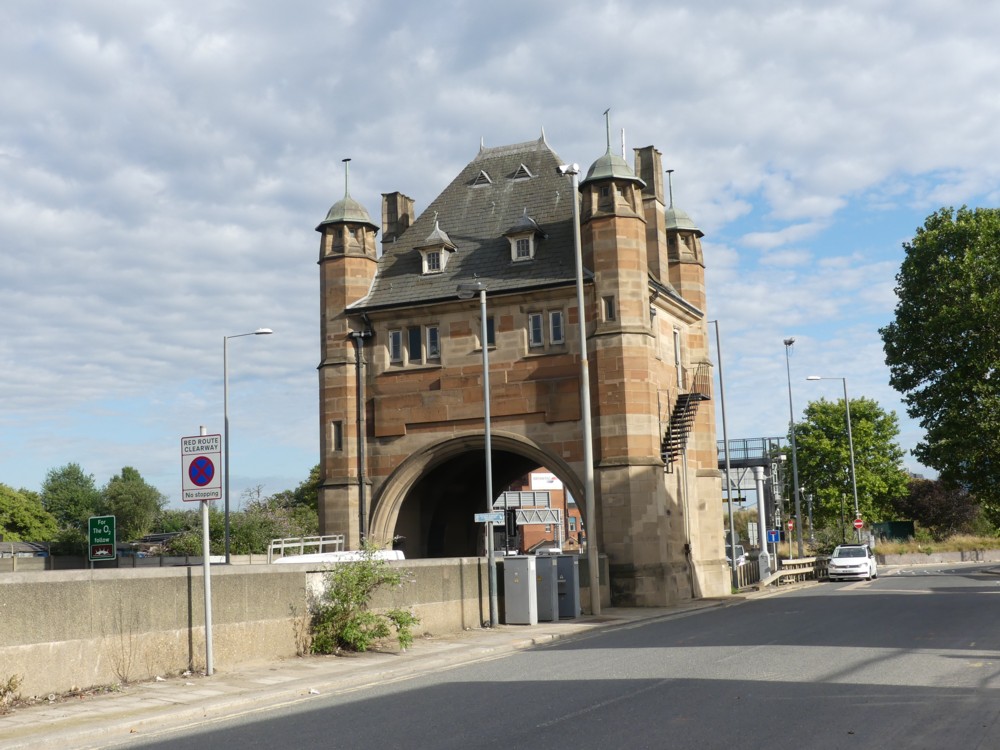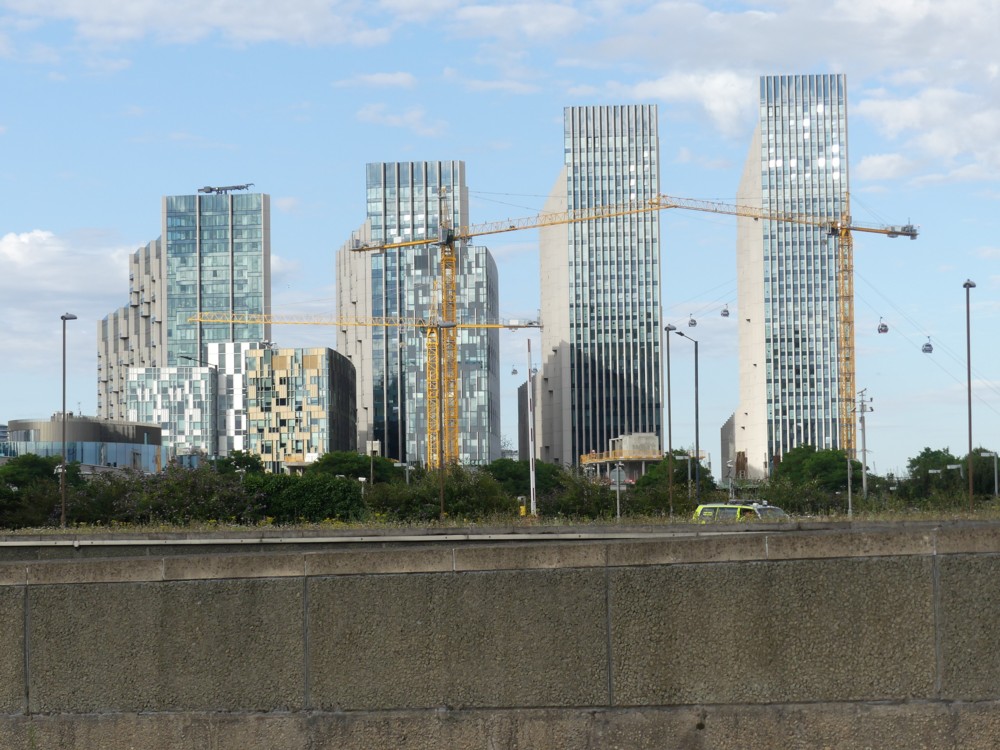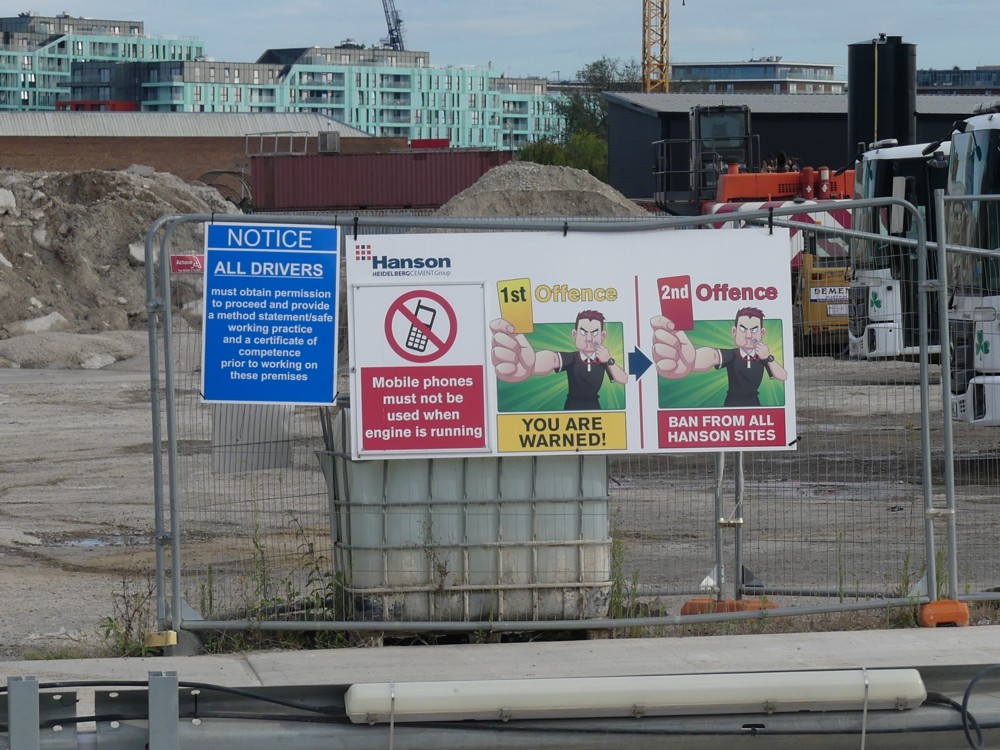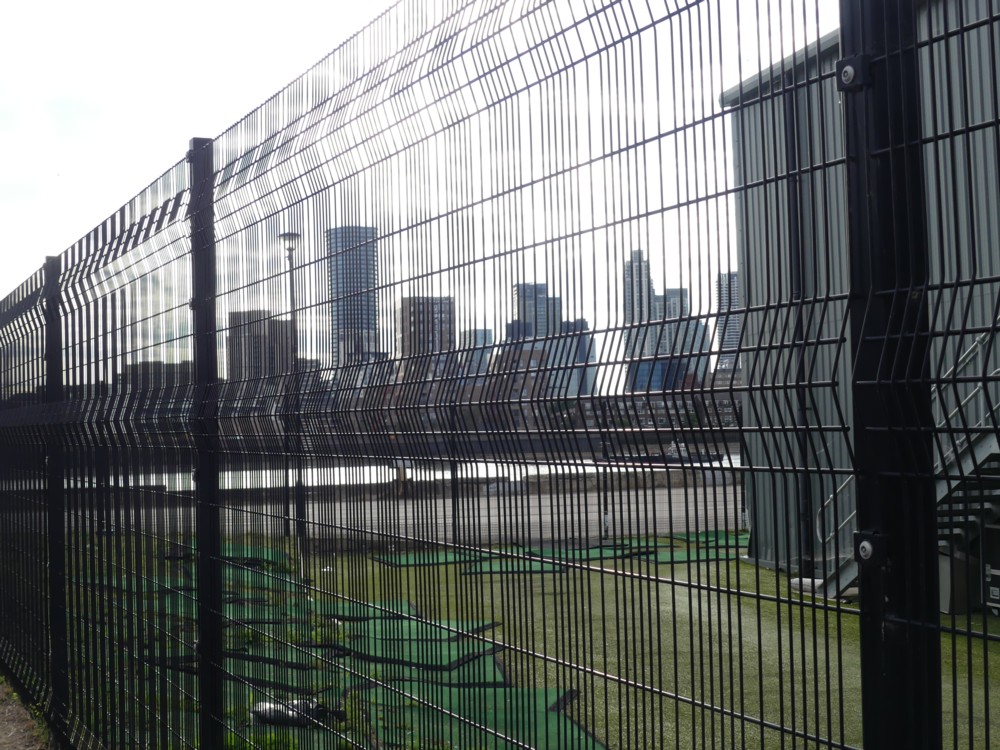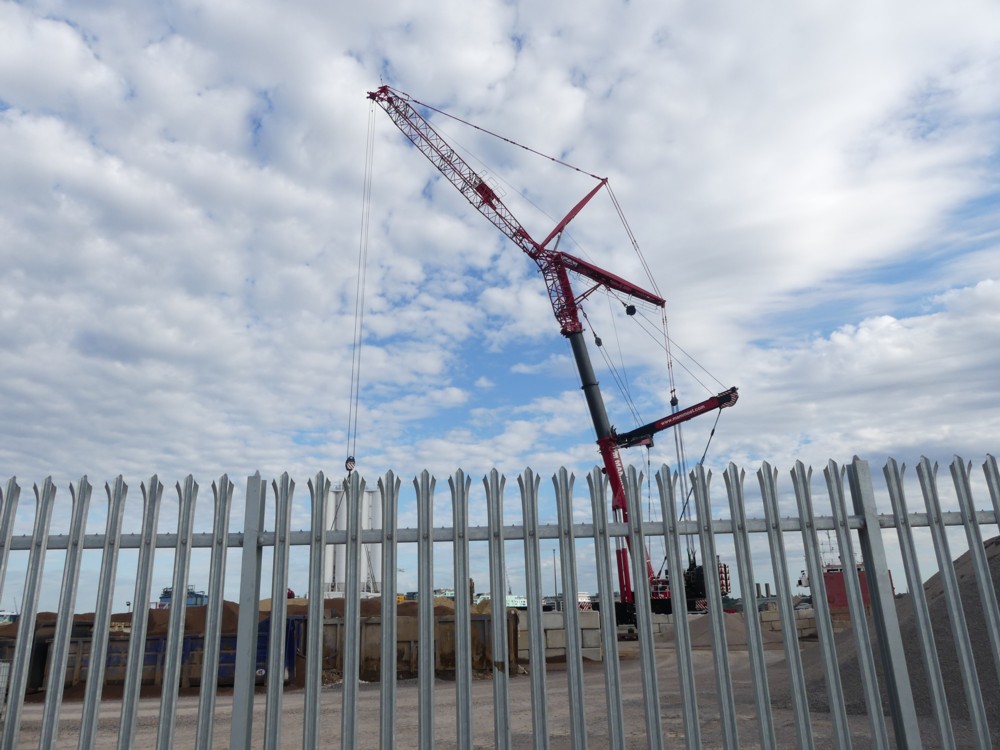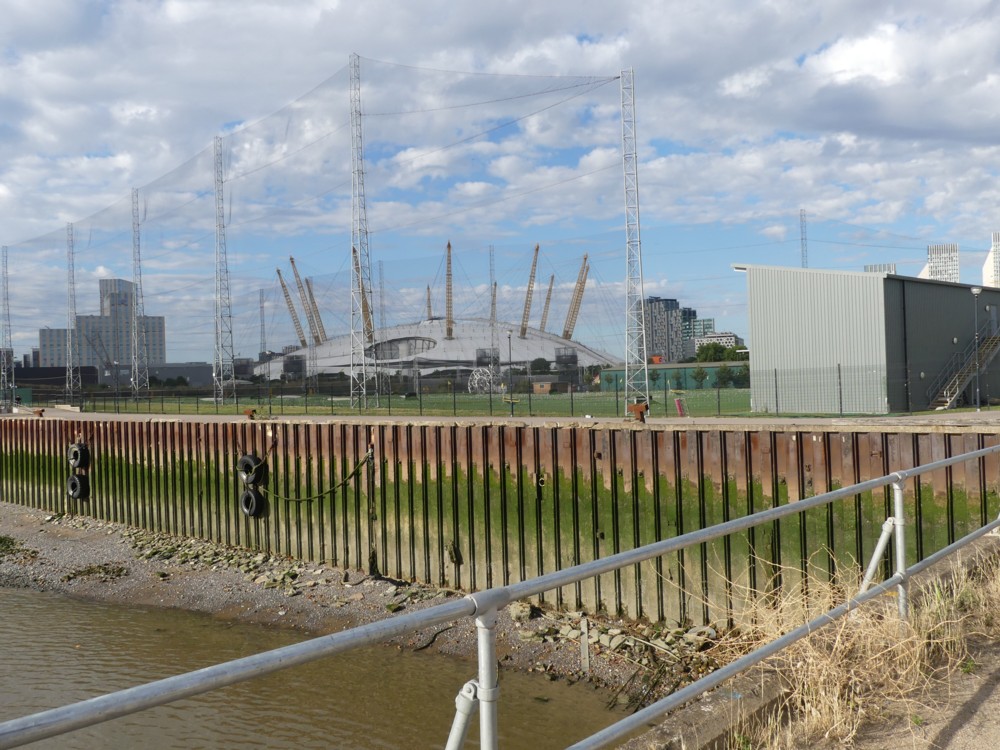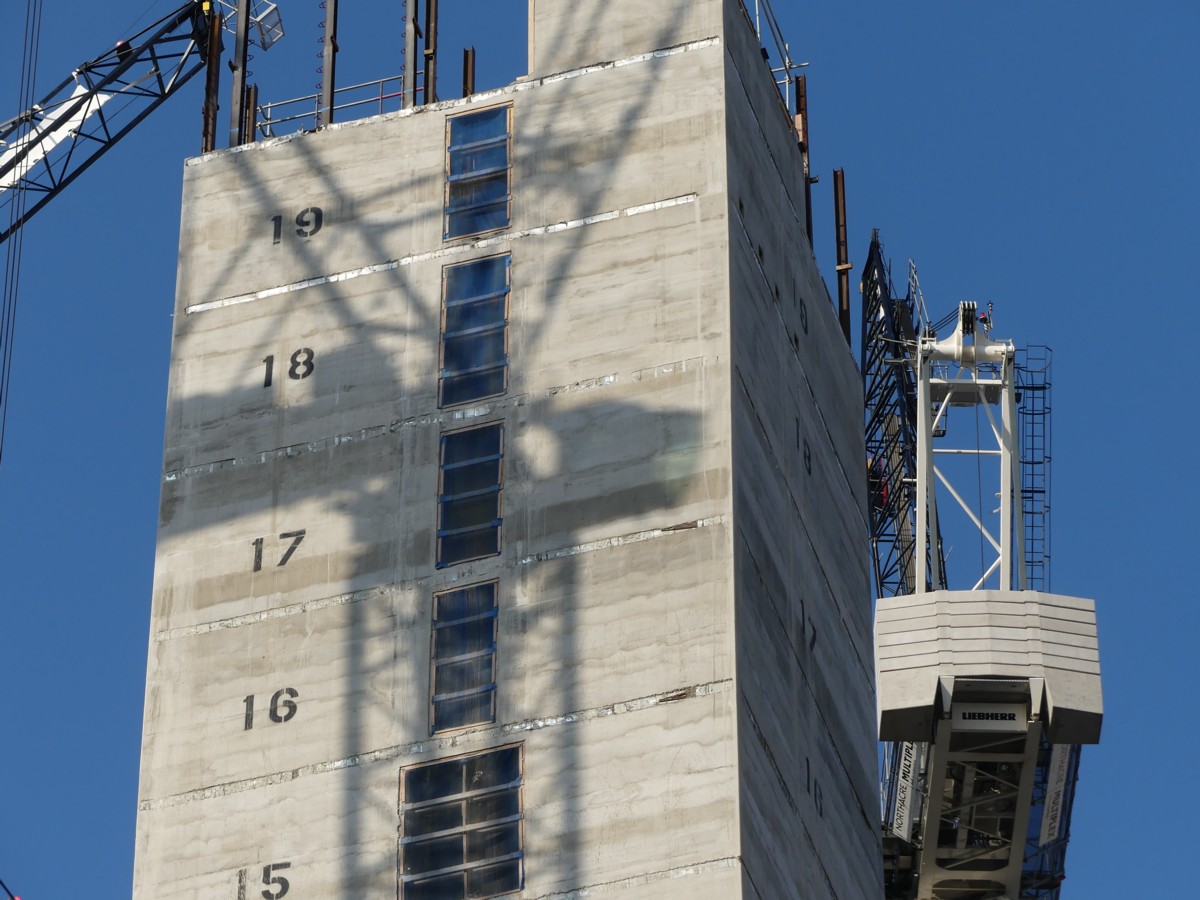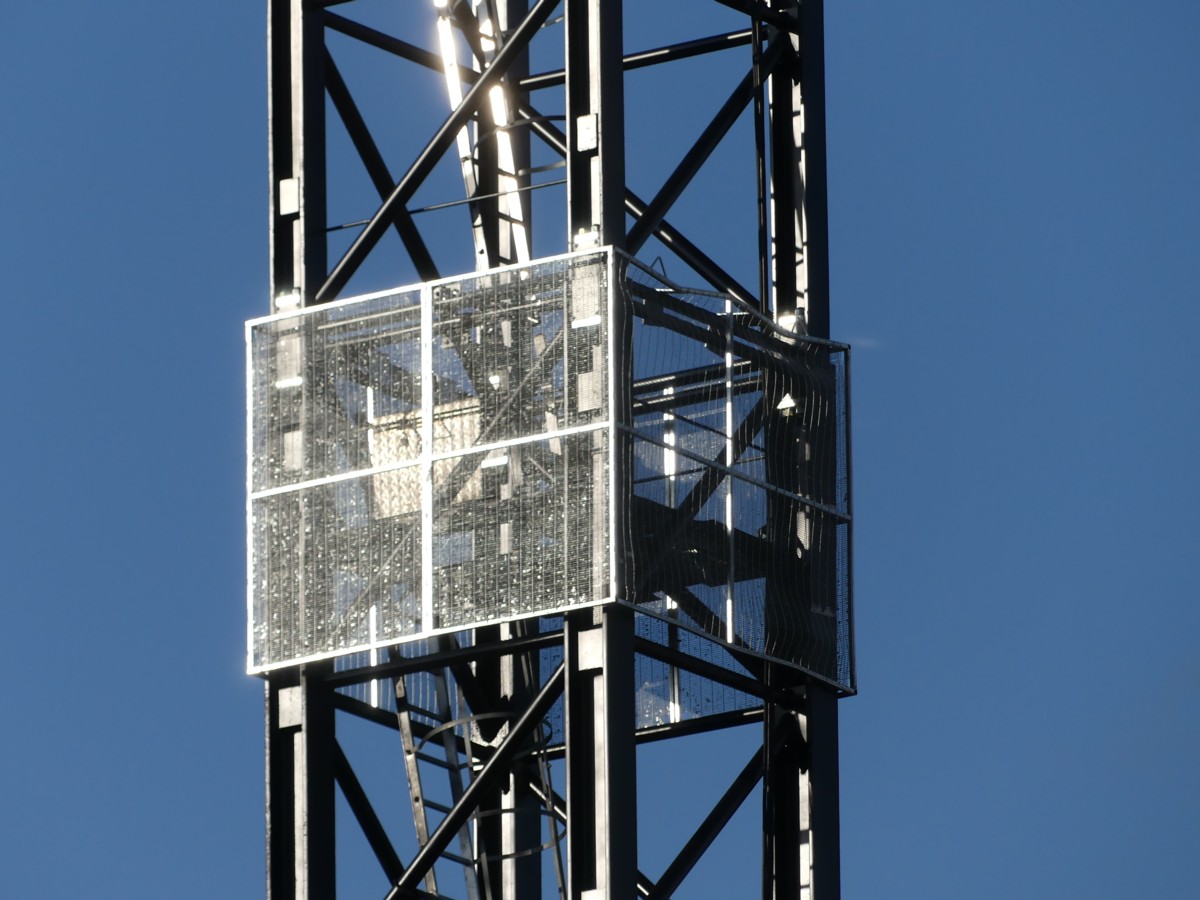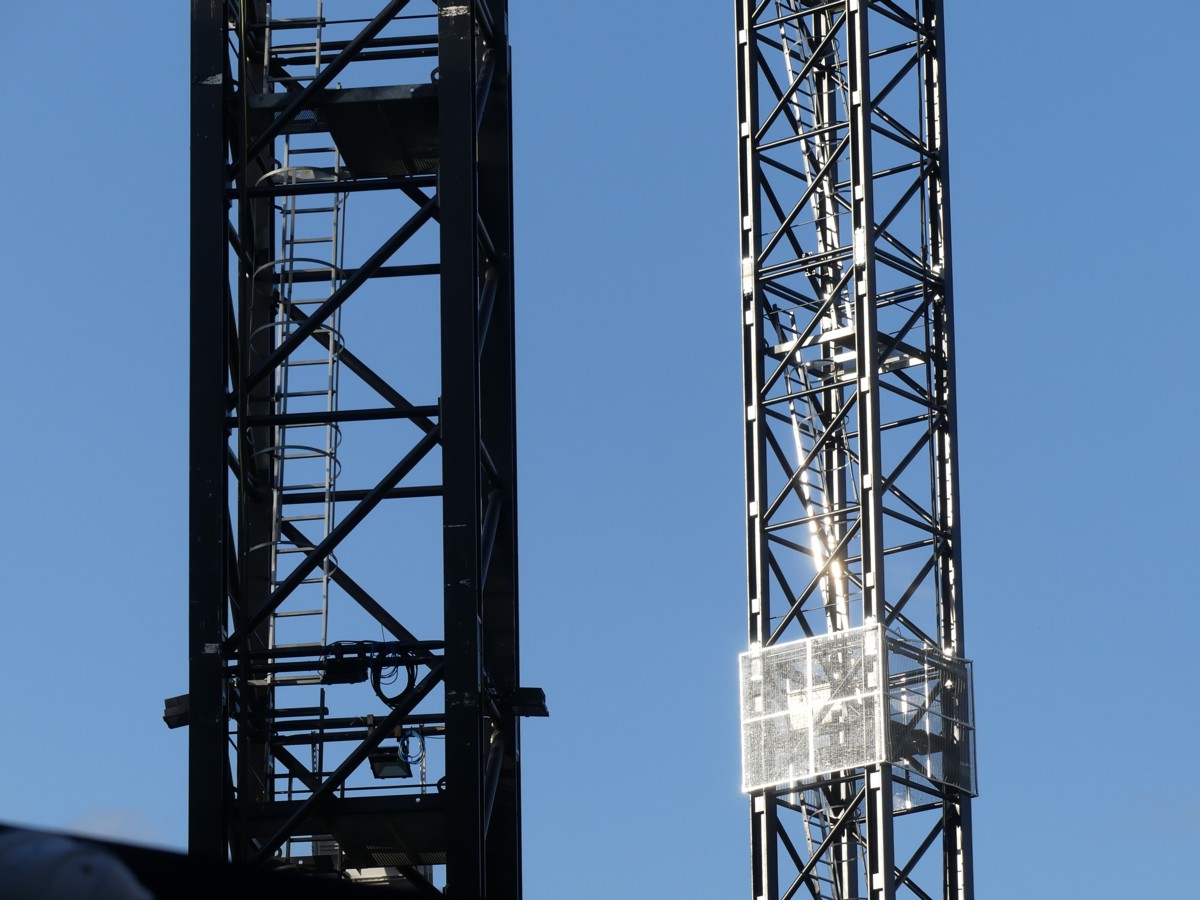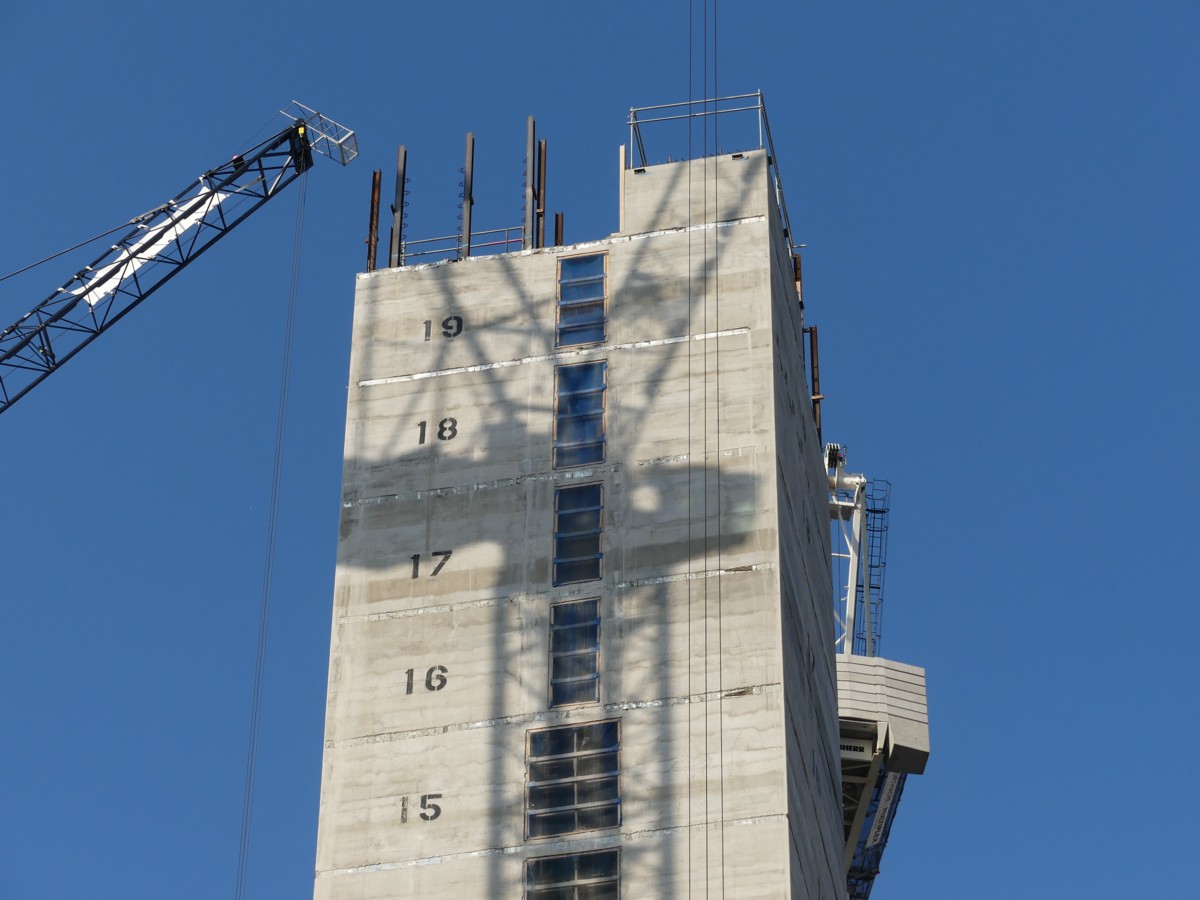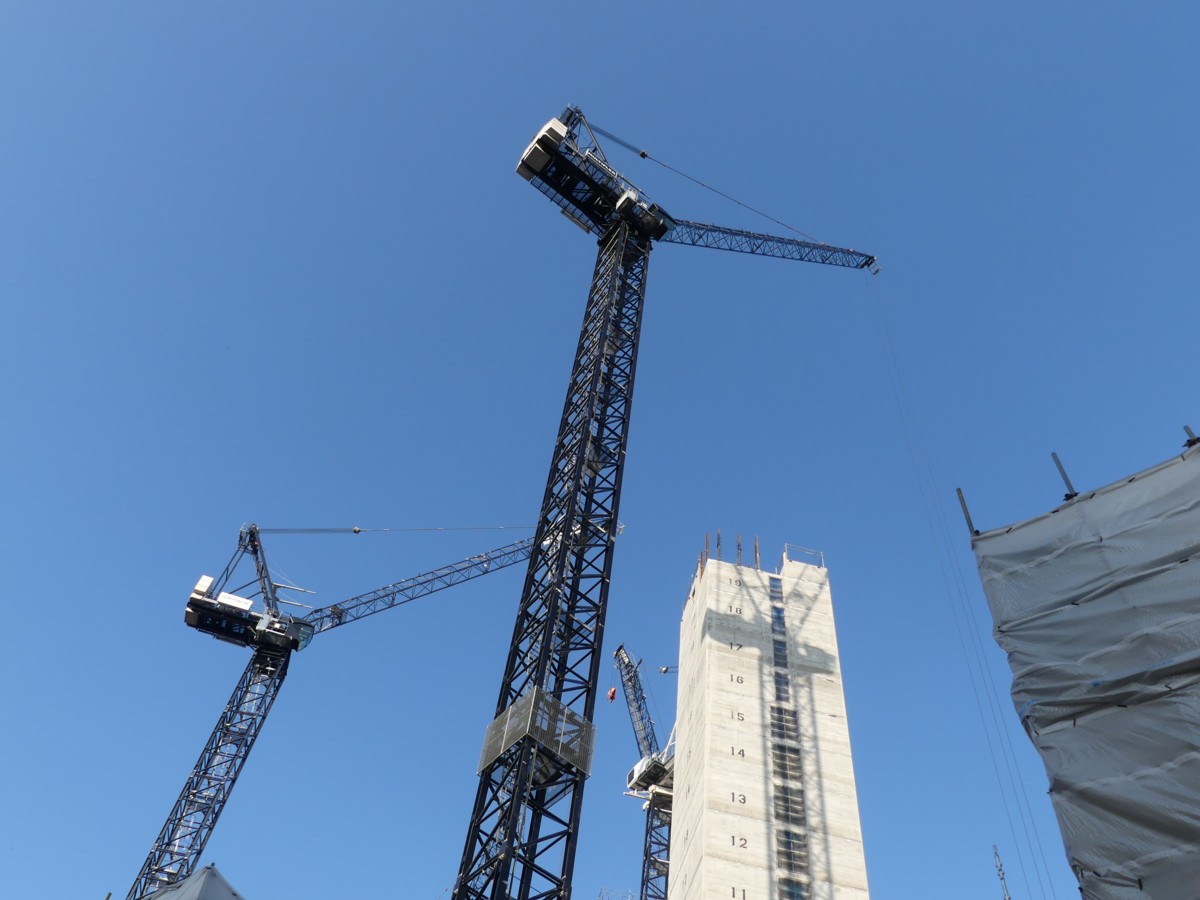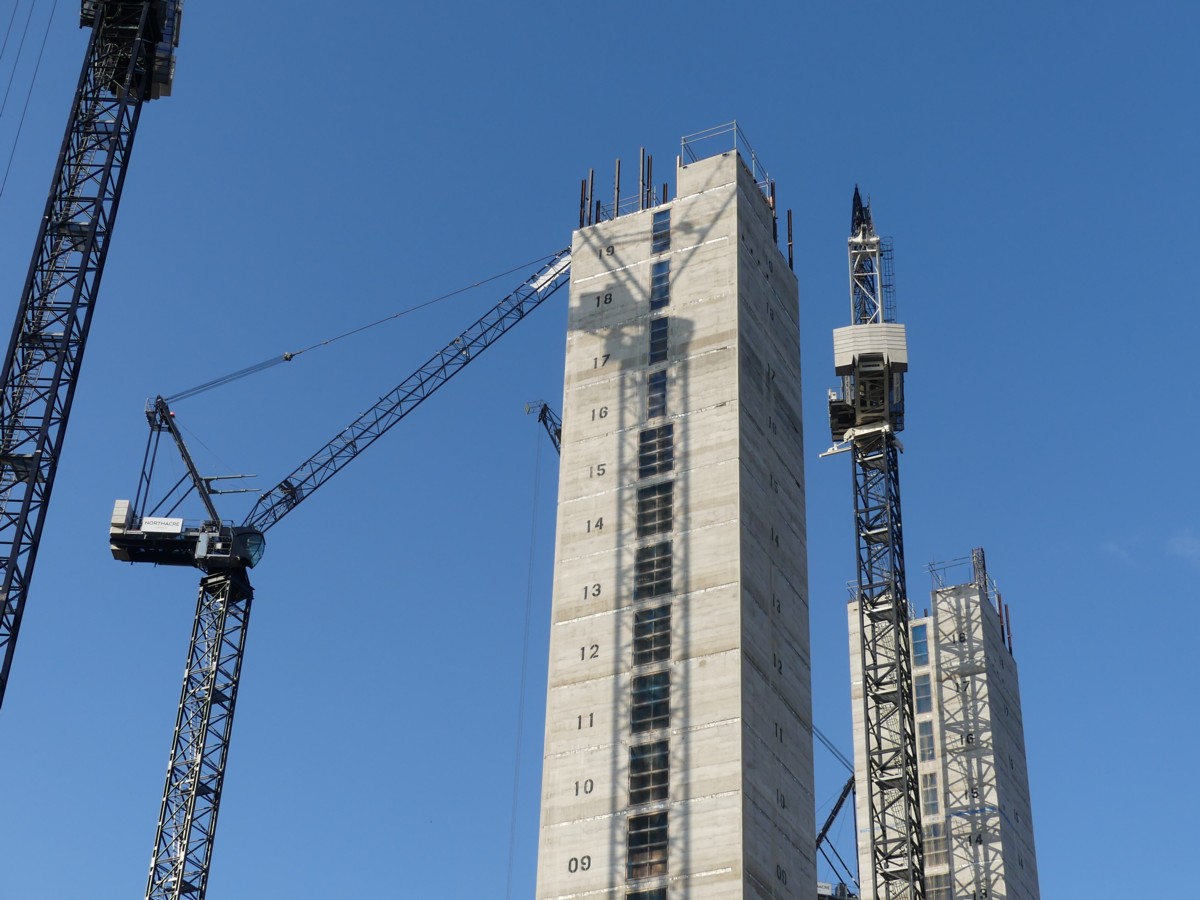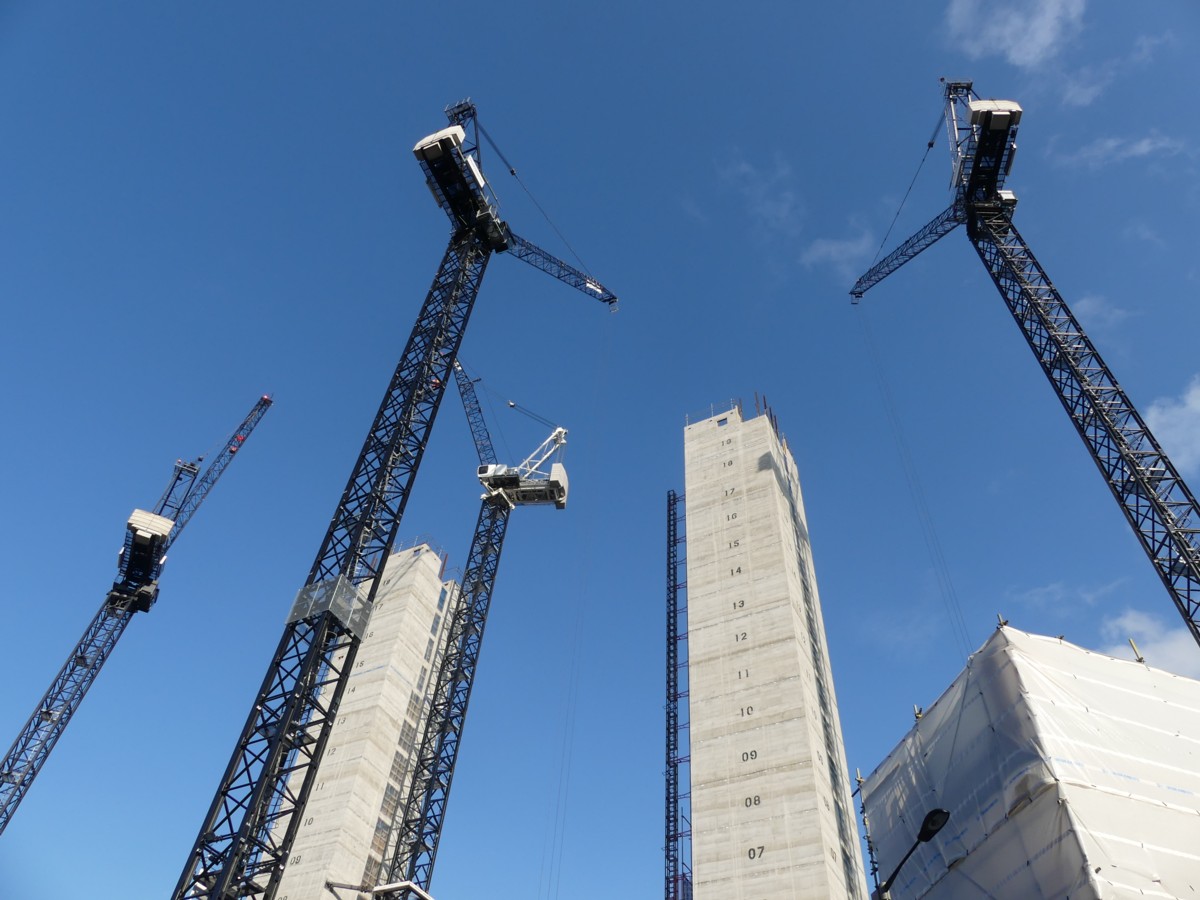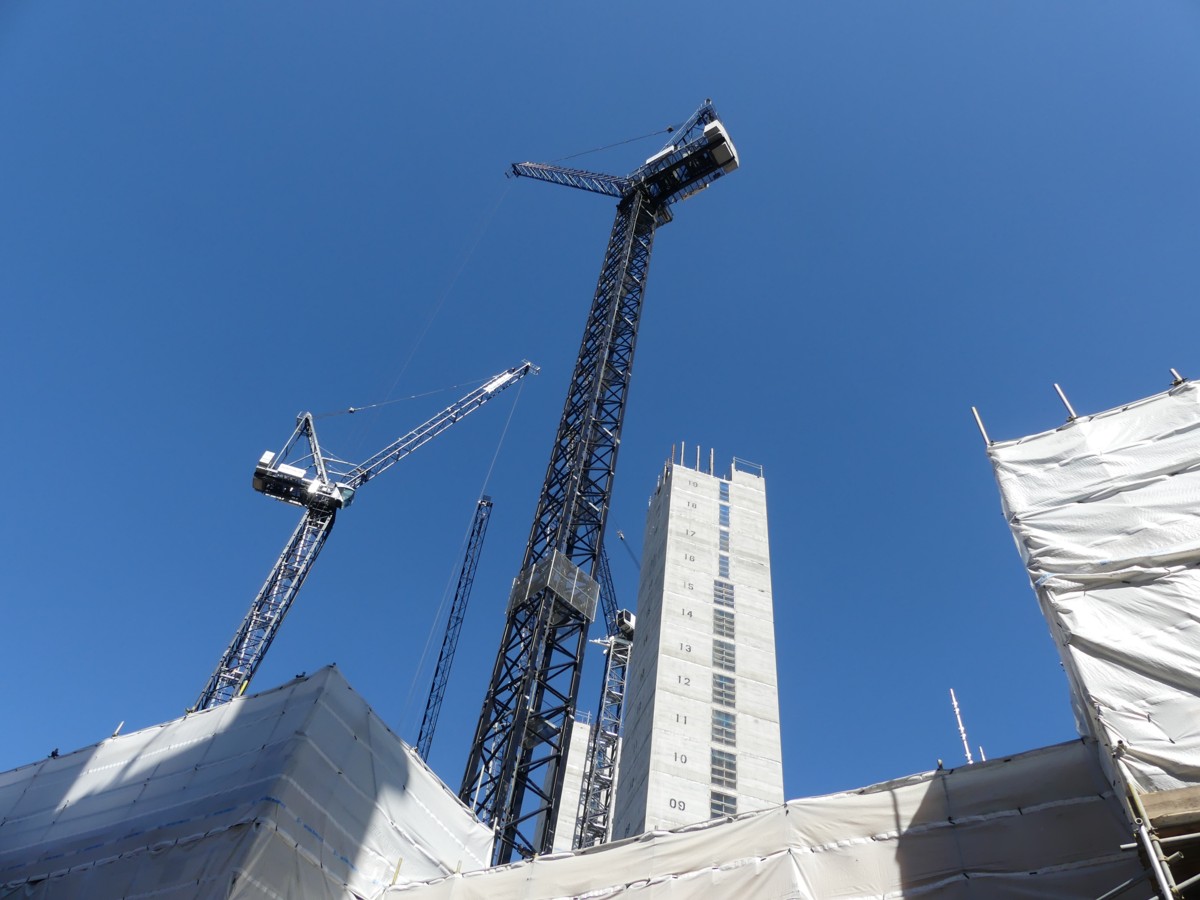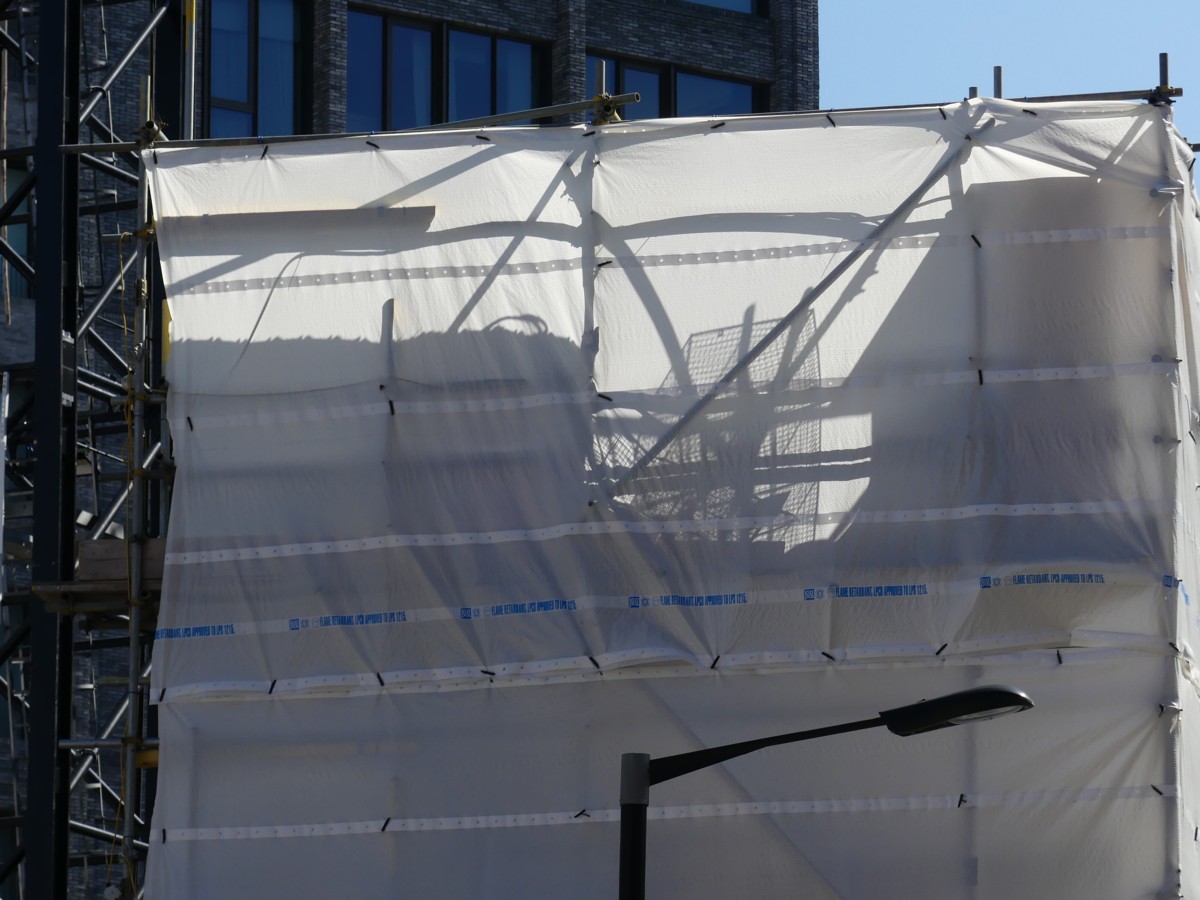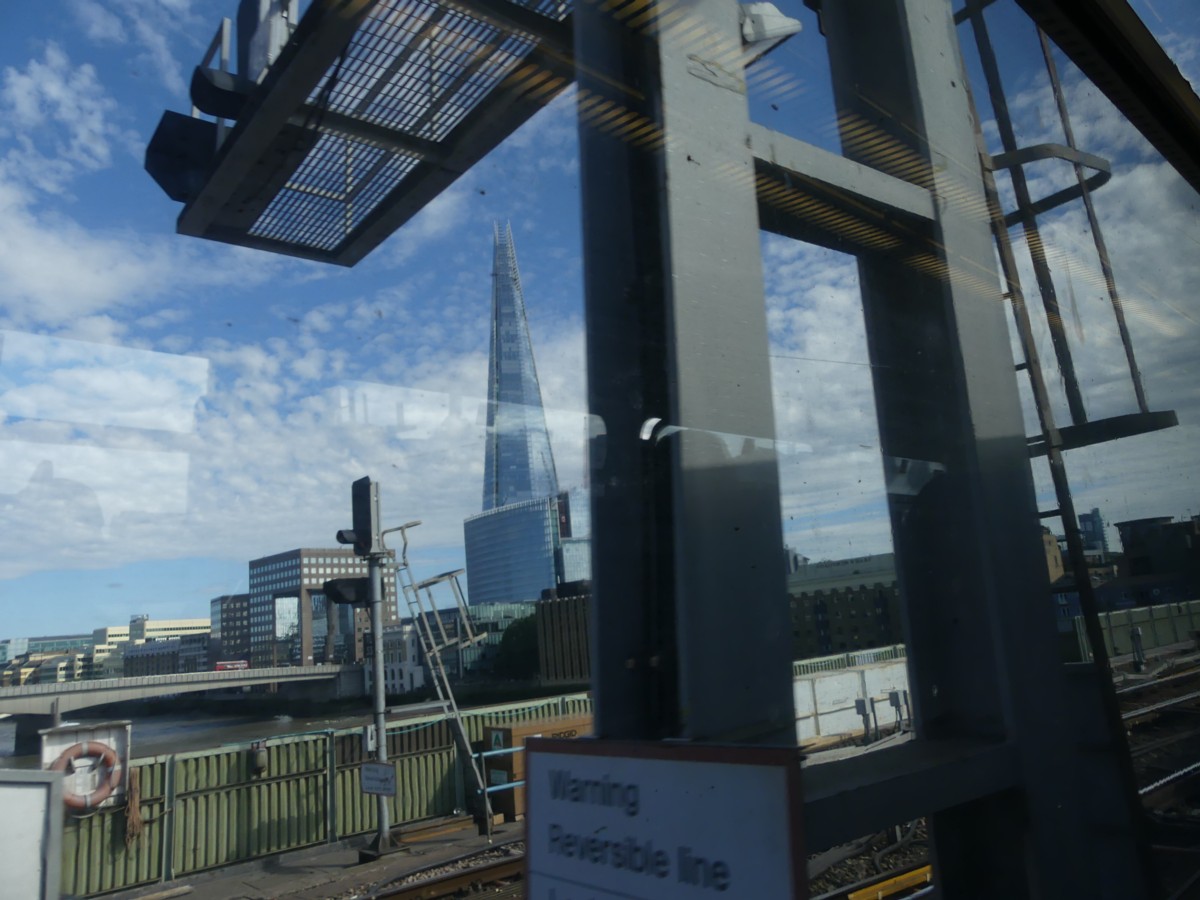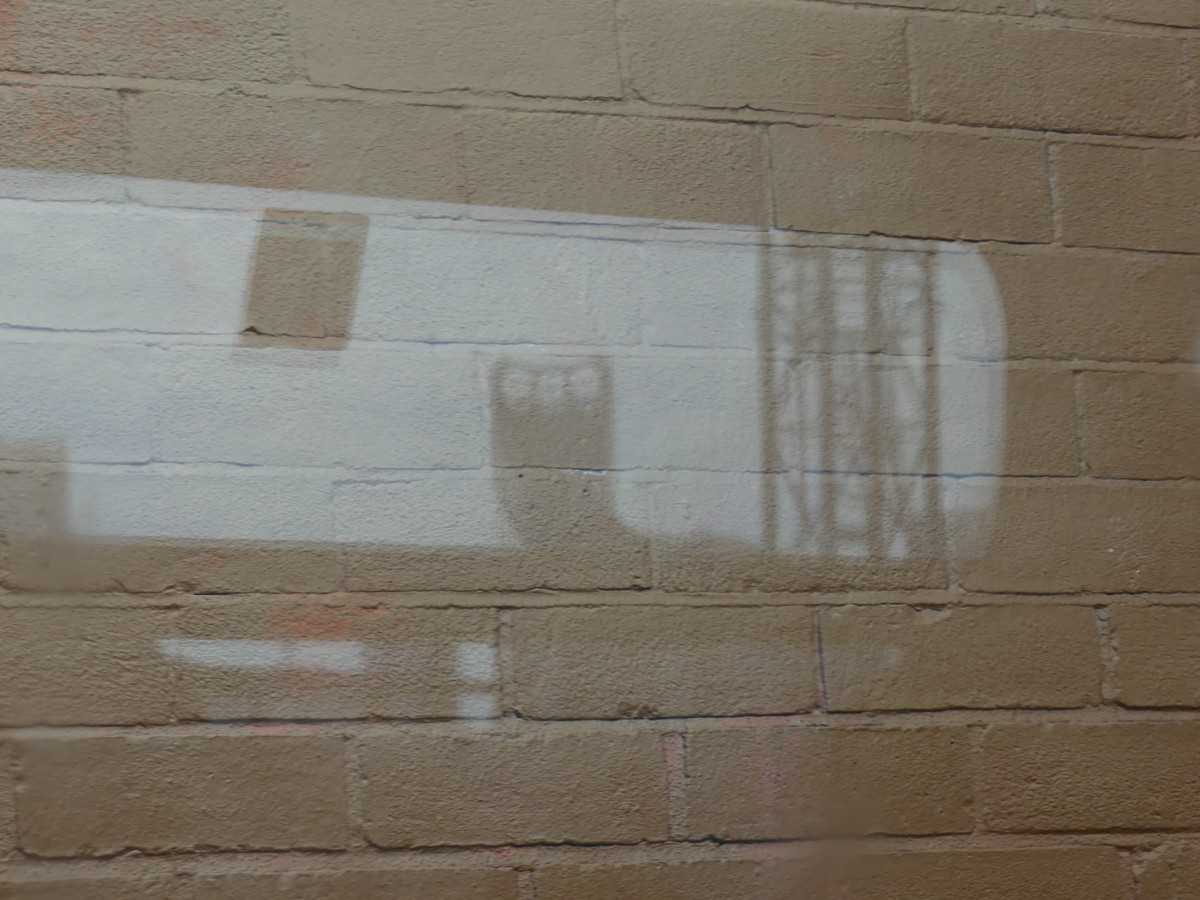When I say exploring, I mean three kinds of exploring, rather than just the one. The “just the one” is going there, and taking photos. But the second is finding things out from the Internet about the various things I saw and photoed. And the third is exploring my photo-archives for related photos that I photoed during earlier explorations.
Here’s an internet discovery of what the place I was exploring looked like, in (guess) the late eighteenth century:
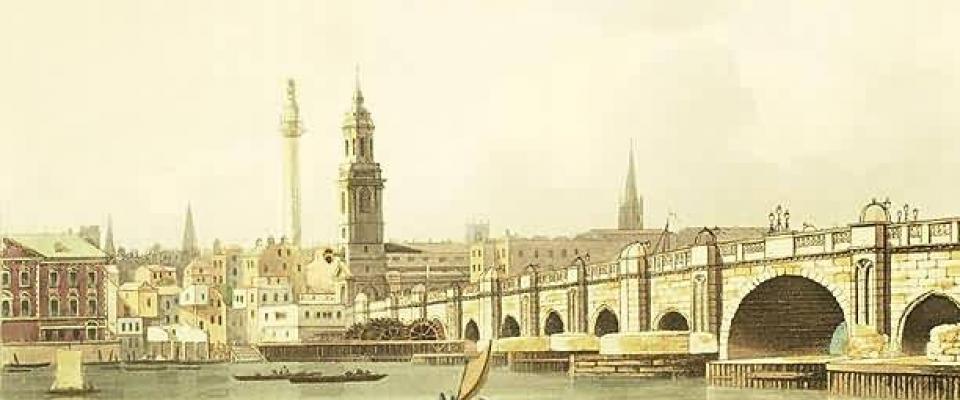
That image is one of a collection of images to be found at the top of the Website for the Parish and Pilgrimage Church of St Magnus the Martyr in the City of London.
At the back there, the Monument, and the church of St Magnus the Martyr. Note how you also see three other church spires, and a rather distant church tower. In those days, churches dominated the London skyline.
Here another Monument image, this time one which I photoed in the vicinity of the Monument, yesterday:
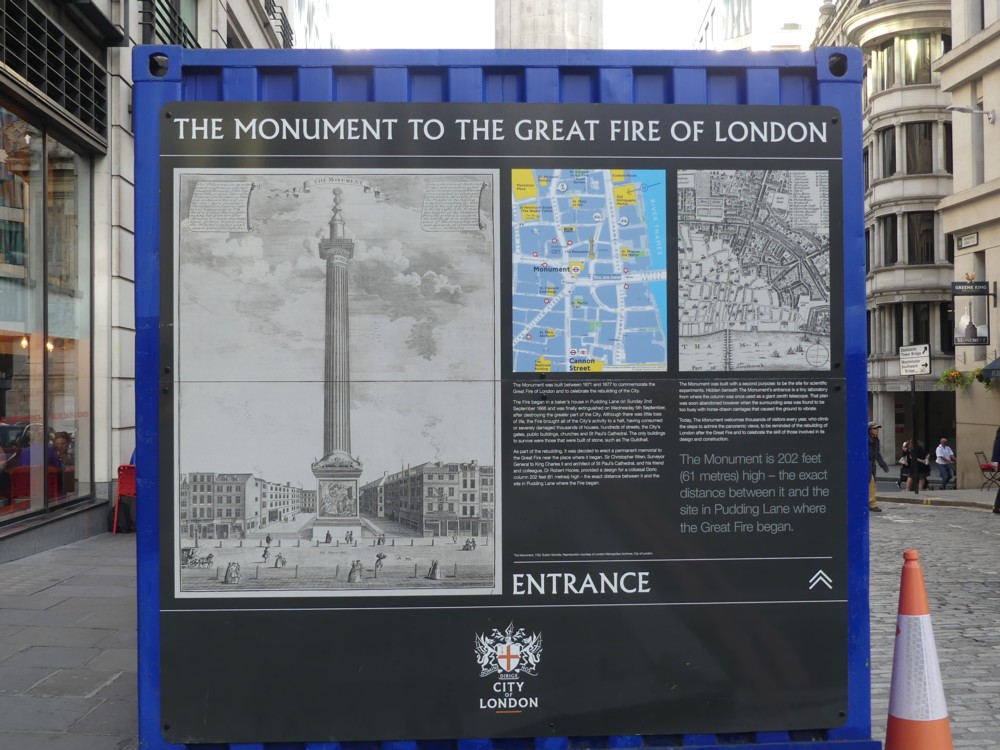
At the top of that, beyond, you can just about make out a horizontal slice of the Monument itself.
I’ve obviously been up this London Big Thing, but not very recently. Now, I want to look more closely at how this London Big Thing looked, when it first arrived on the scene:
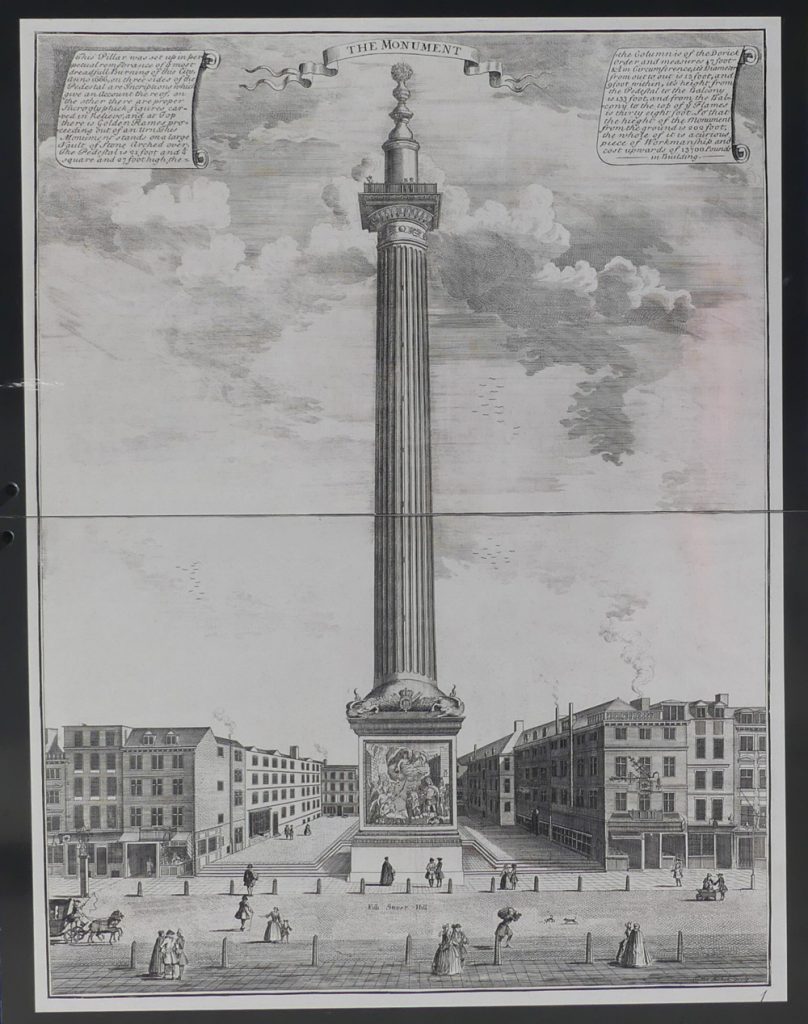
I’m sure there are plenty of references to God and how he should bless and receive into heaven, or wherever, all the people who perished in the Great Fire of London, at the base of the Monument.
Nevertheless, I wonder if The Monument was actually some sort of turning point for London architecture, in the sense that it is very tall, but not a place of worship. The Monument, from the moment it was built, was what is nowadays called a “visitor attraction”. It works by allowing people to climb up a big staircase inside to a viewing platform at the top, from which anyone who cared to make this effort could then gaze down upon London, and its many churches. No worshipping involved, unless you want it to be.
Until the Monument, I’m guessing that the last place of non-worship to dominate the London skyline so forcefully was the Tower of London.
The Monument must have caused quite a stir when it first appeared. Did some people then think it was an eyesore? (A major function of blogging, for me, is that it records questions. That’s one I don’t want to forget.)
And if the Monument was thought of by some to be an eyesore, did this make it easier for people later to argue for taller – also secular – buildings in its vicinity, the aesthetic and spiritual damage already having been done? Like the Guy’s Hospital Shard story, only this time for the entire City of London.
To bring the story up to date, here’s a photo I photoed a while back of The Monument and its immediate surroundings, from the top of the Walkie Talkie:
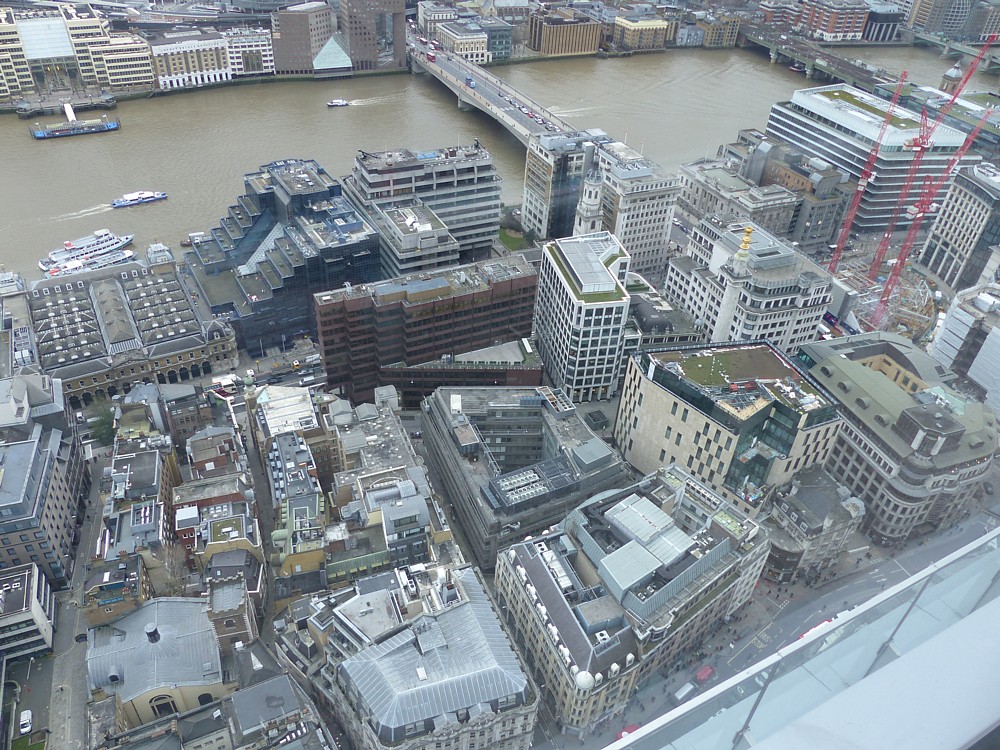
The Monument and St Magnus are still a bit taller than their immediate surroundings, which are nevertheless pretty bulky. But as for the Walkie Talkie, and the other Big Things beyond, it’s definitely a case of The Monument being dwarfed by modernity.
Here’s another photo of The Monument, this time from the Top of the Tate Modern Extension:
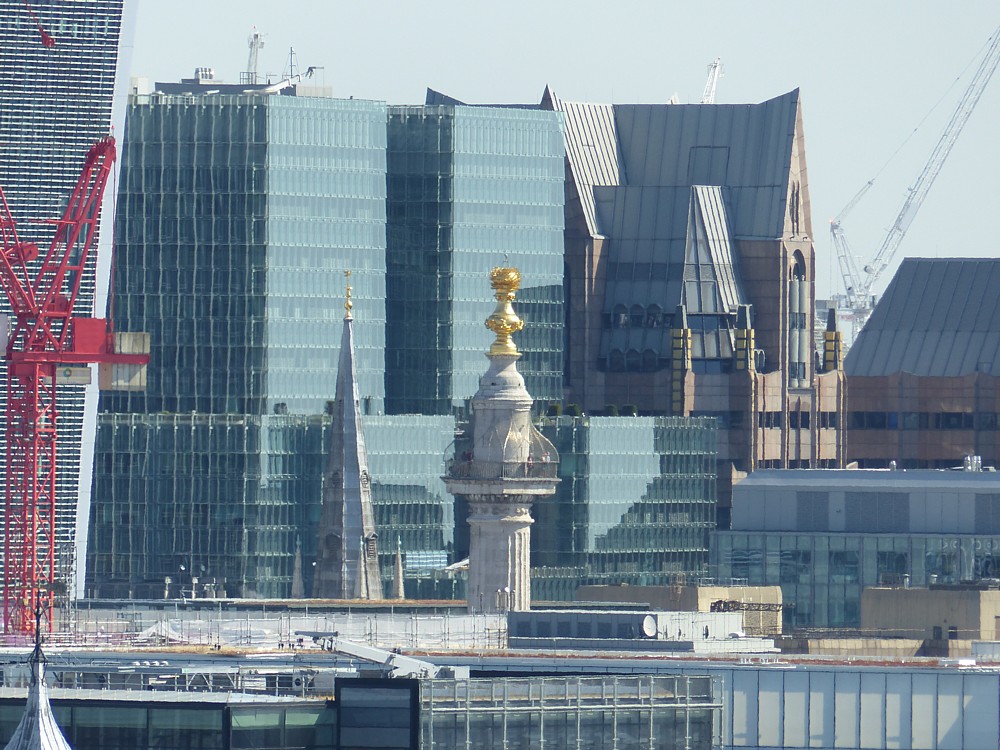
Again, dwarfed by modernity.
Walkie Talkie on the left there, behind the red crane. And since we have a crane there, here’s a roof clutter photo, also feature the top of the Monument:
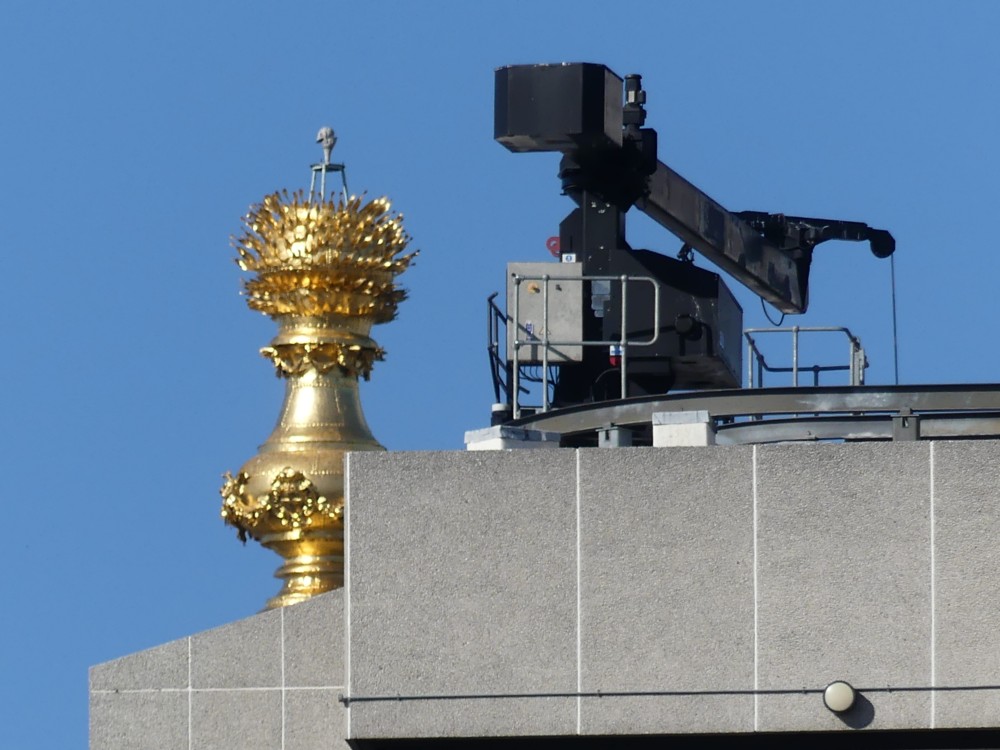
Photoed from the other side of the River also. Don’t get me wrong, I love this kind of alignment/juxtaposition, as regulars here will know. But, that’s how little the view of the Monument from any sort of distance now matters to London’s aesthetic overlords.

